The beauty of Vietnamese traditional costumes represents the harmonious combination of culture, history and art. Vietnamese traditional costumes are not only costumes but also symbols of elegance, imbued with national identity, through many different periods, from ao dai, ao tu than, to royal costumes.
In more than 4000 years of building and defending the country, Vietnamese culture has had times of decline but also had long periods of prosperity, including costumes that accompanied the people's classes. Along with peace and economic development, Vietnamese traditional costumes have had times of interaction with traditional costumes of surrounding countries. However, Vietnamese traditional costumes also have distinct characteristics compared to traditional costumes of China, Japan and Korea, not only in terms of design but also in cultural and historical significance.
Vietnamese traditional costumes are not only beautiful in design but also in color and delicate motifs. Each color in traditional costumes has its own meaning, such as red symbolizes luck and prosperity, yellow represents nobility, and white brings pure beauty and elegance. Embroidered motifs such as lotus flowers, dragons and phoenixes, or folk patterns are often used on Ao Dai, expressing the beauty of nature, the national soul, and the immortal spirit of Vietnamese culture.
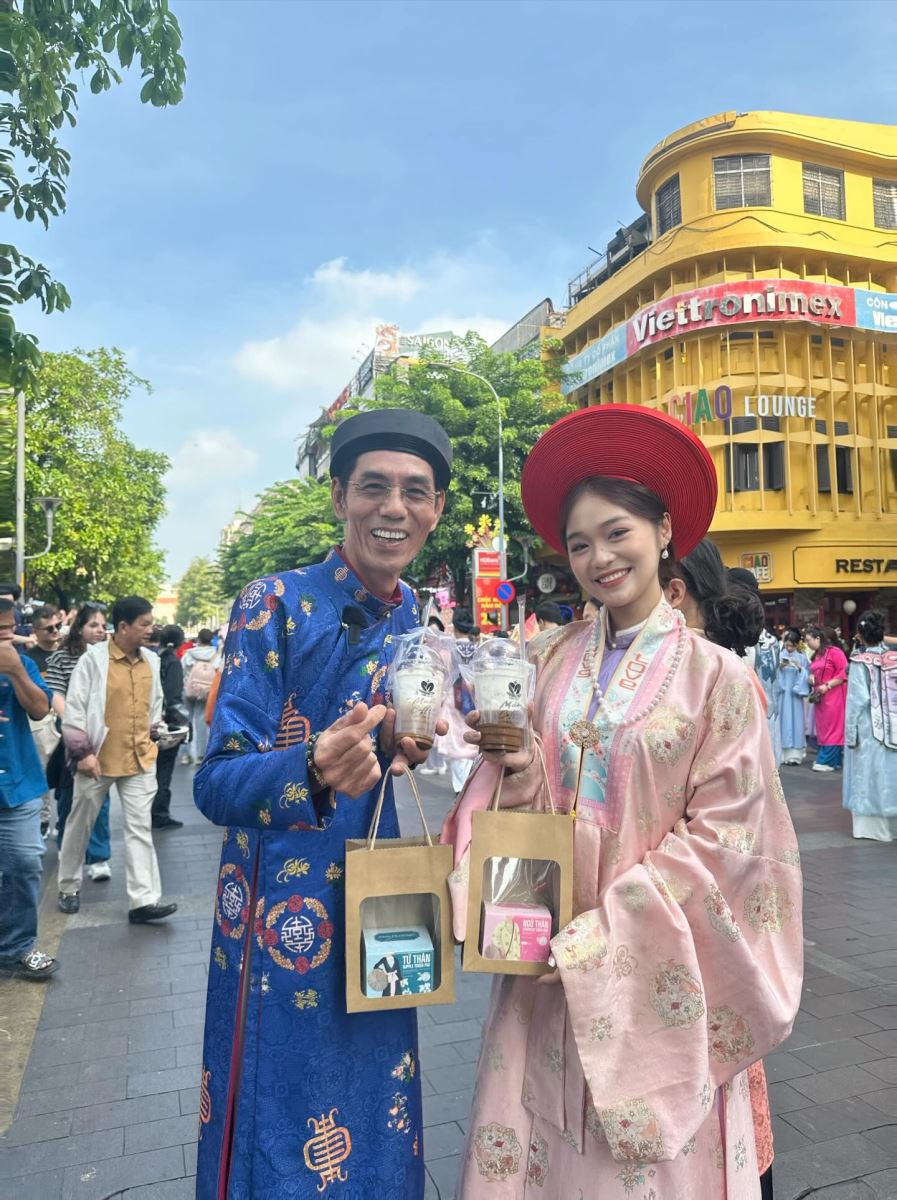
The materials used in Vietnamese traditional costumes are extremely rich and diverse, reflecting the sophistication and elegance of traditional Vietnamese culture. Each material not only brings comfort to the wearer but also contributes to highlighting the beauty, nobility and cultural value of the costume. Below are some popular and typical materials often used in Vietnamese traditional costumes:
1. Silk
Silk is the most popular and preferred material in Vietnamese traditional costumes, especially in Ao Dai and Ao The. Silk is soft, smooth, and brings a feeling of lightness and elegance. This material is breathable, creating a comfortable feeling for the wearer in all weather conditions.
2. Brocade
Brocade is a fabric with embossed patterns, usually made from silk or silk. Brocade fabric is thick, soft and very luxurious, with sophisticated and elaborate motifs. Brocade material is often highly glossy, creating a sense of nobility and splendor.
3. Chiffon
Chiffon is a light, thin and translucent fabric, giving a comfortable, soft feeling. This material is often used to create a fluffy feel, helping the shirt to flutter lightly when the wearer moves.
4. Cotton
Cotton is a soft, cool material, often used for simple outfits, easy to wear and comfortable to move. Cotton is often used in folk costumes or in the daily life of Vietnamese people.
5. Linen
Linen is a fabric derived from flax fibers, known for its durability and breathability. Linen has a rather rough surface, but is very suitable for Vietnam's hot and humid climate because it helps the wearer feel cool.
6. Velvet
Velvet is soft, thick and has a slight shine. This material is often used in formal clothing or on special occasions.
7. Silk
Silk is one of the quintessential materials, with a smooth, soft shine and high durability. This material stands out for its natural beauty and good absorbency, helping the wearer feel cool and comfortable.
8. Chiffon
Chiffon is a soft, light, fragile fabric and is often fluffy. This material is known for its ability to create a feeling of lightness, very suitable for designs that require a fluffy feel such as the modernized Ao Dai.
Although Vietnamese traditional costumes have traditional values, they are also very flexible and can be worn in many different situations. Ao dai can be worn in festivals, weddings, formal events, or even in everyday life, unlike some traditional costumes of other countries that are only suitable for special occasions.
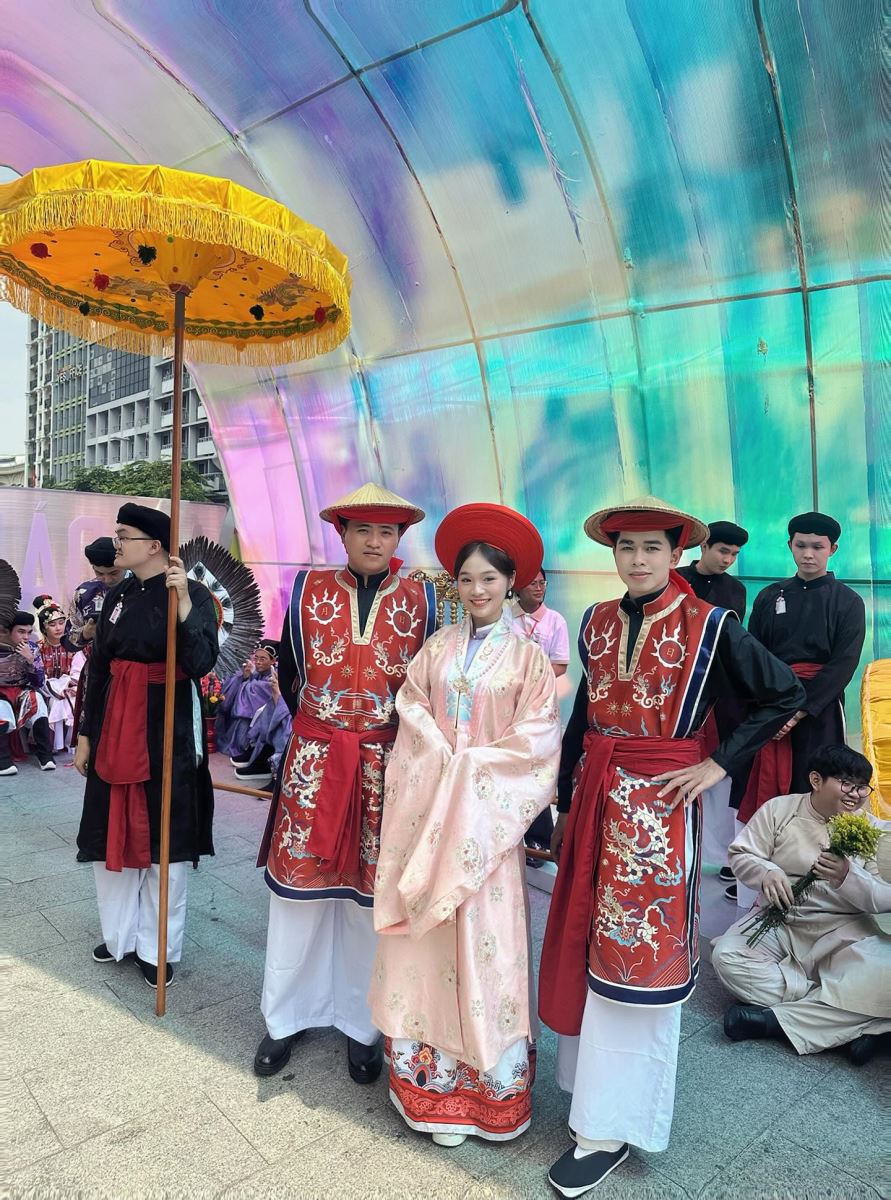
Some popular types of Vietnamese traditional costumes:
1. Ao dai: Ao dai is a prominent traditional costume of Vietnamese women. With a soft ao dai that accentuates the curves of the body, ao dai is not only a symbol of grace and elegance but also shows sophistication in design, with a high neck and long sleeves. Ao dai is often made from materials such as silk and chiffon, creating a gentle, airy beauty.
2. Ao tu than: A traditional costume of women in the North, ao tu than has a loose shape, hugging the chest and long sleeves, combined with a slightly flared skirt. This is a combination of simple and graceful beauty, bearing the mark of a rural lifestyle, close to nature.
3. Royal costumes: Vietnamese royal costumes, especially dynasties such as Le and Nguyen, bear the mark of luxury, power and nobility. Royal ao dai are often embroidered with sophisticated patterns, using high-quality fabrics such as brocade and silk, with accompanying accessories such as crowns, belts, and sewing needles, creating splendor.
4. Men's clothing: Men in traditional Vietnamese costumes often wear ao the (long dress with a standing collar), quan linh (long pants), with an outer coat called ao dai or ao tu than. The patterns and colors of the costumes also reflect the social class and role of the wearer.
Traditional Vietnamese costumes are not just costumes, but symbols of cultural values, history, and Vietnamese national identity. Traditional Vietnamese costumes reflect the sophistication, elegance, and long-standing traditions of the Vietnamese people. In the context of globalization and multilateral cultural exchange, traditional Vietnamese costumes today play an important role in preserving cultural identity and helping younger generations connect with the past.


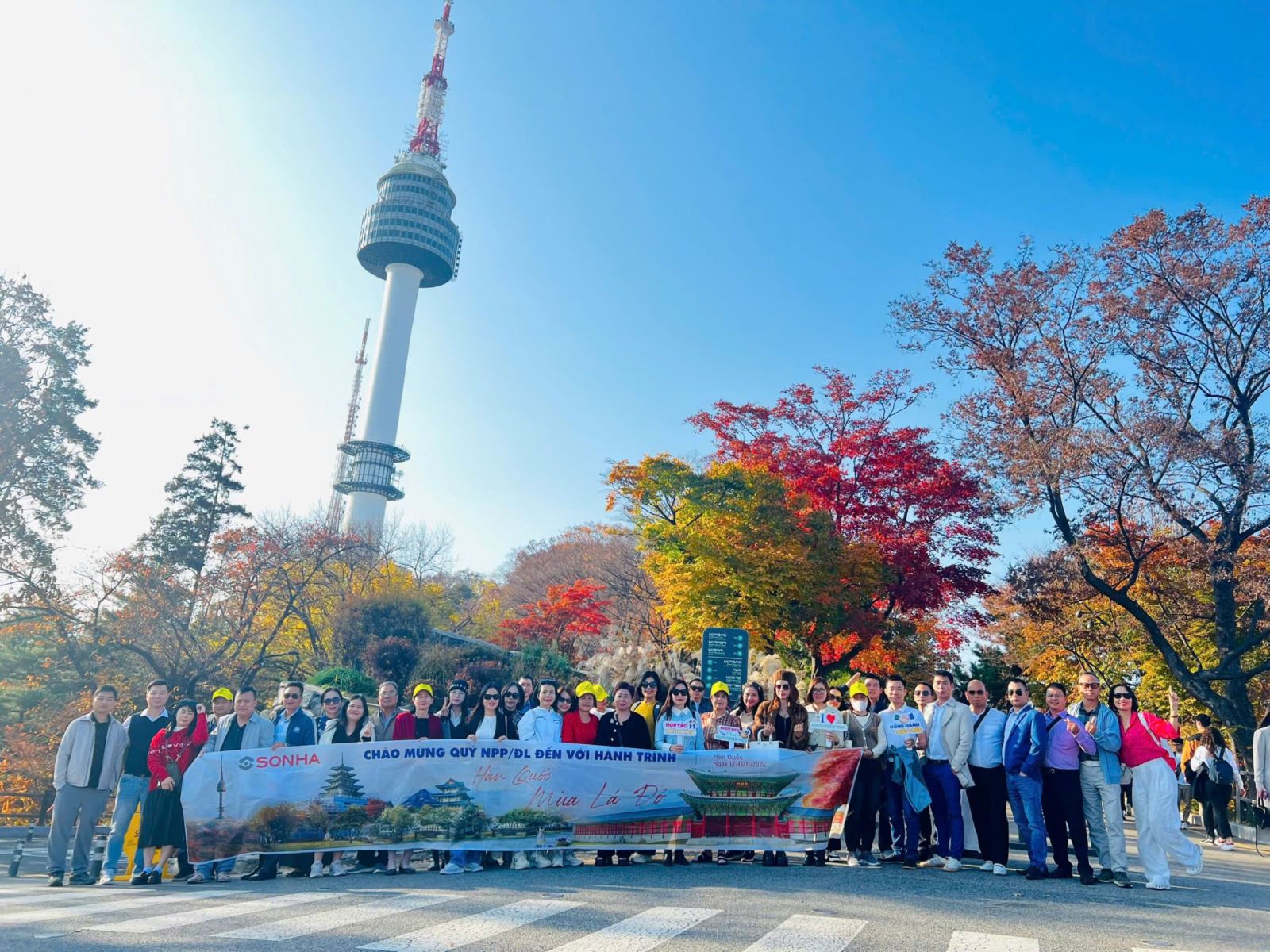
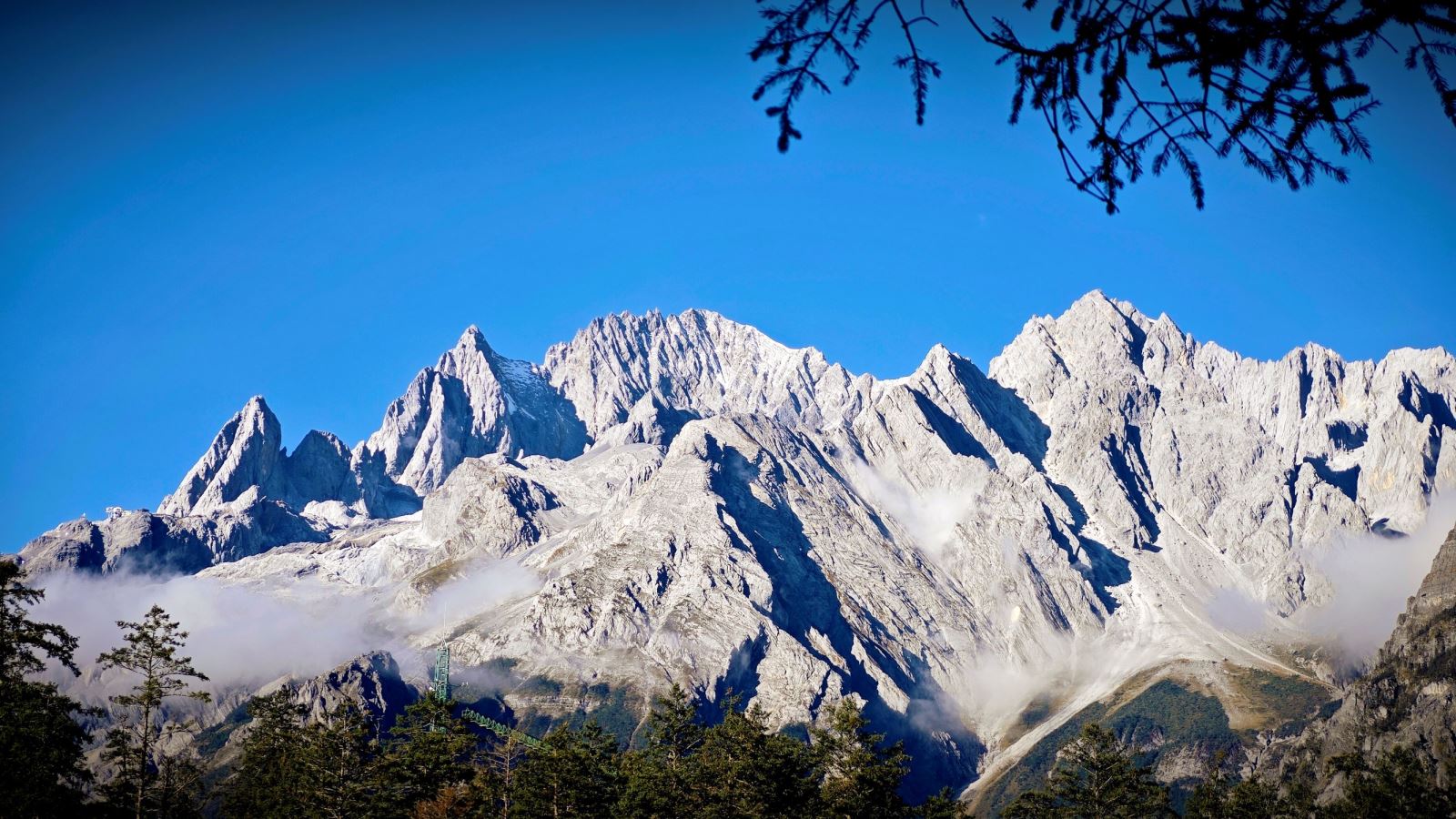


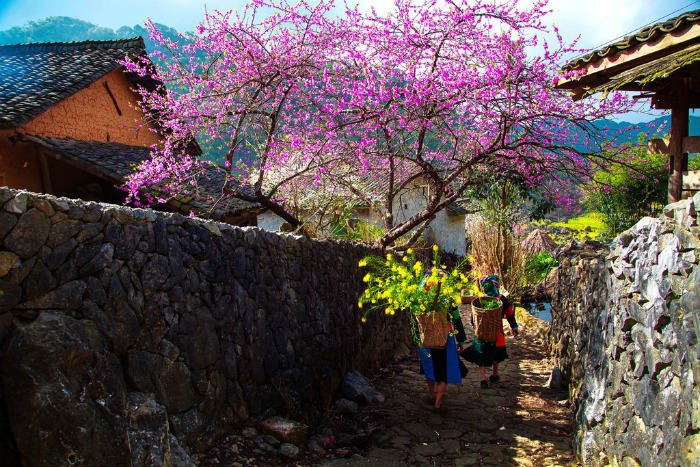
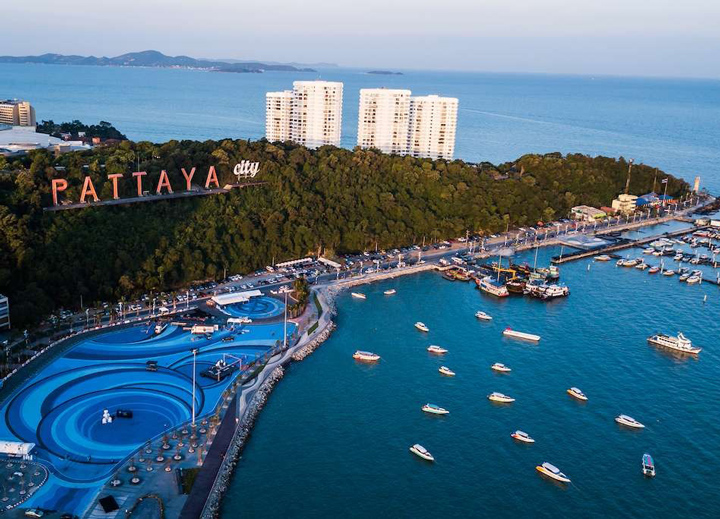
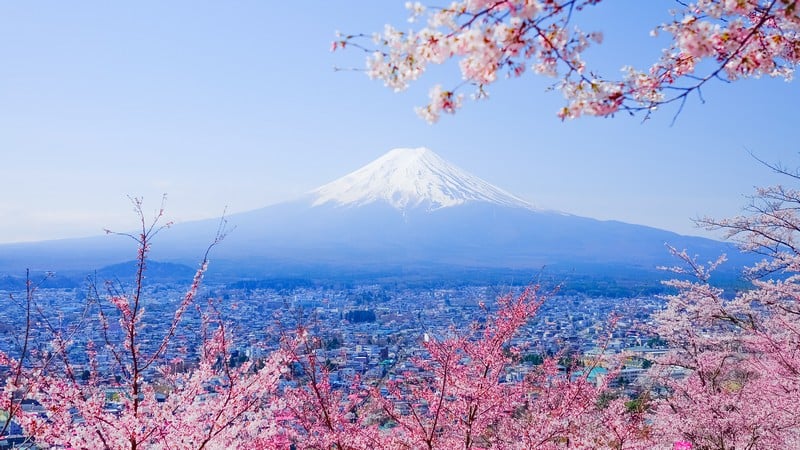
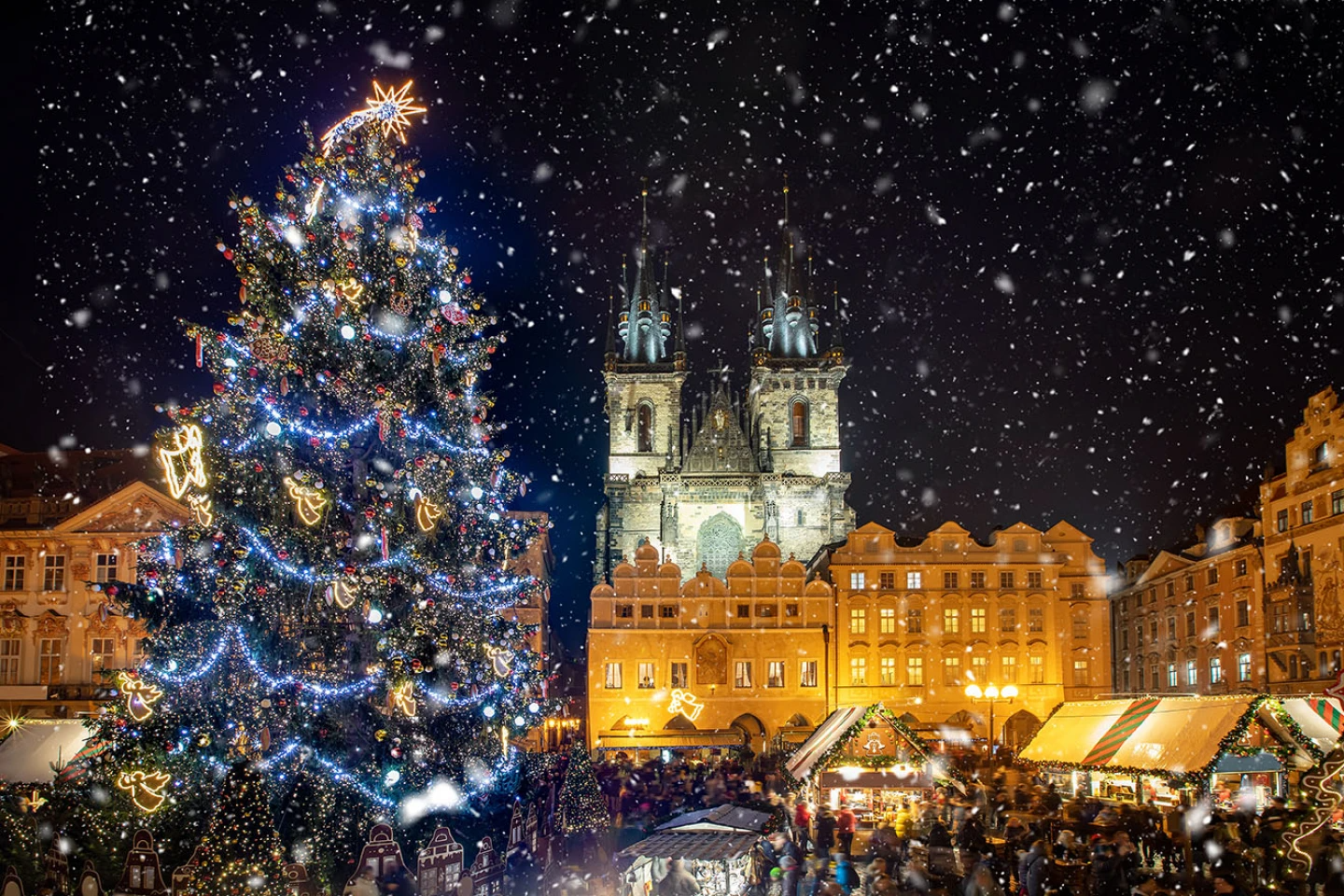
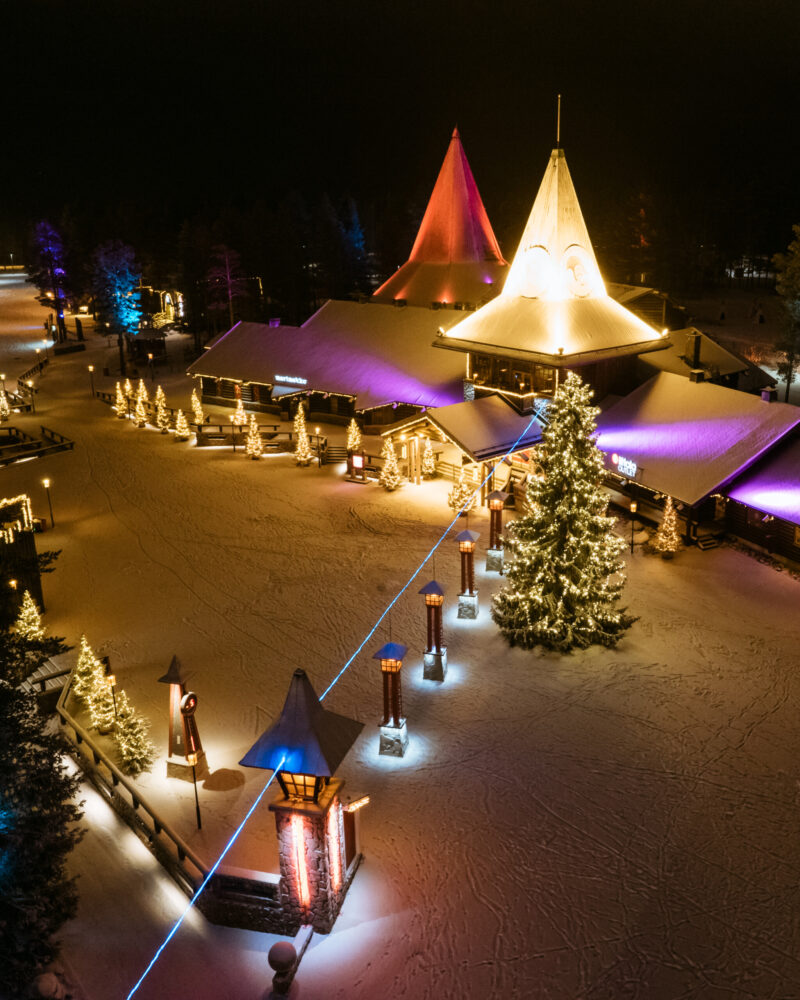
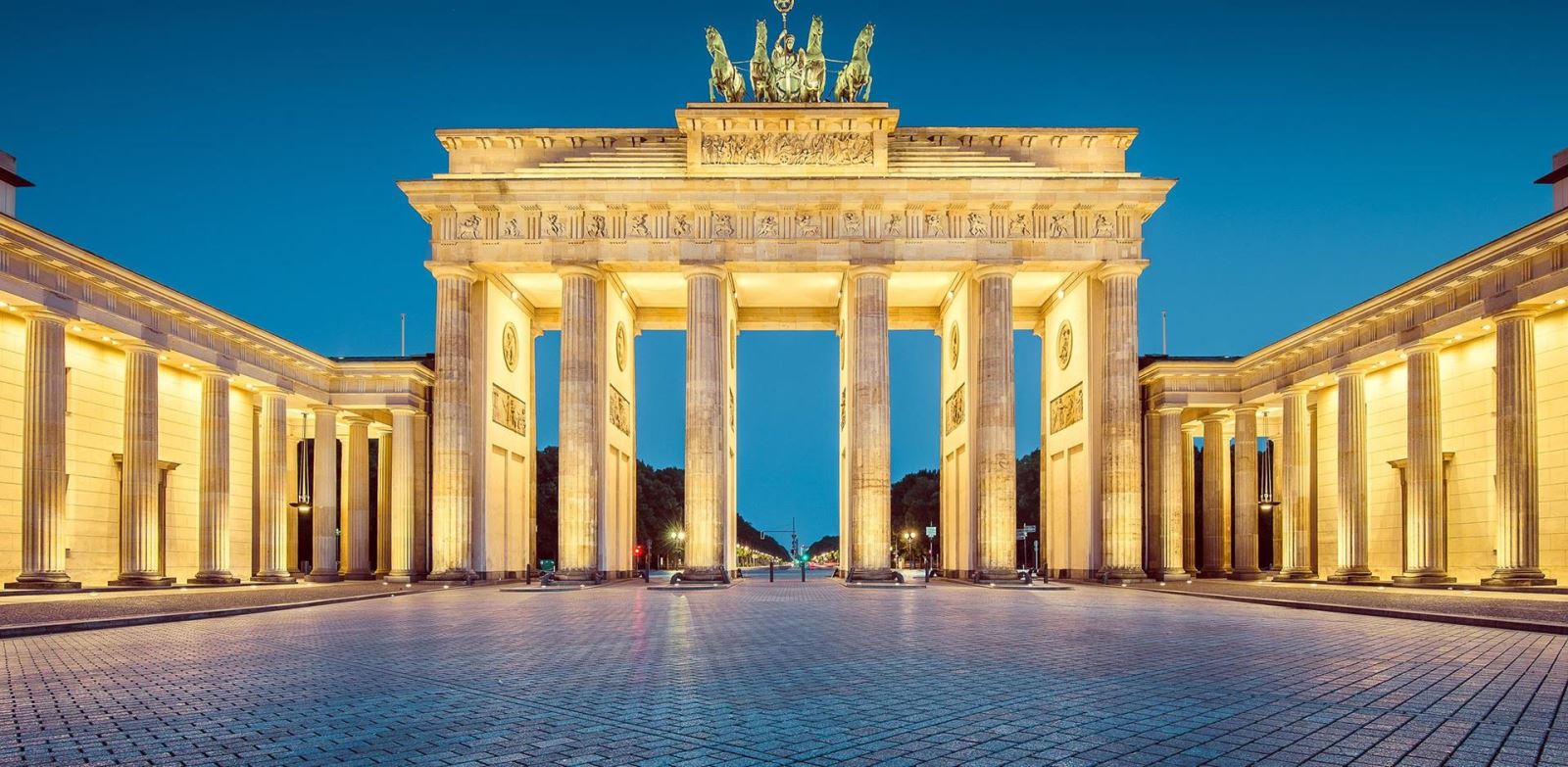
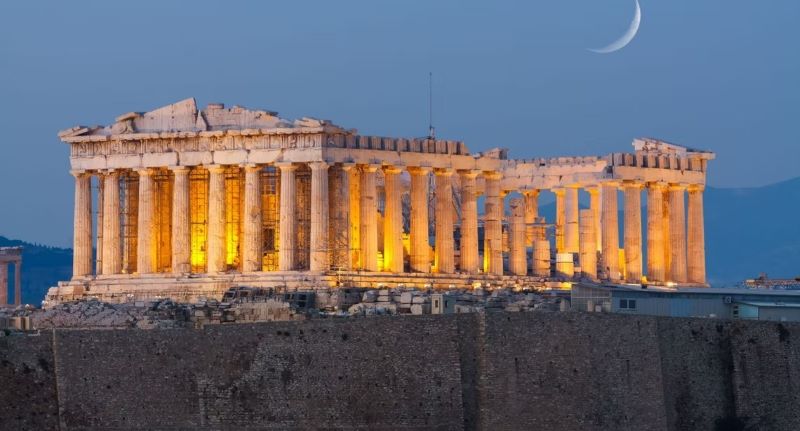
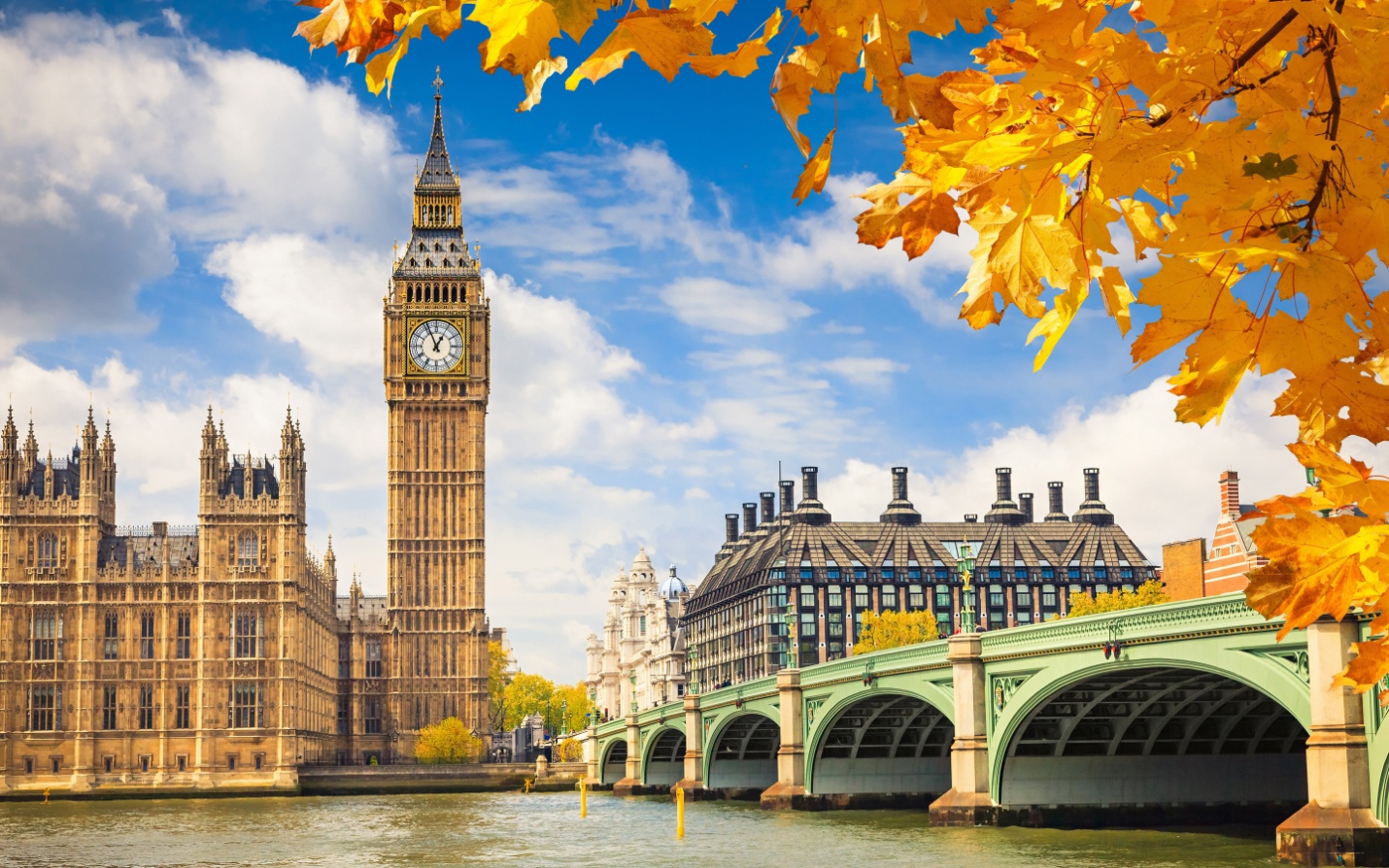
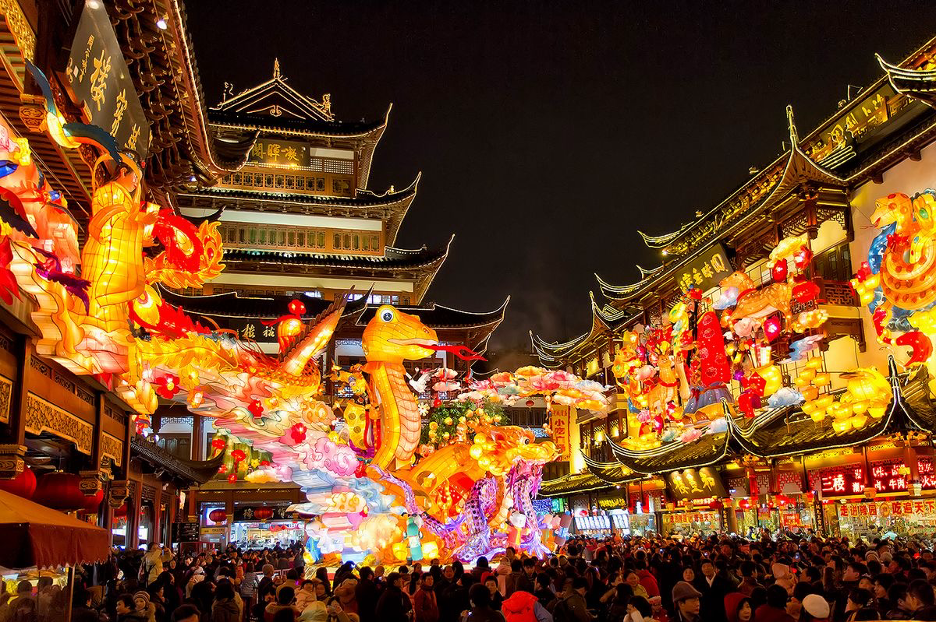
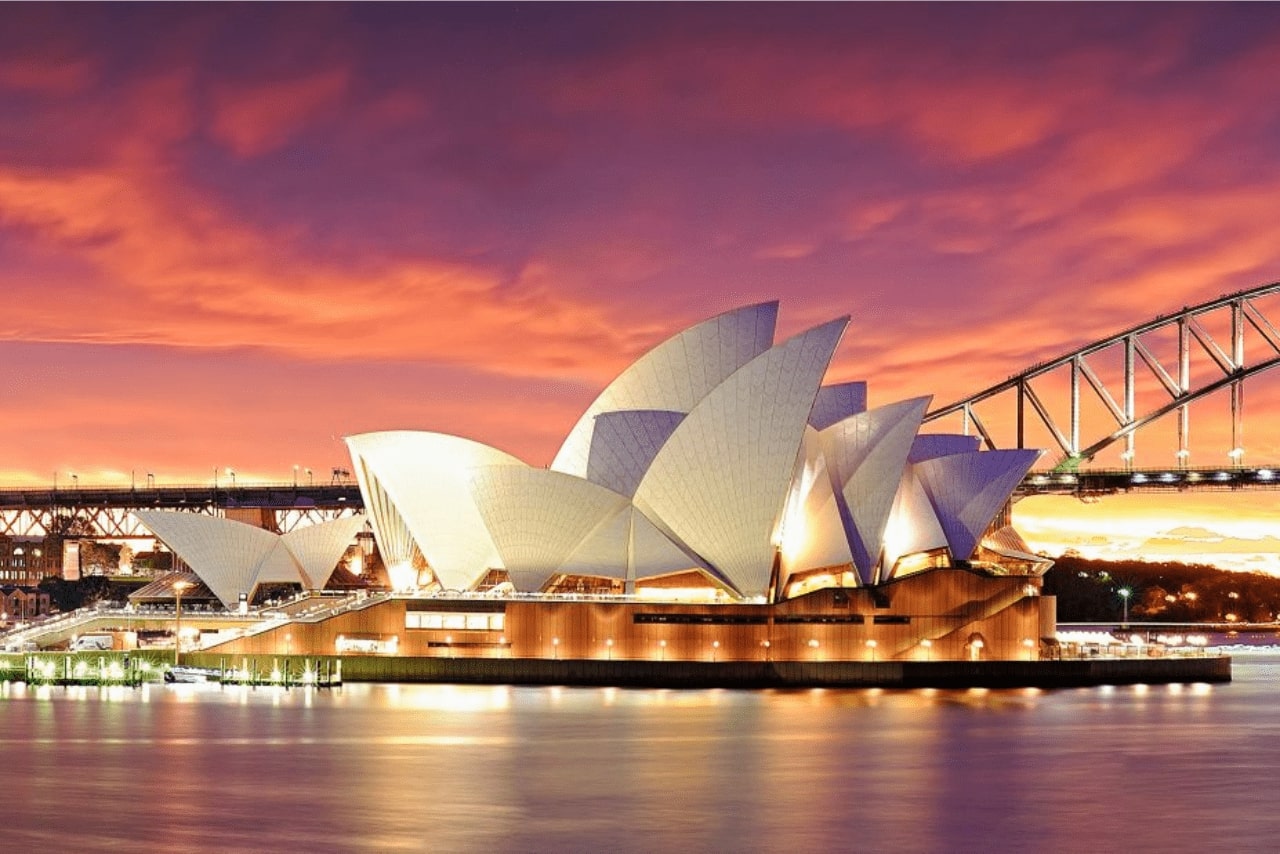
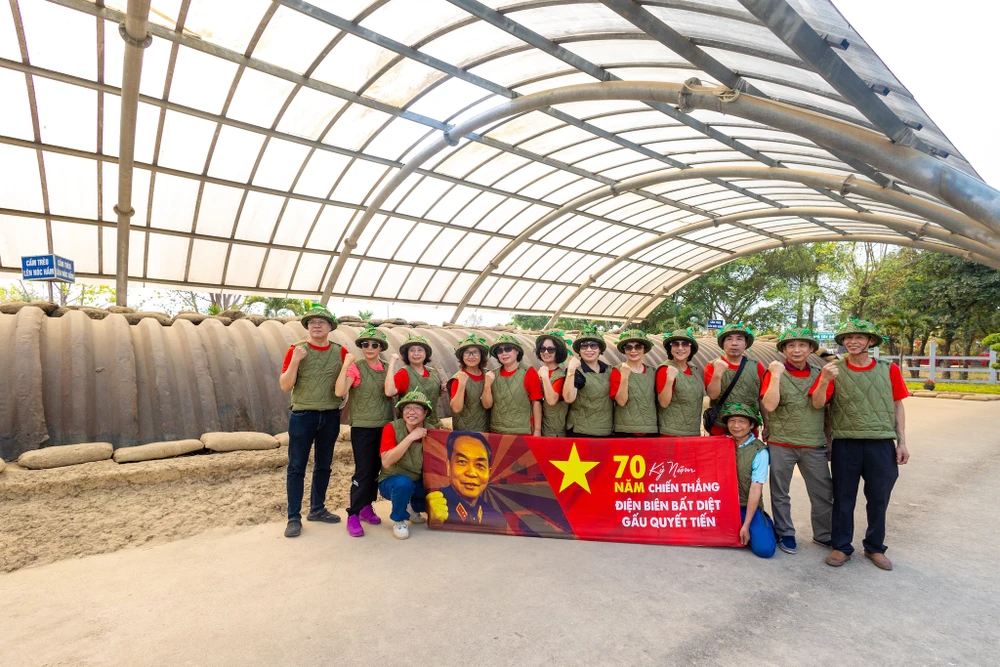
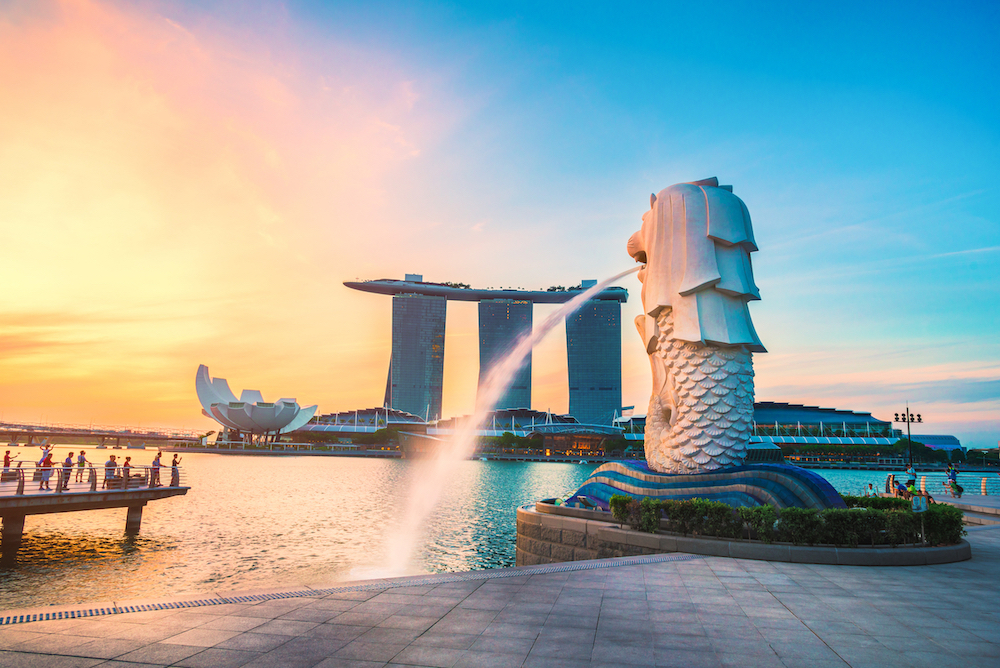
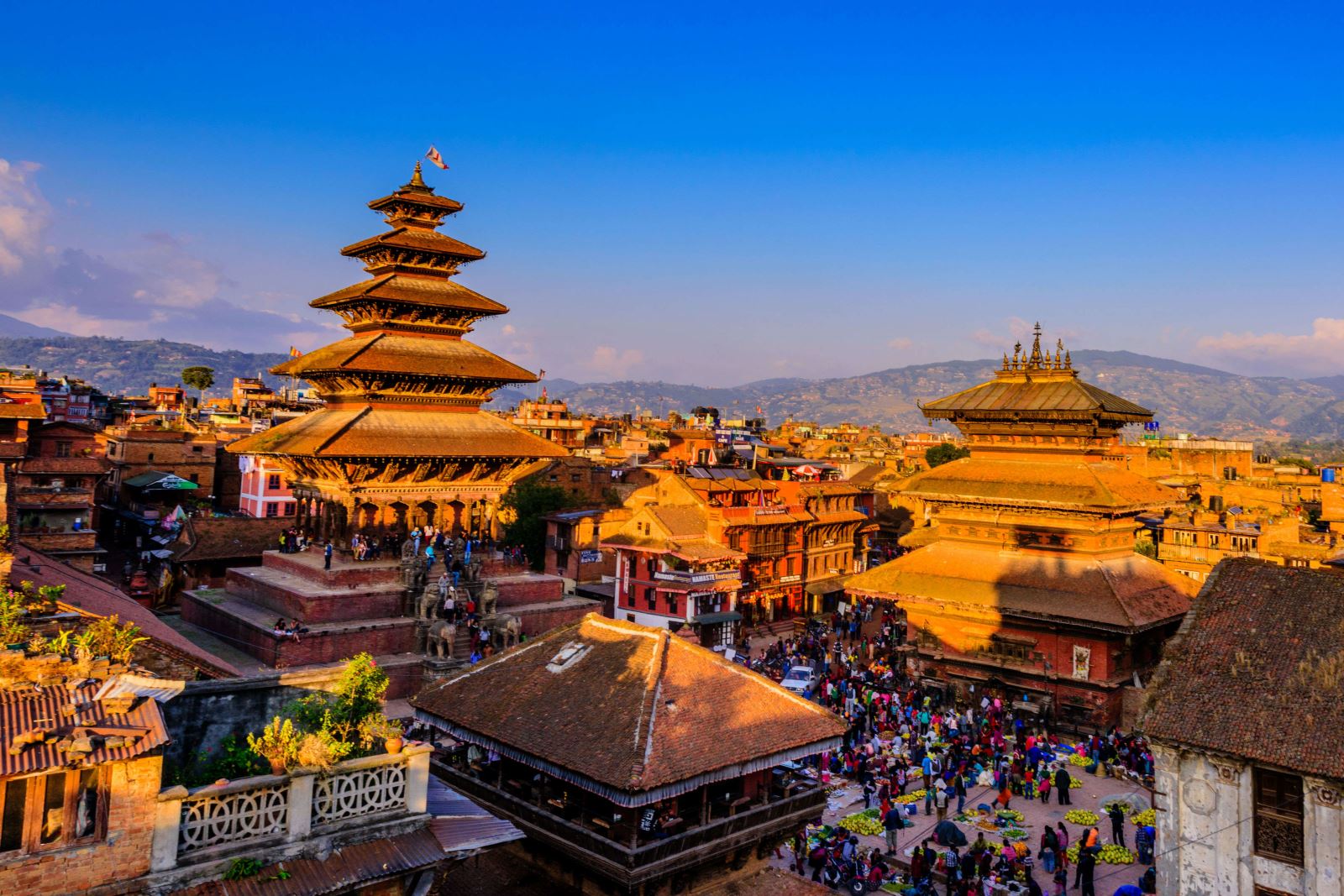

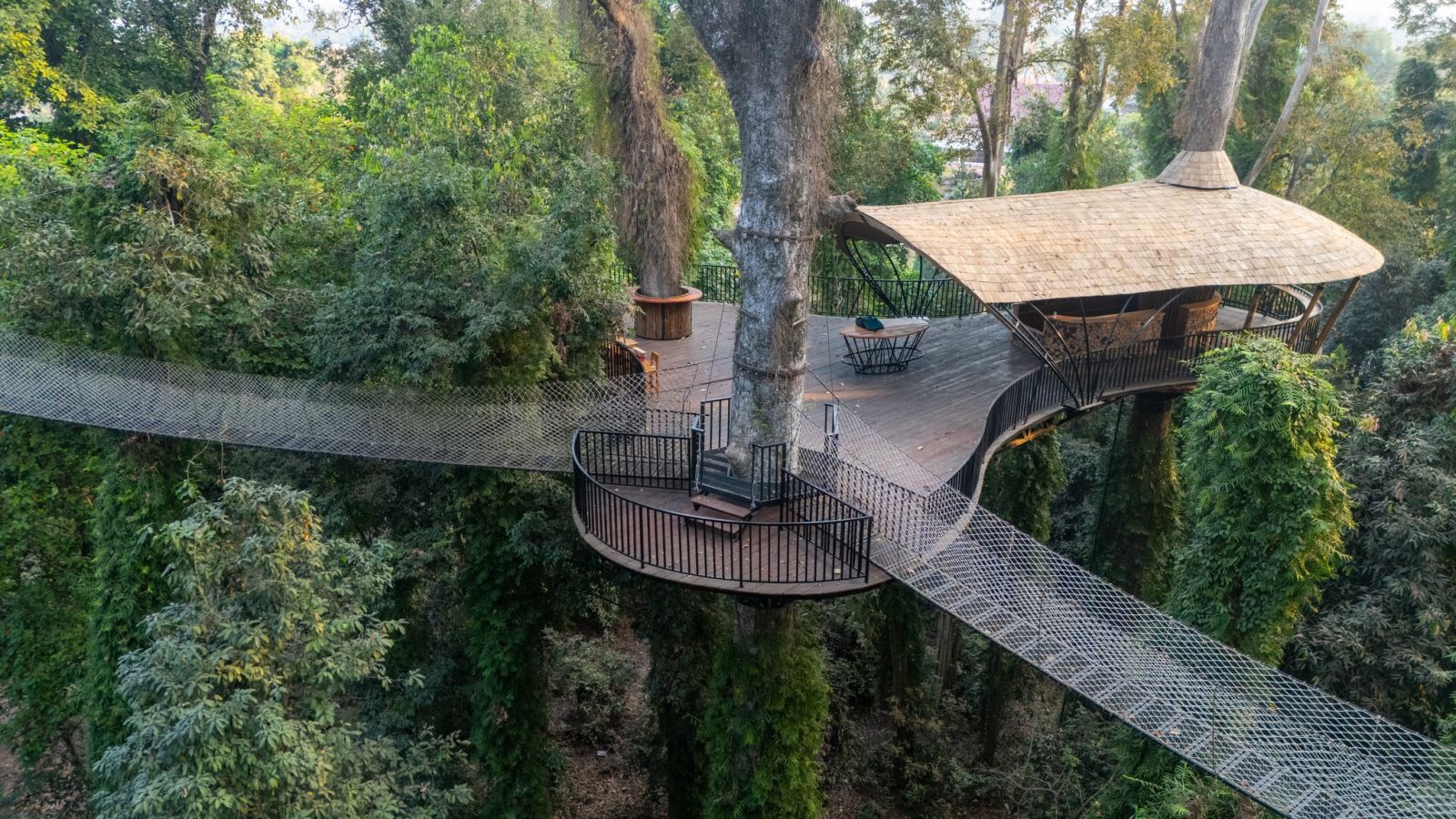
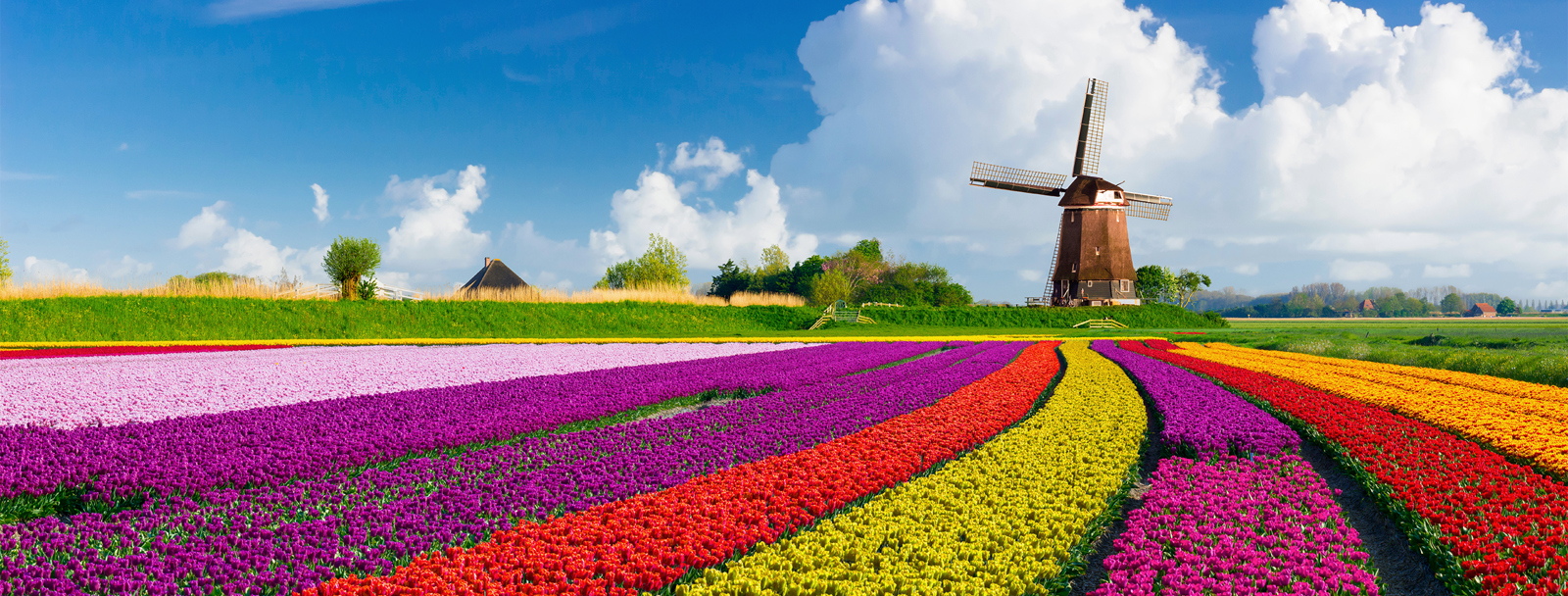
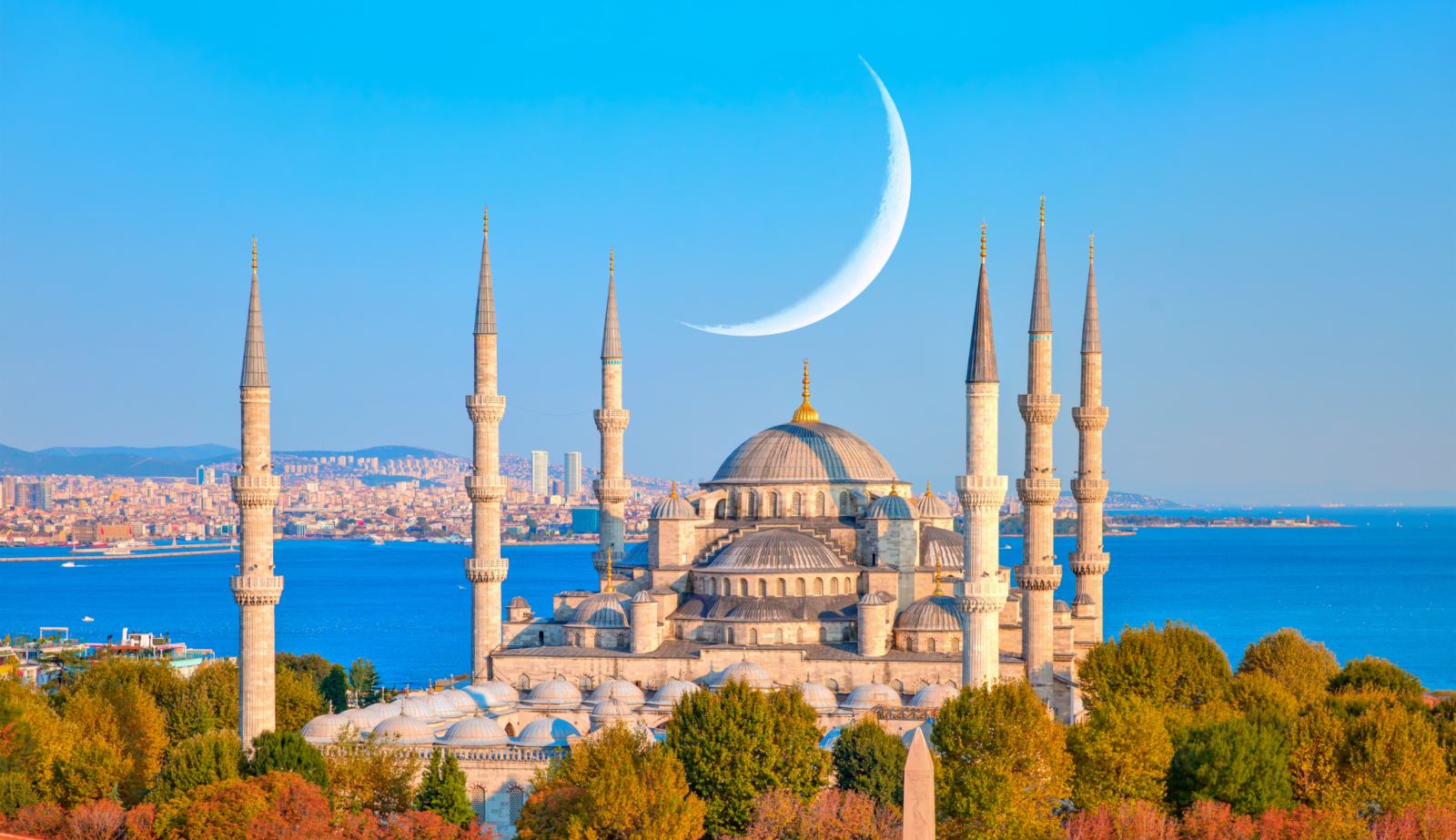
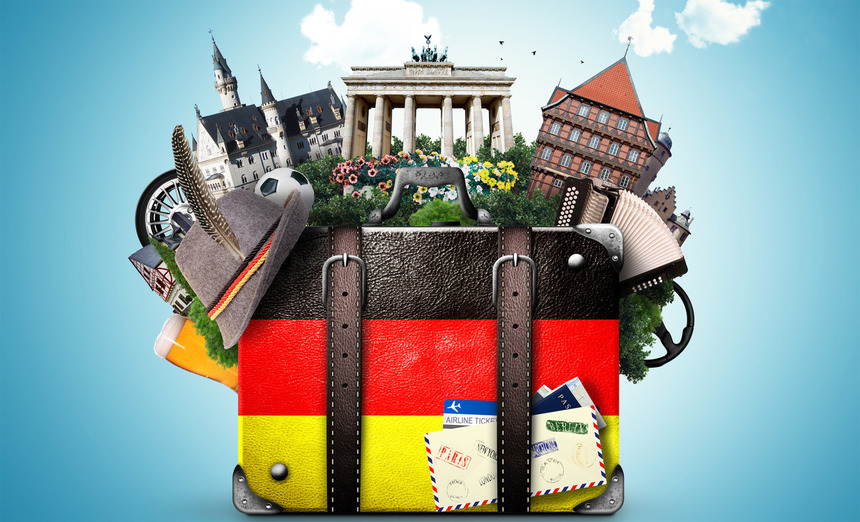

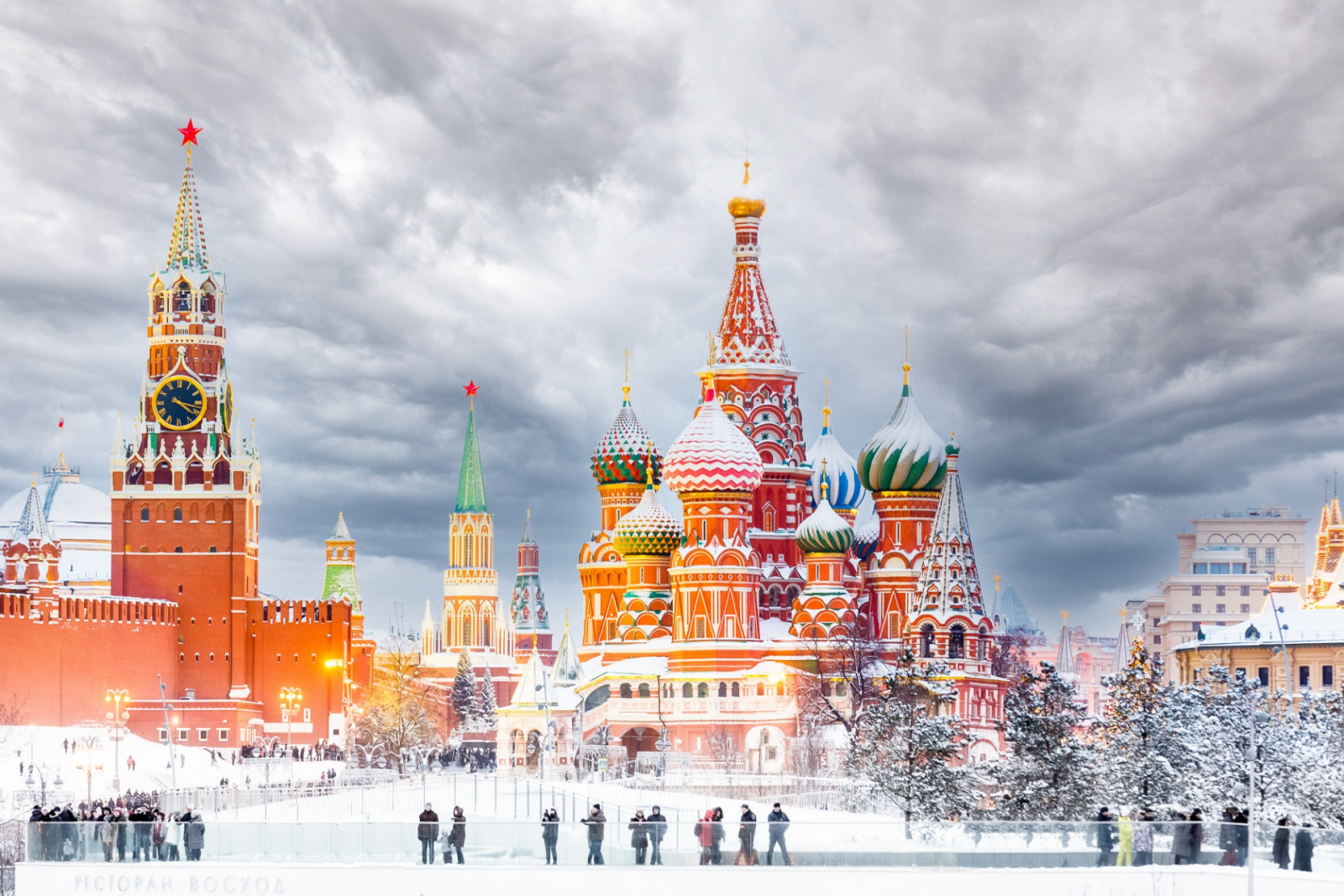

.jpg)
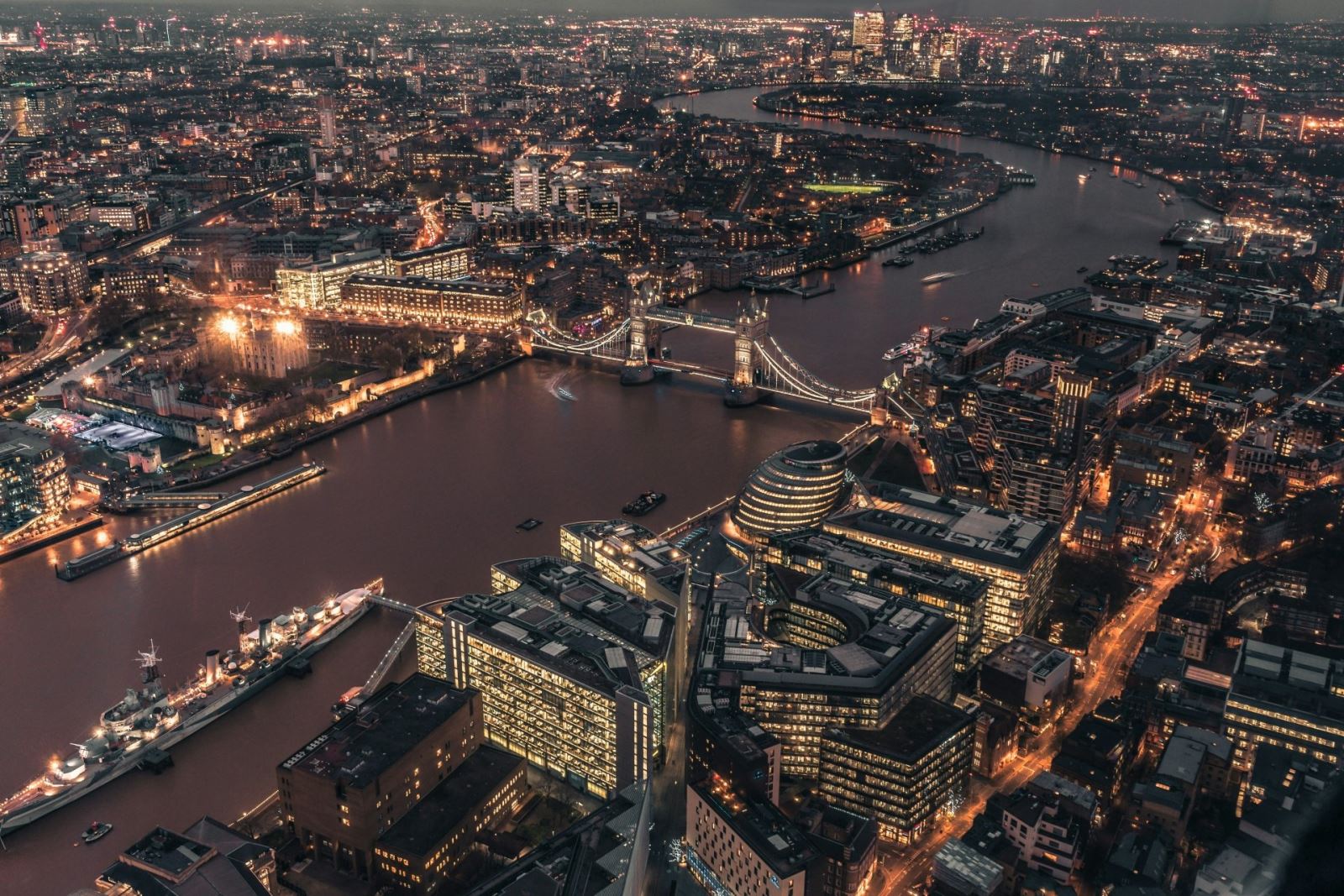
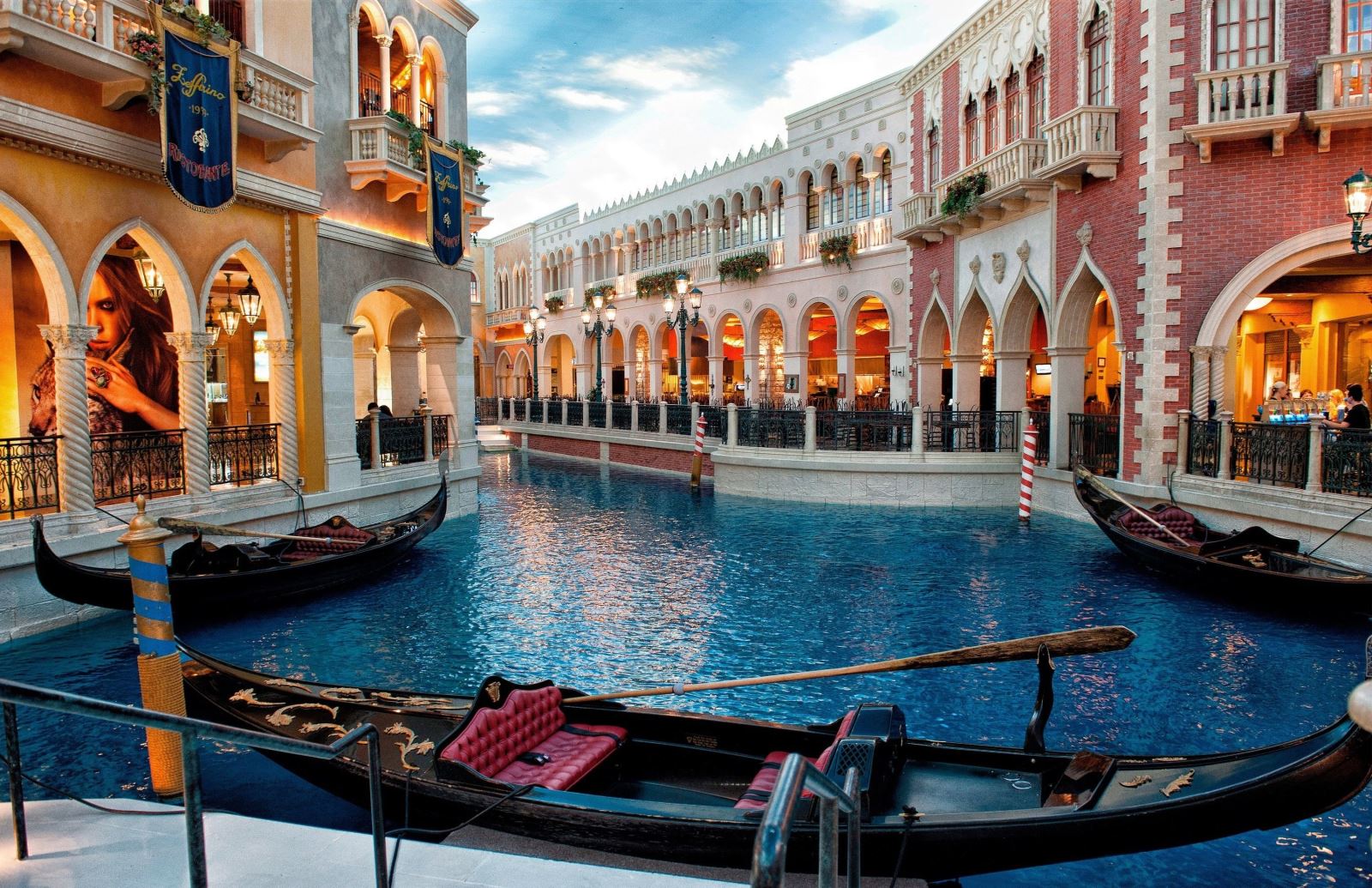

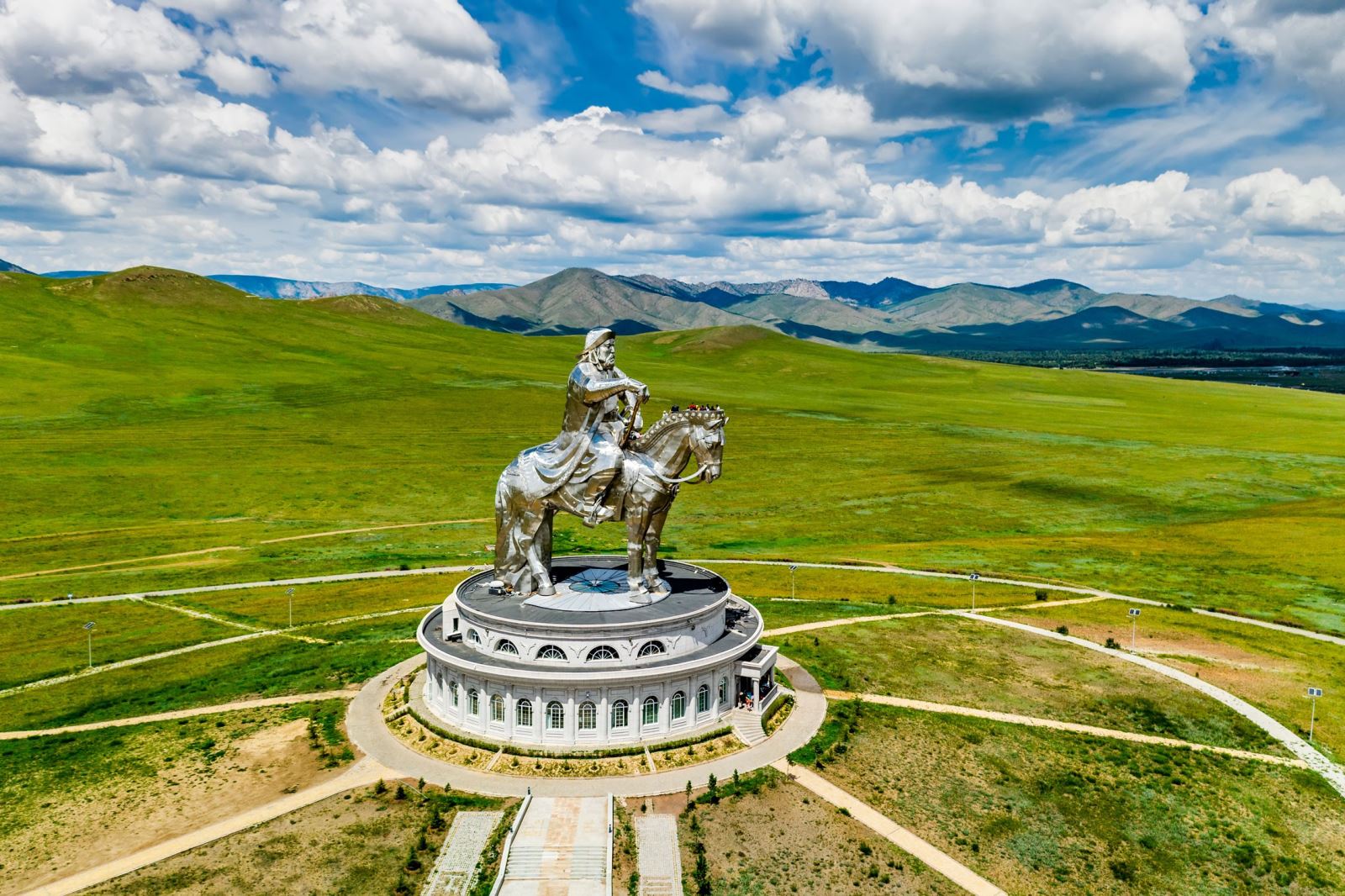
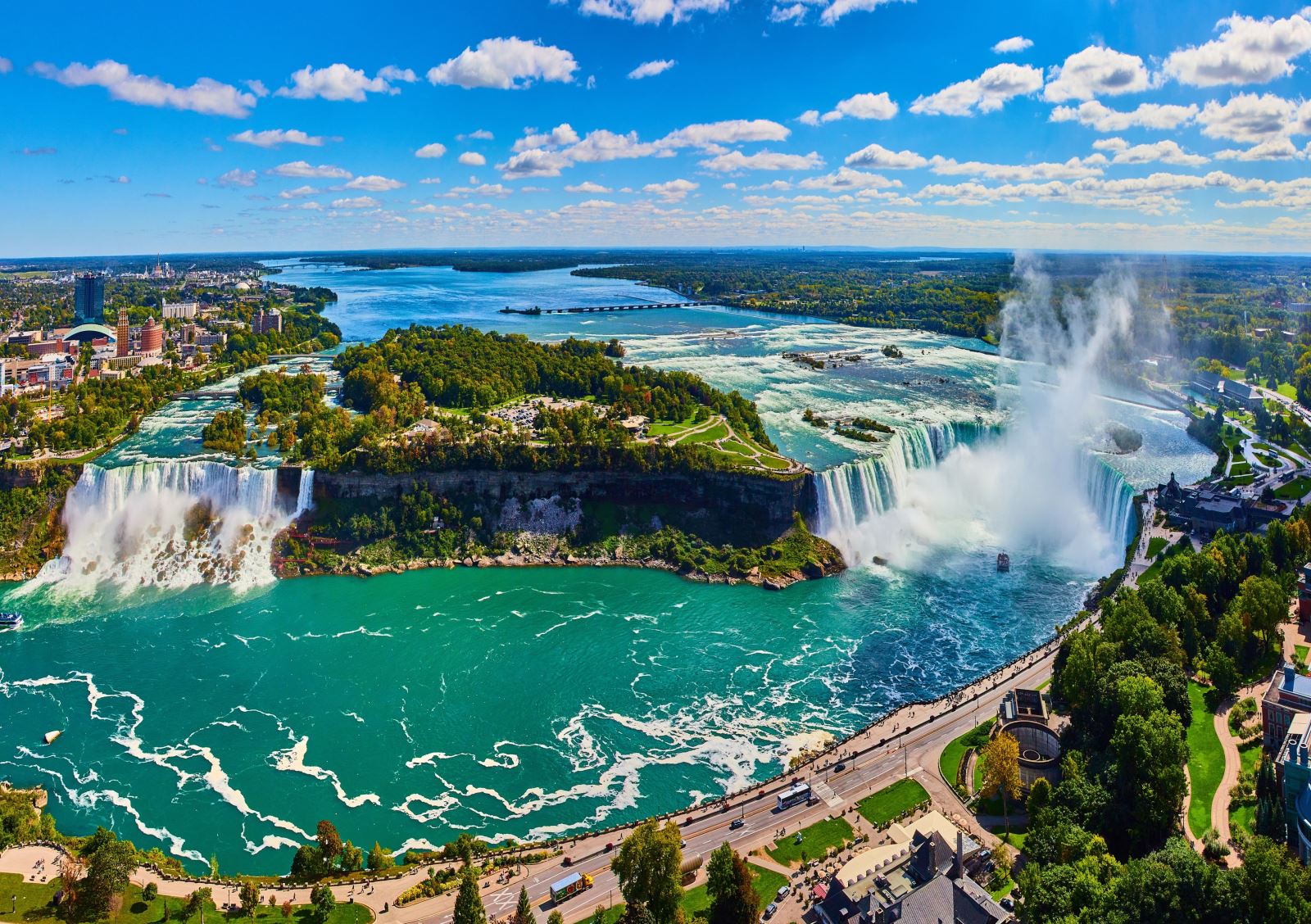
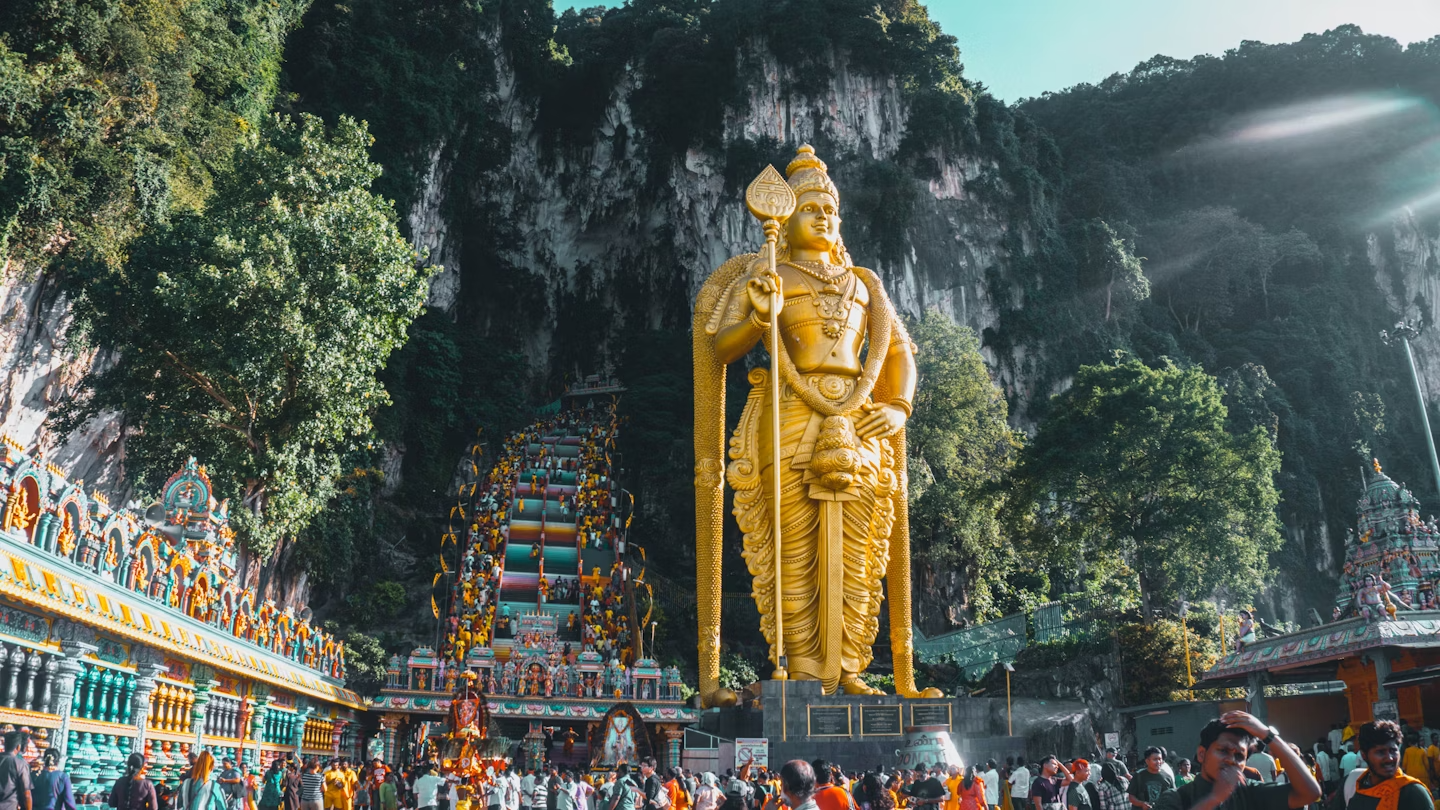
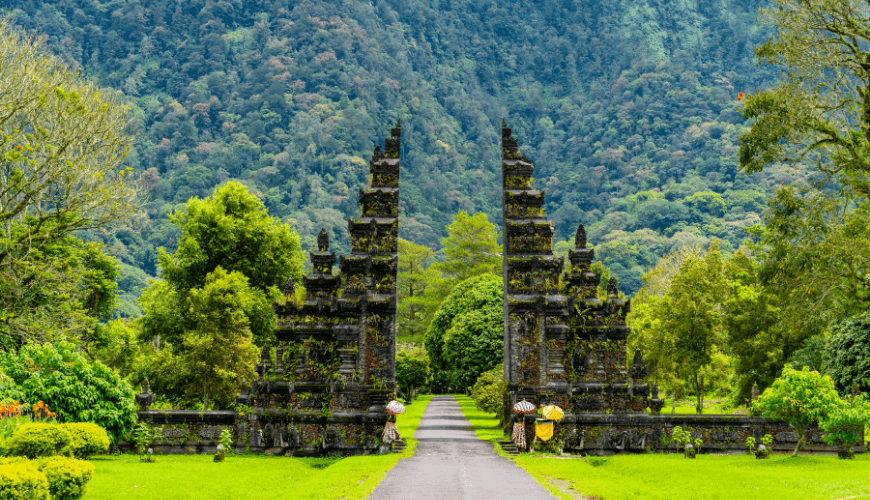
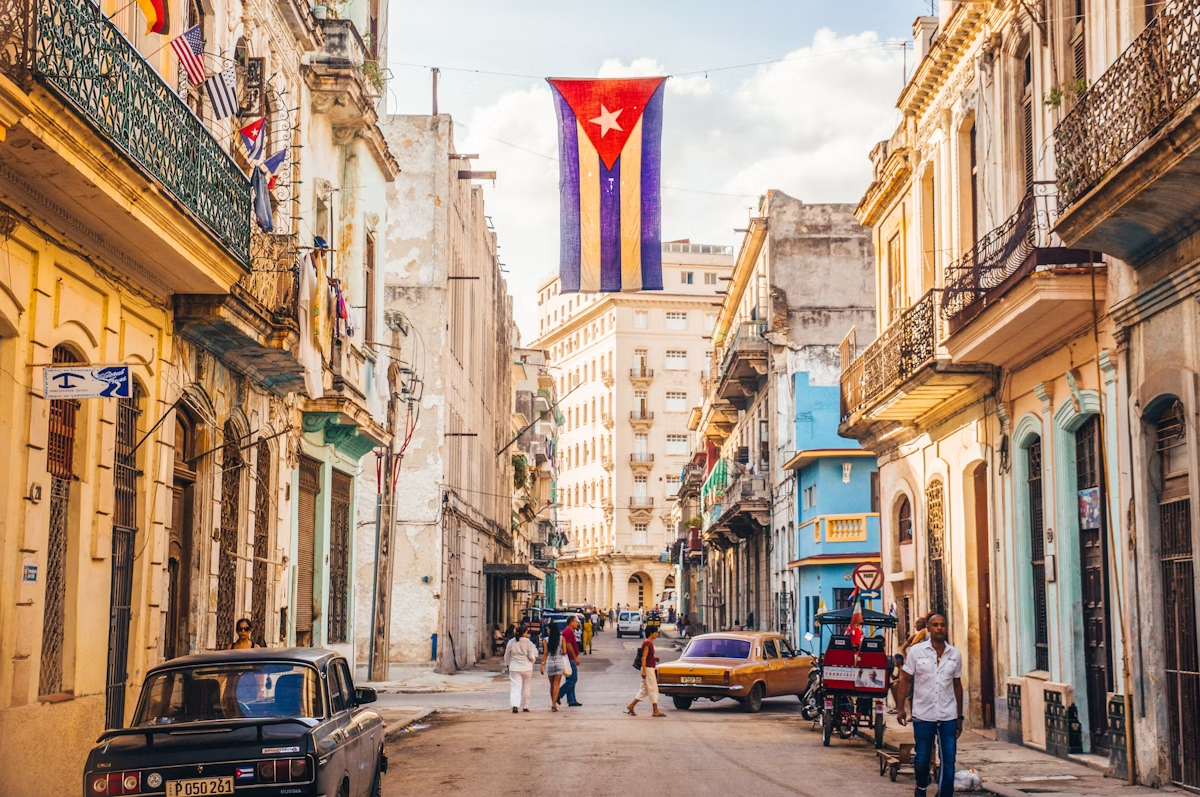
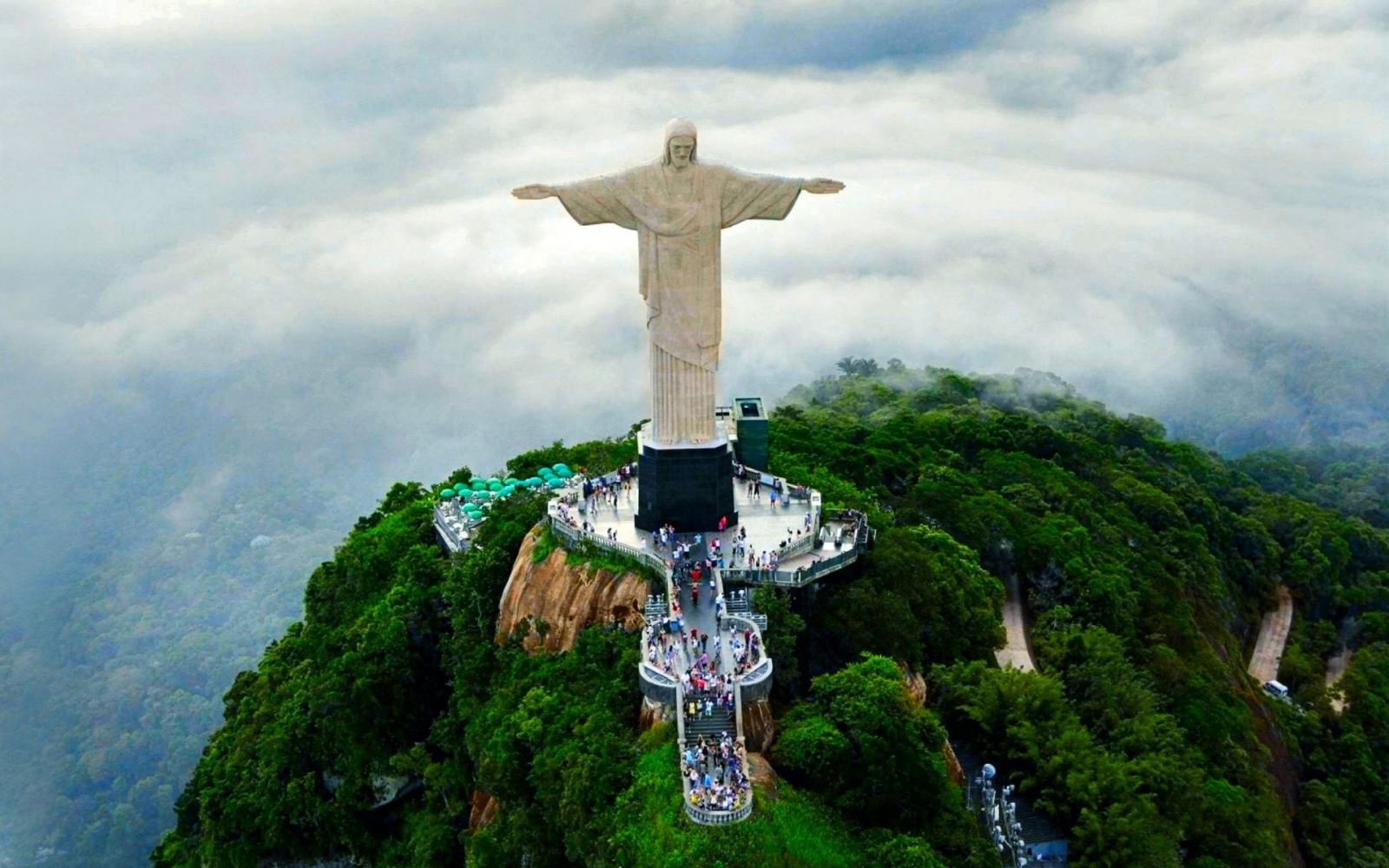
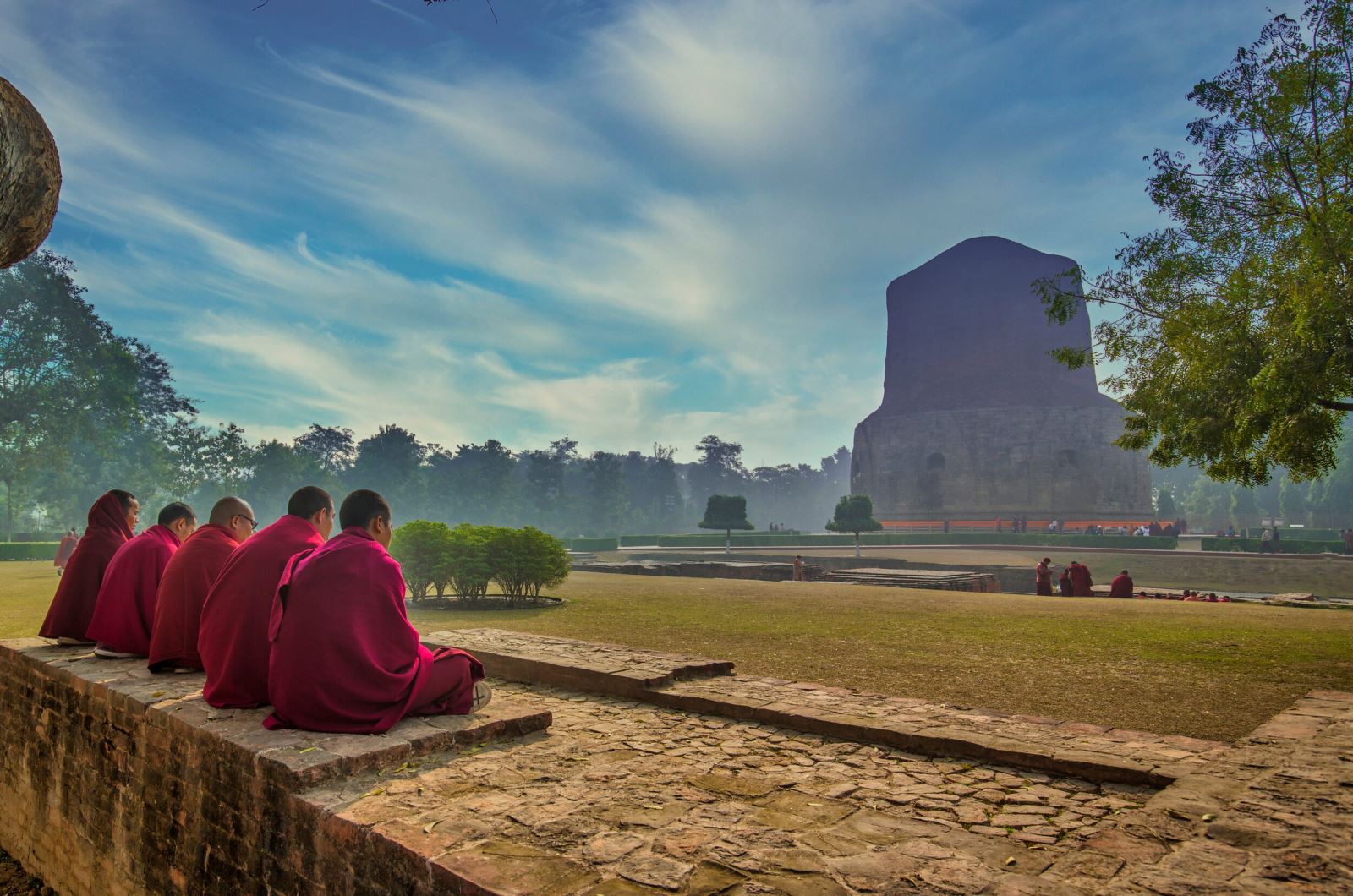
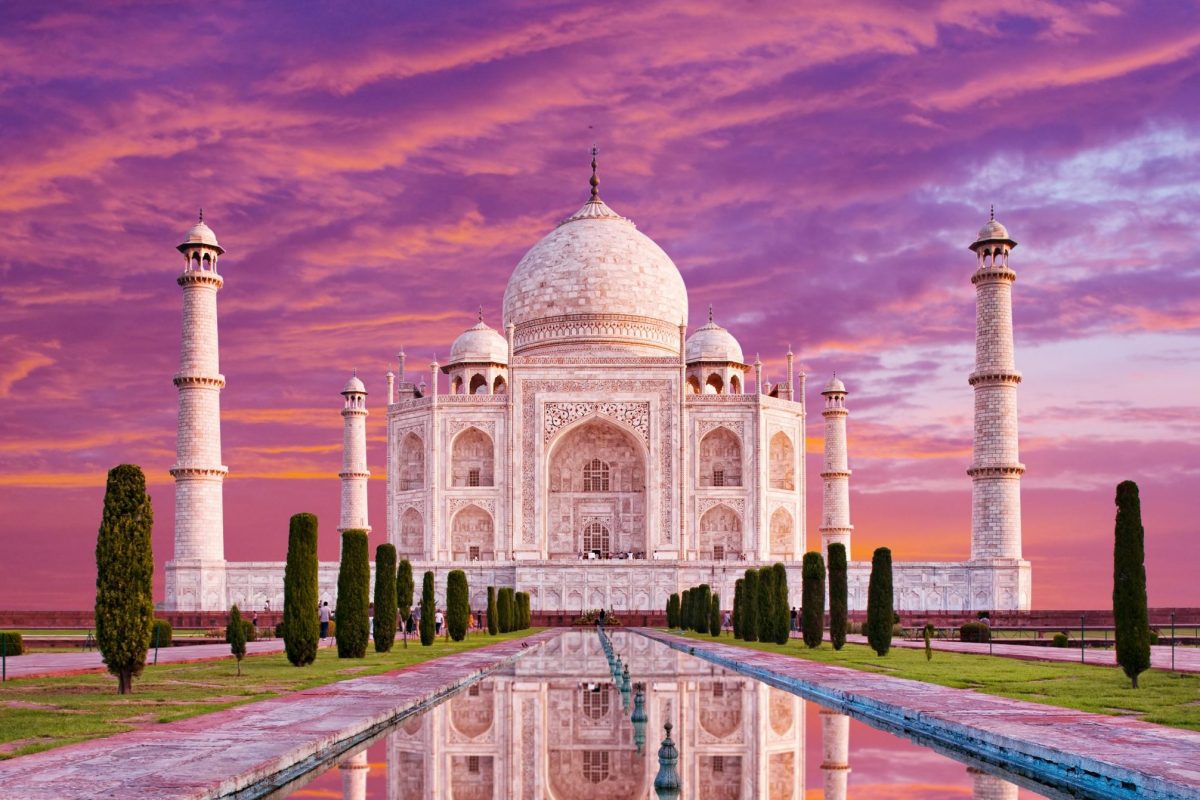

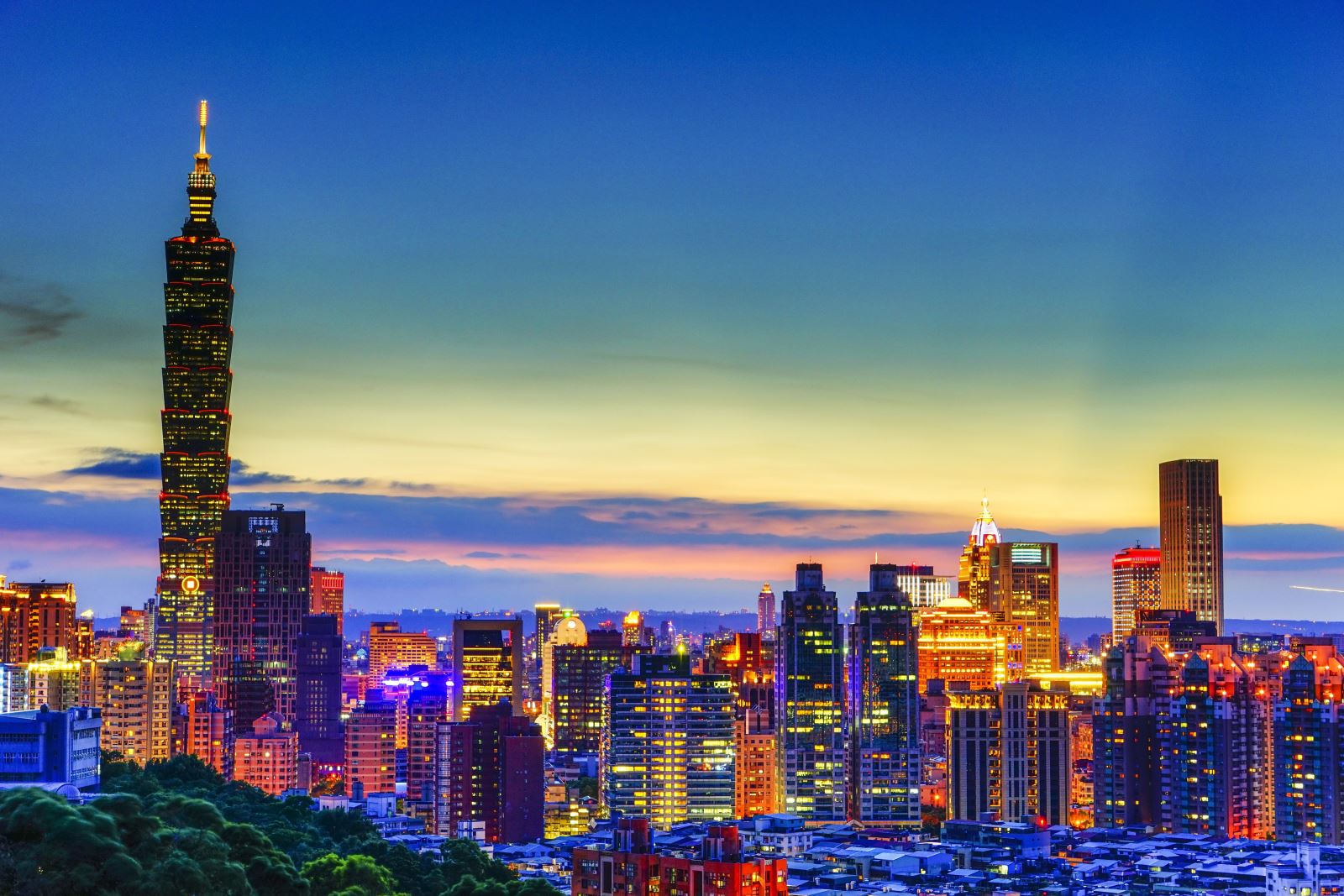
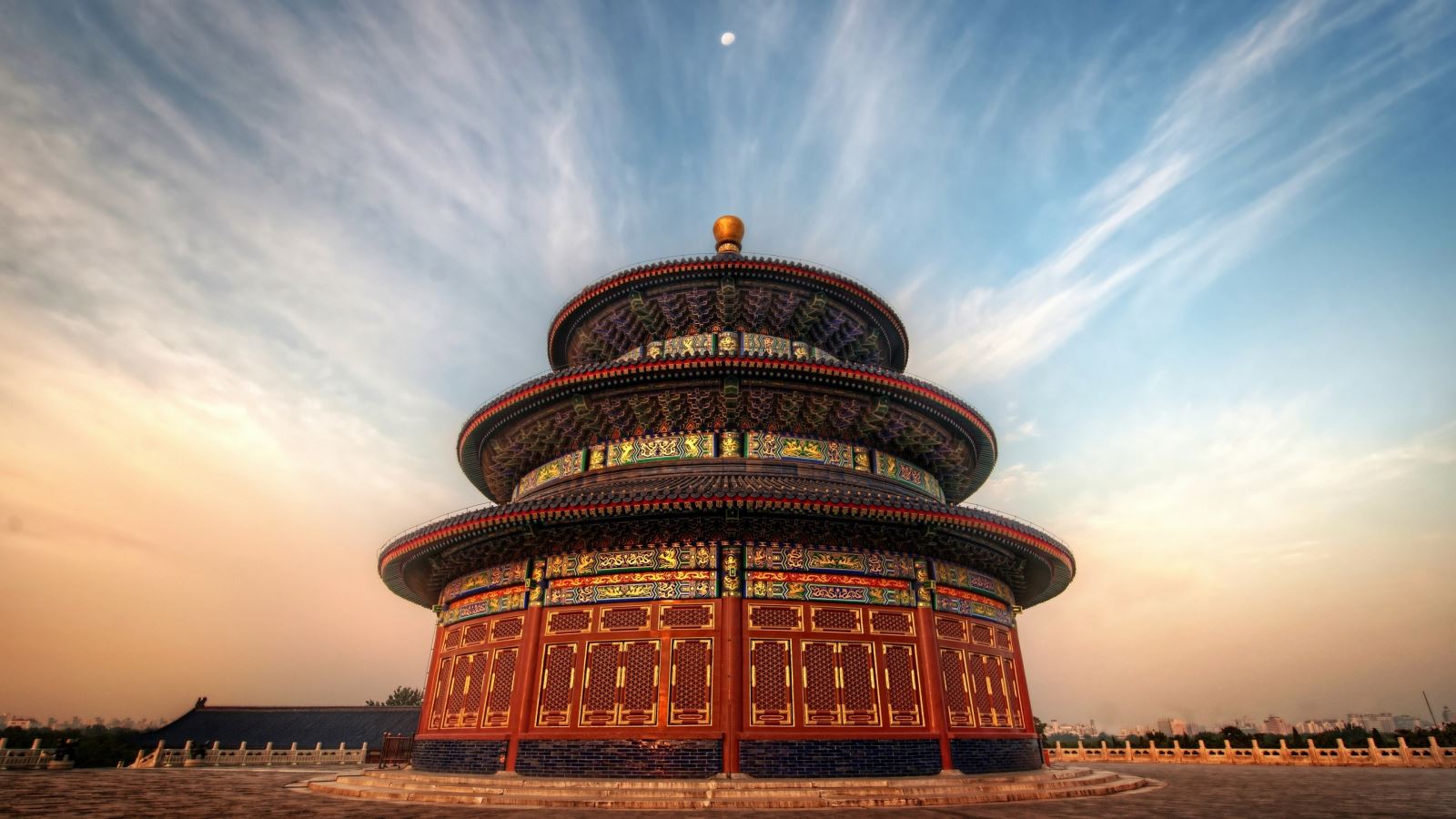
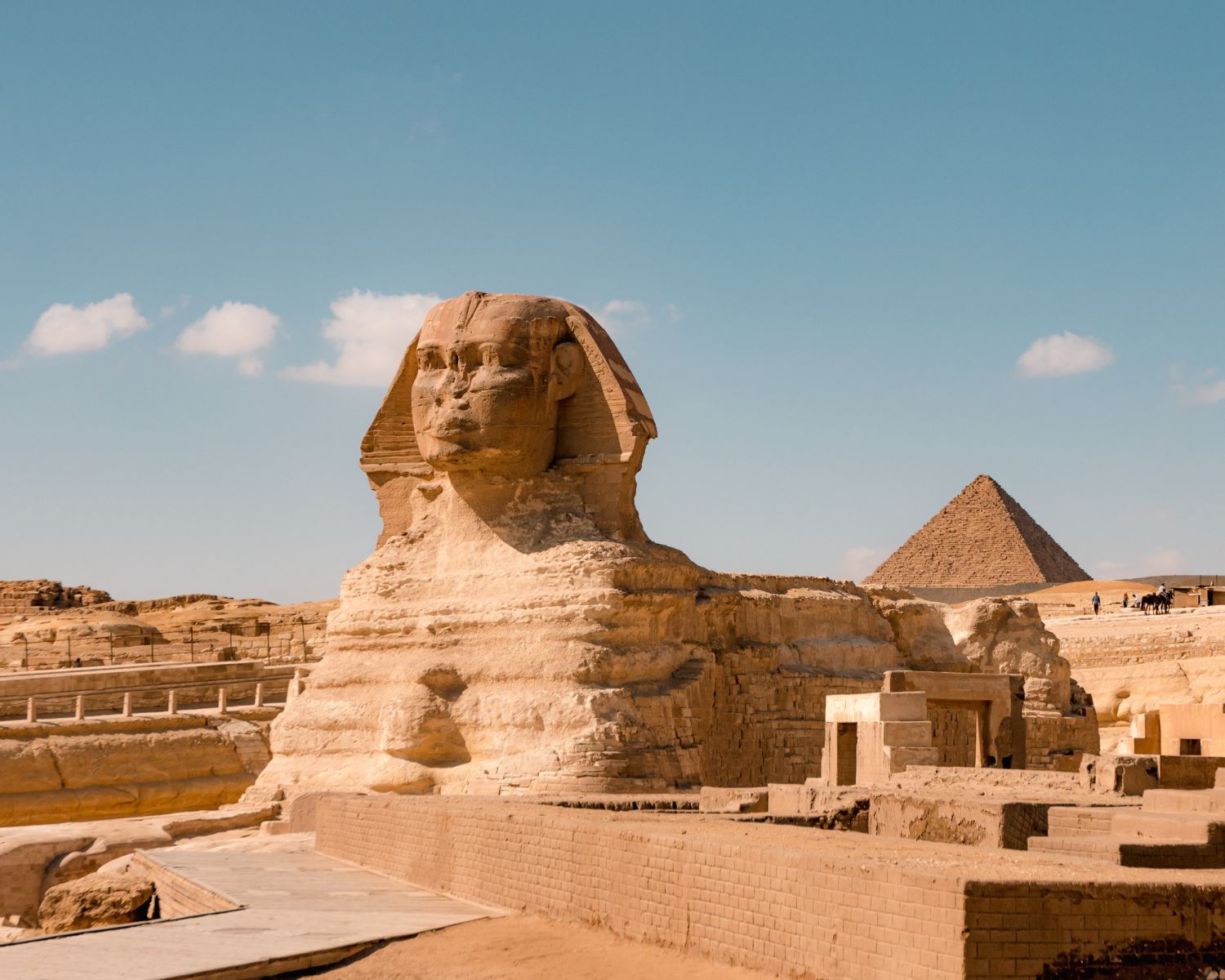
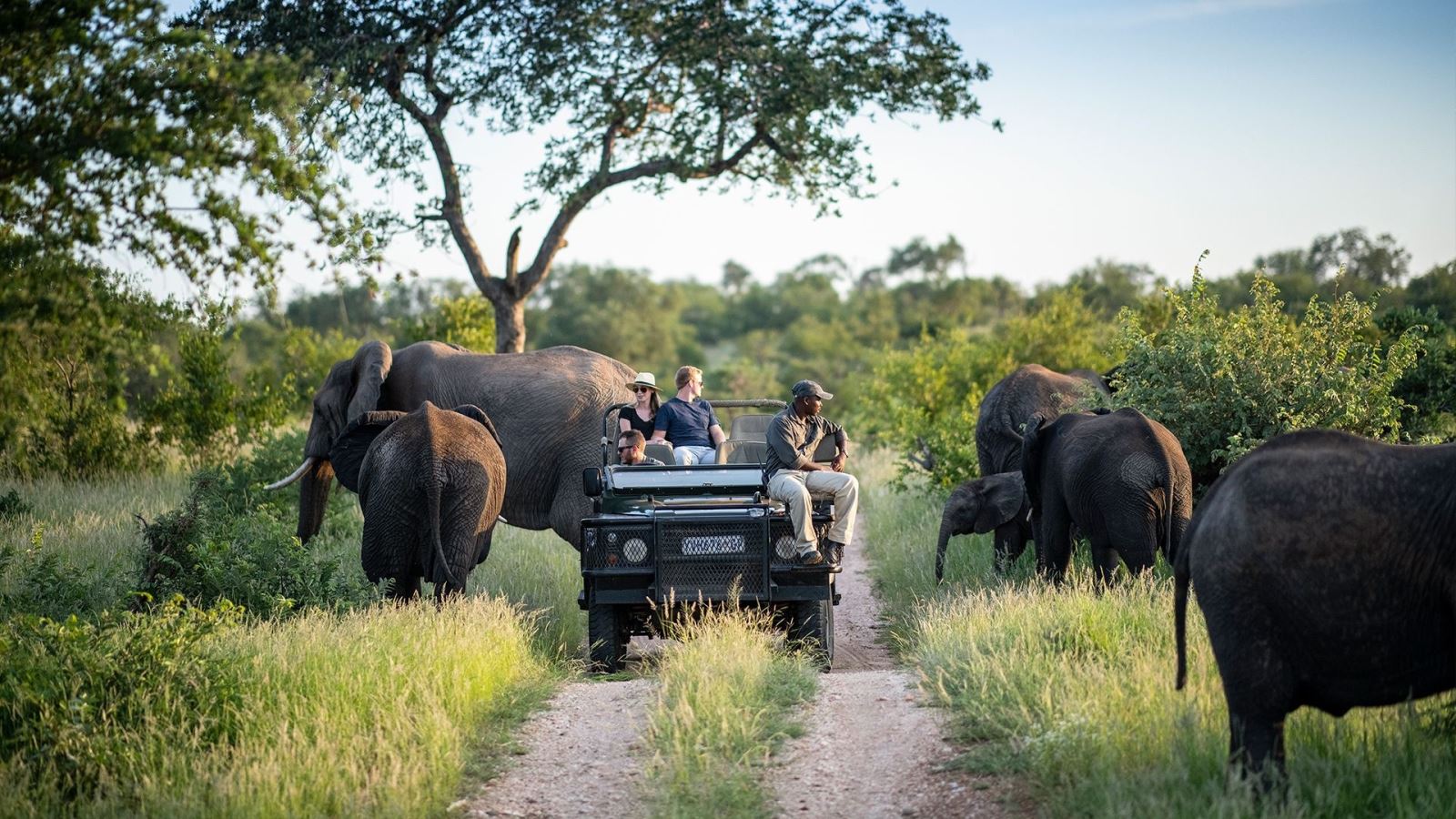
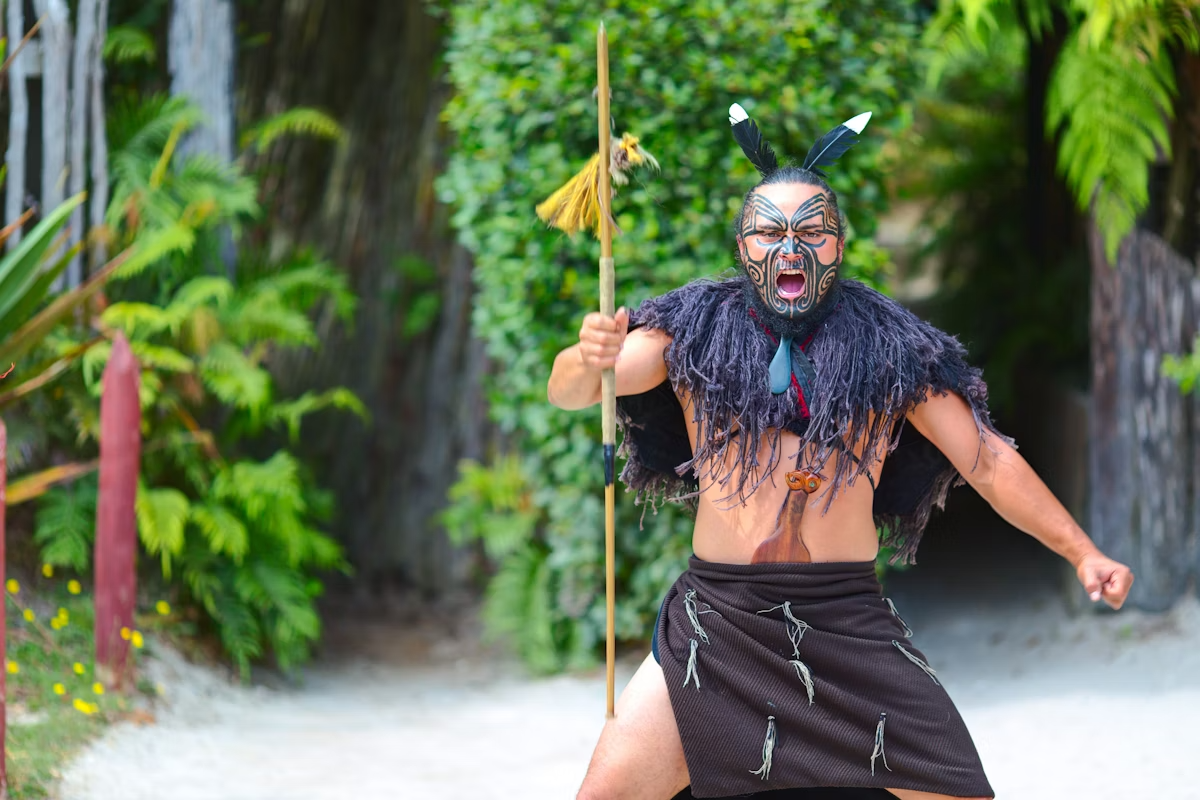
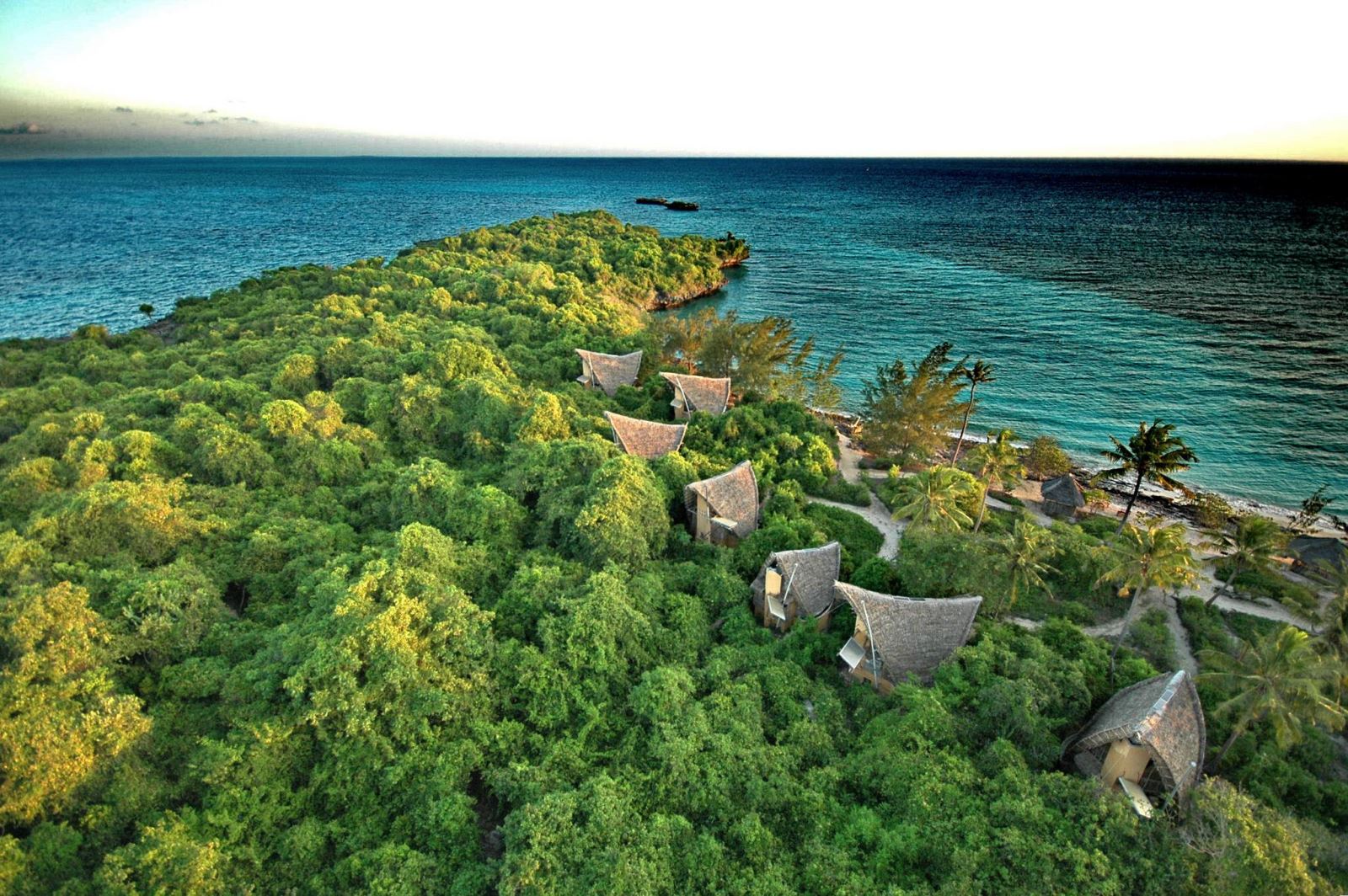

.png)
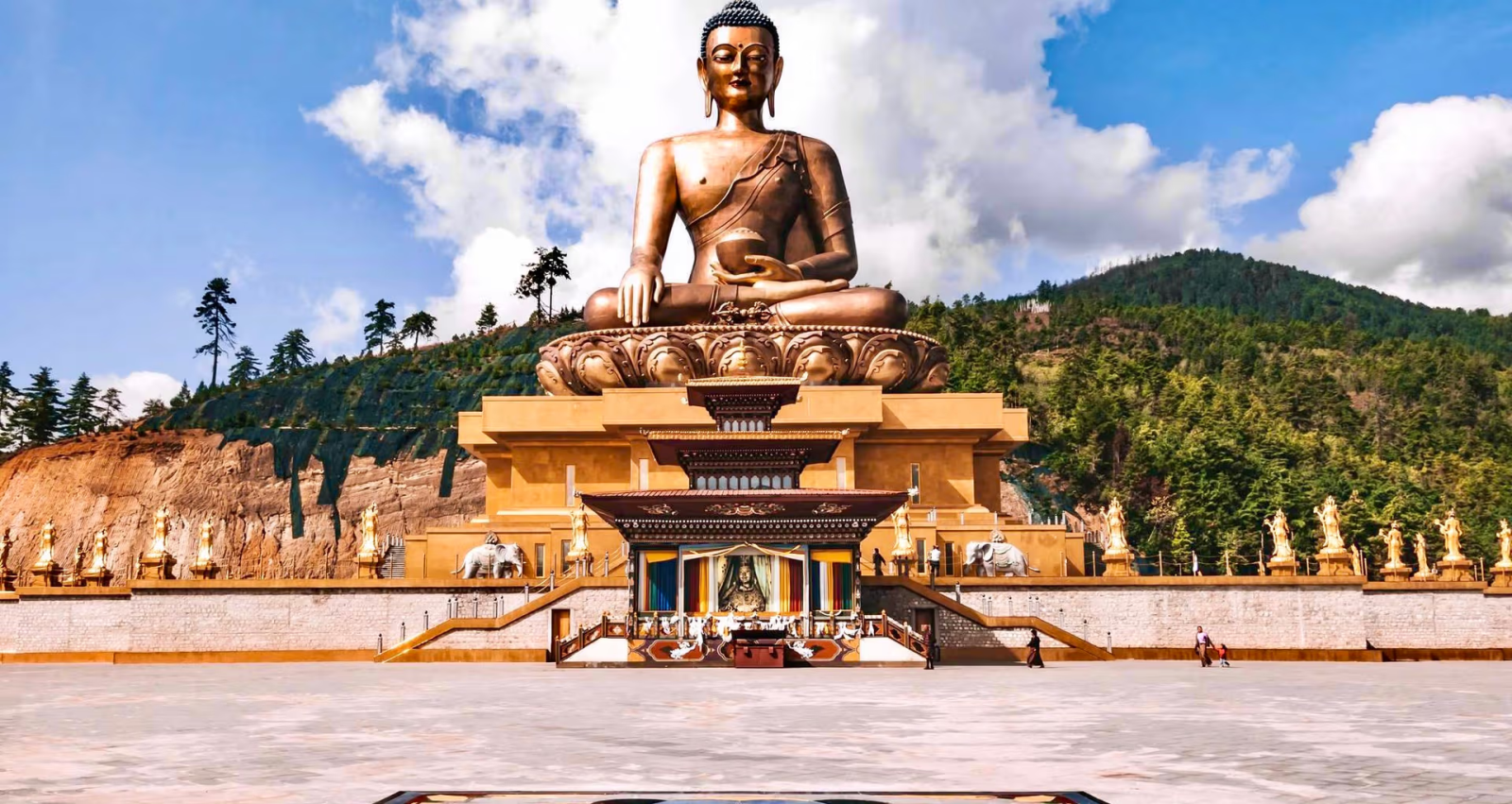


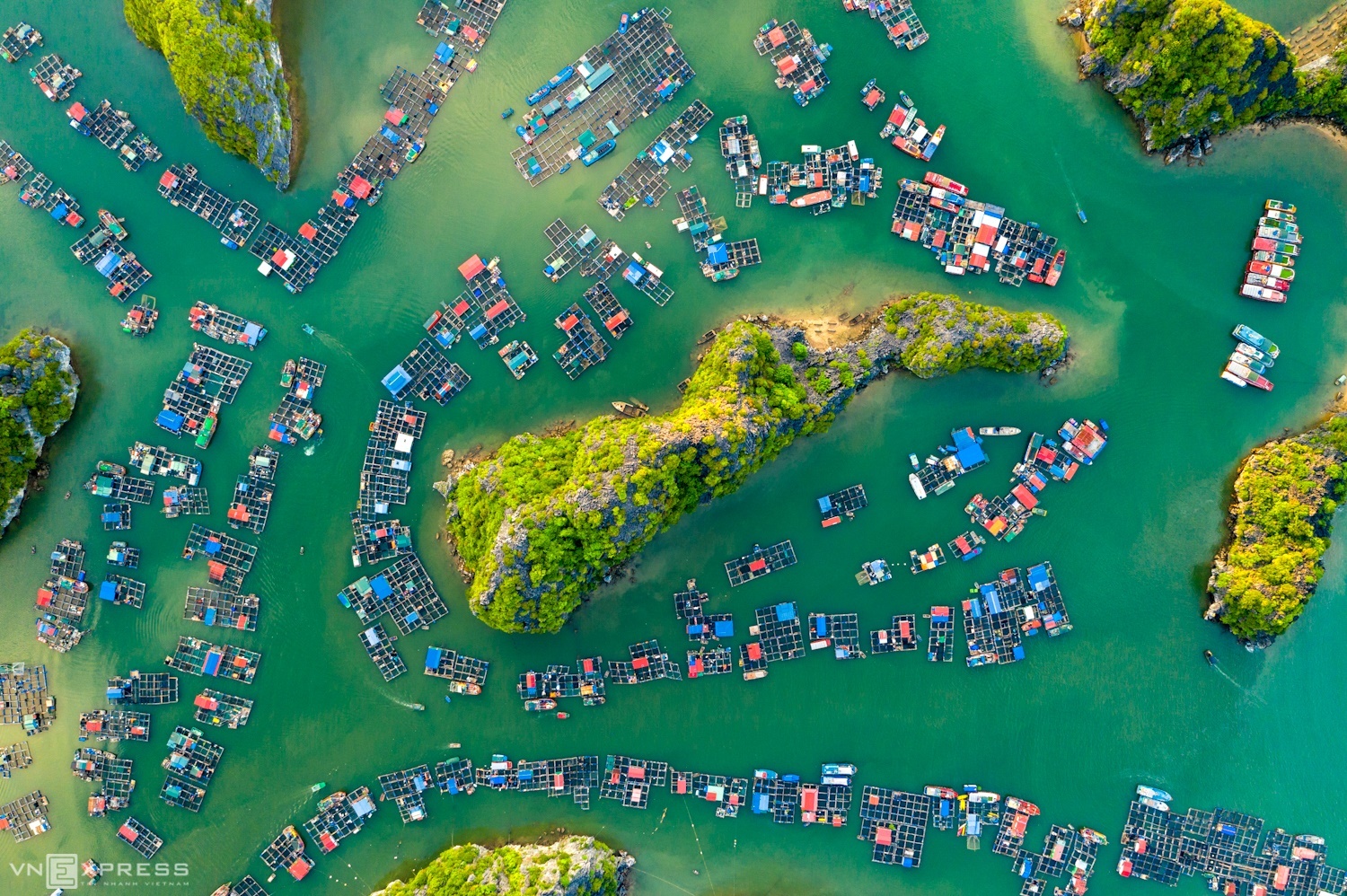
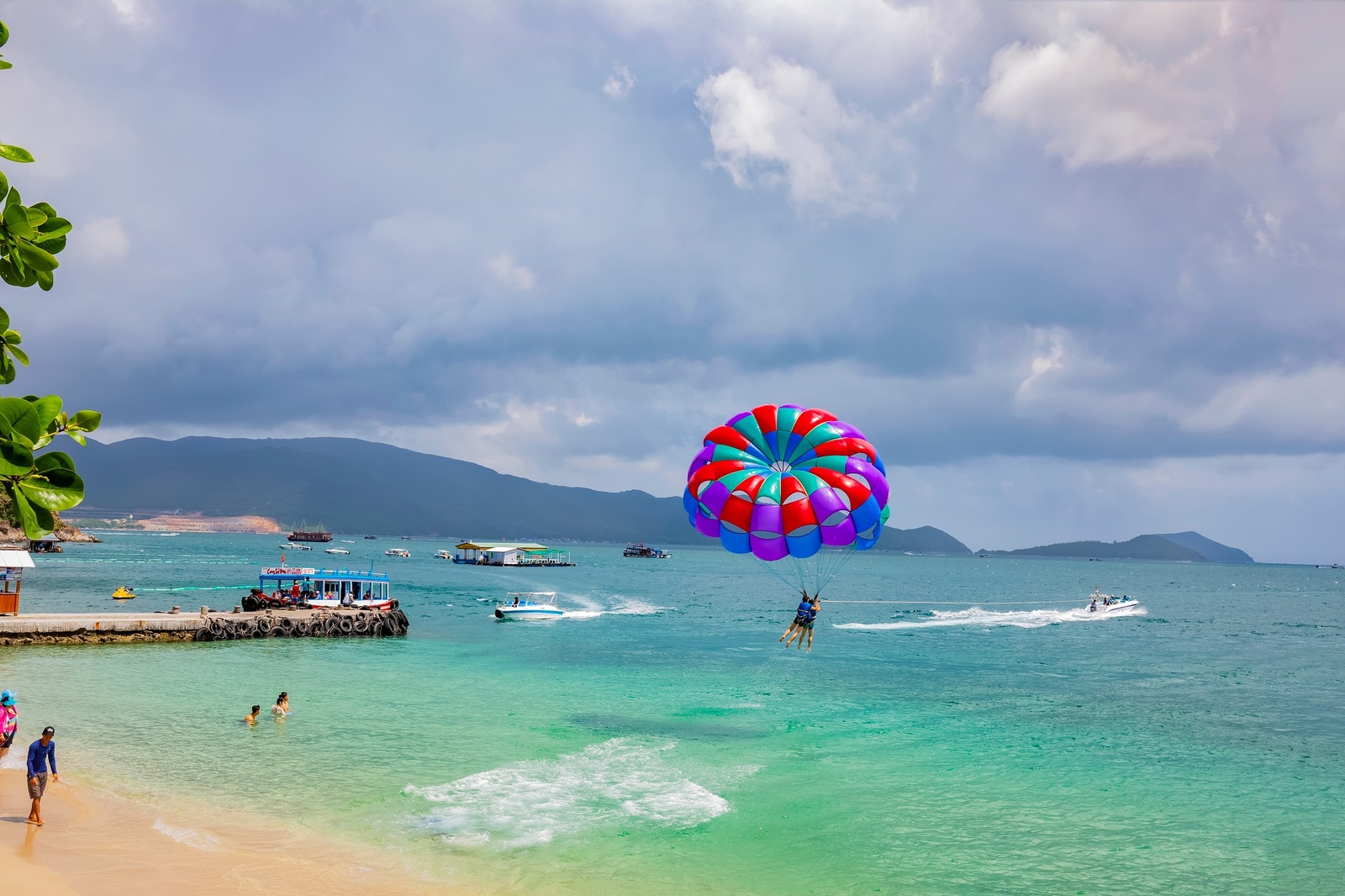

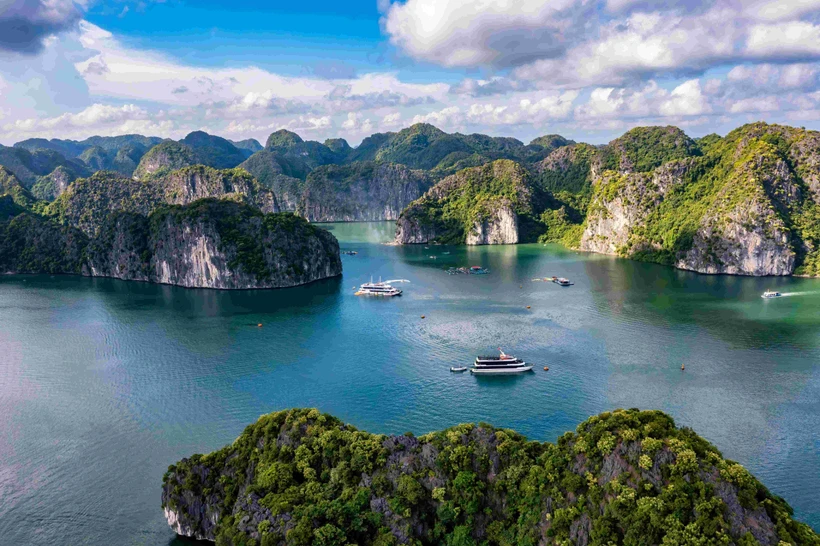
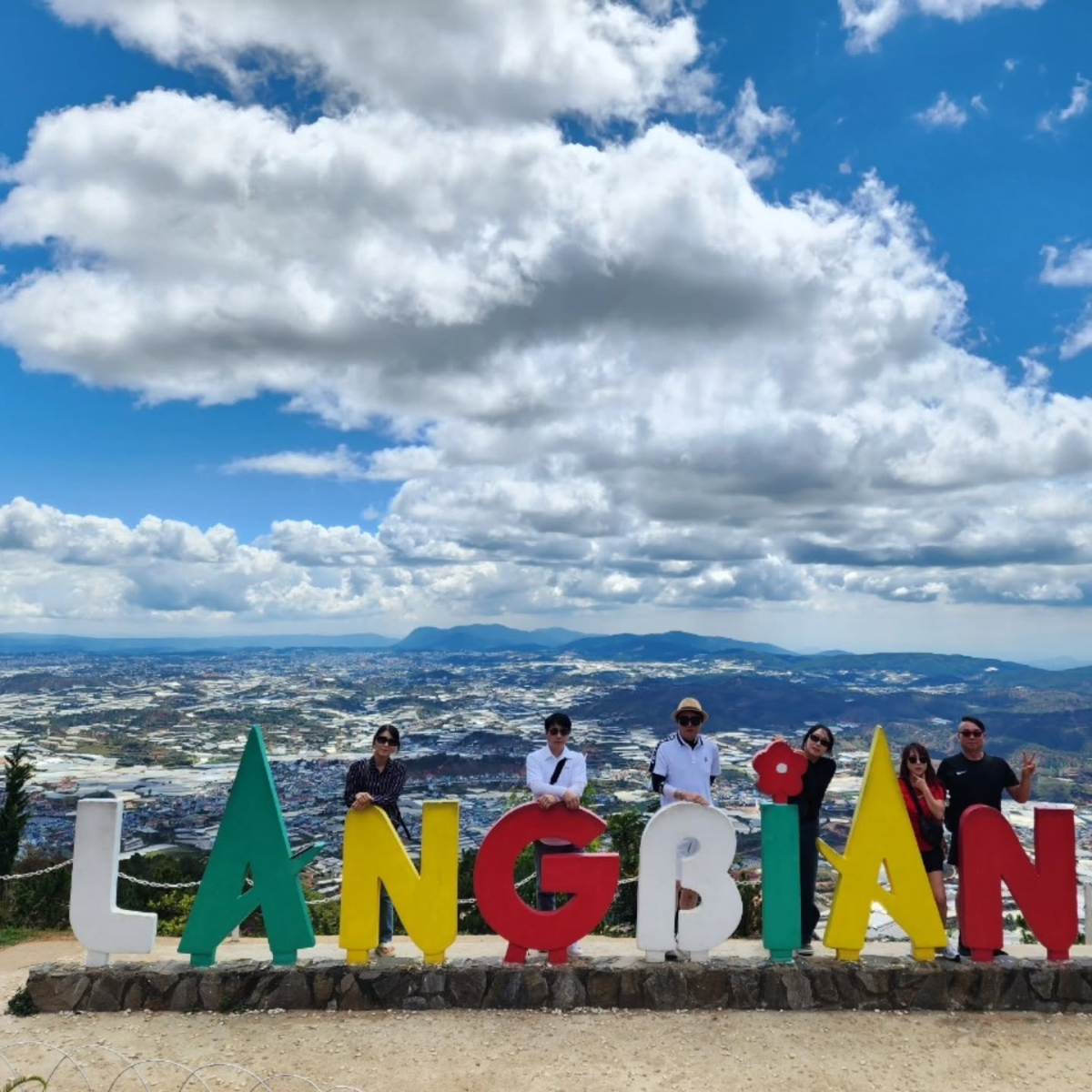
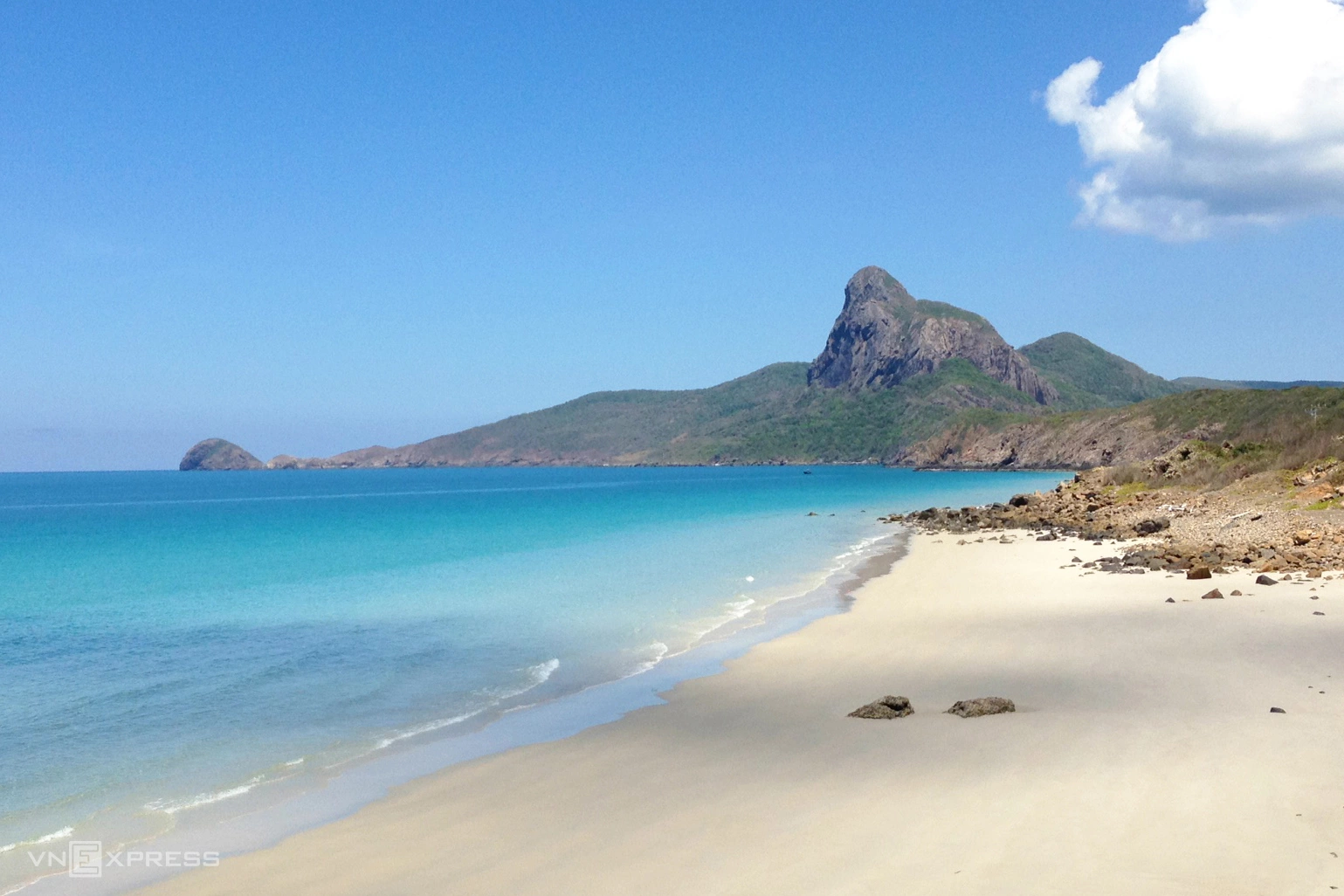

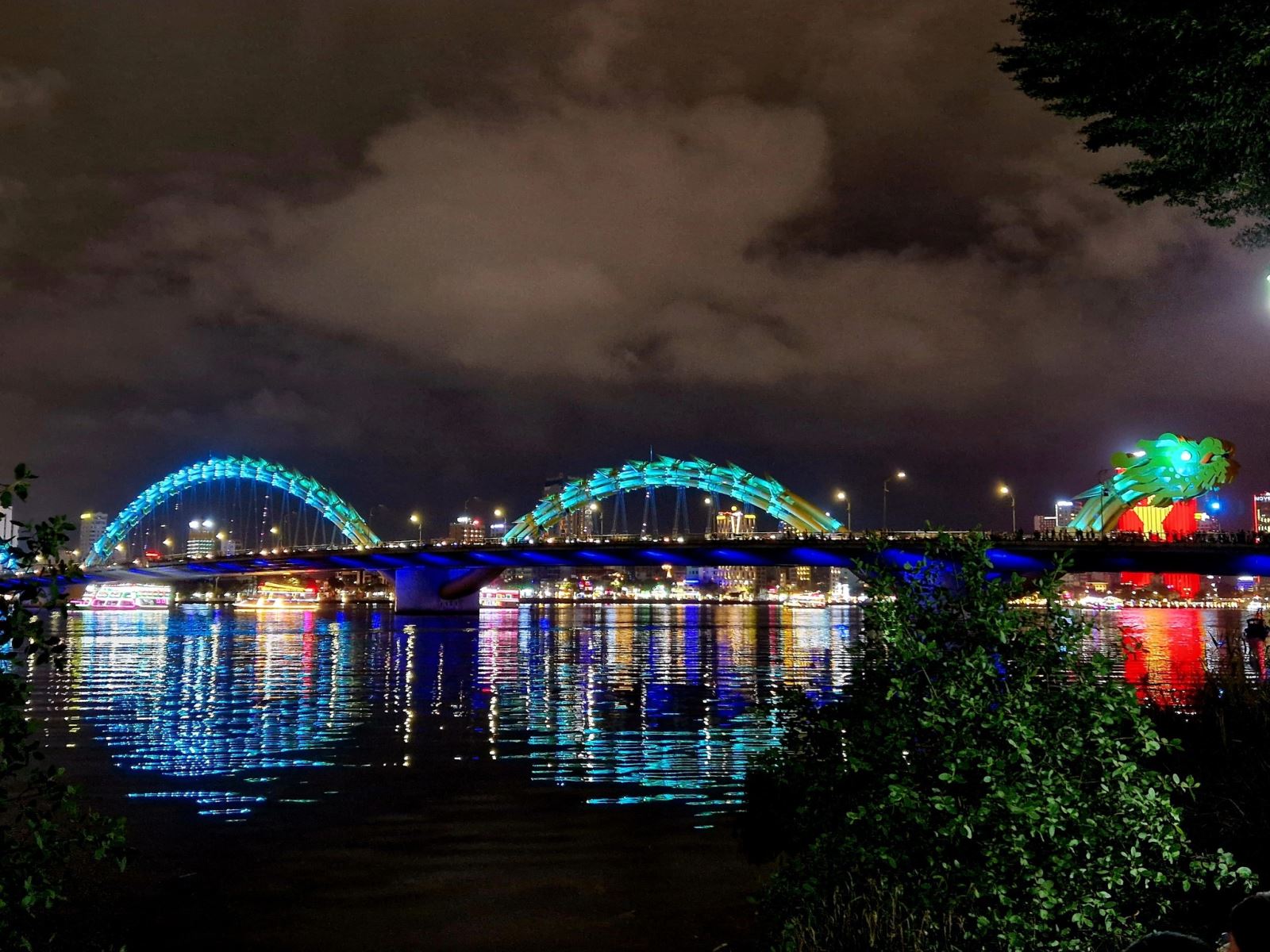

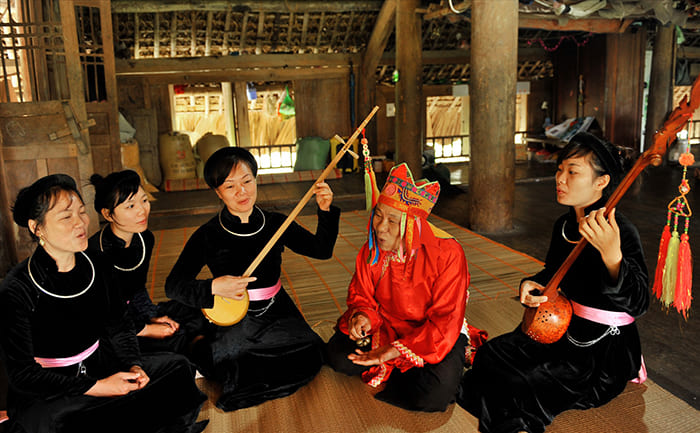
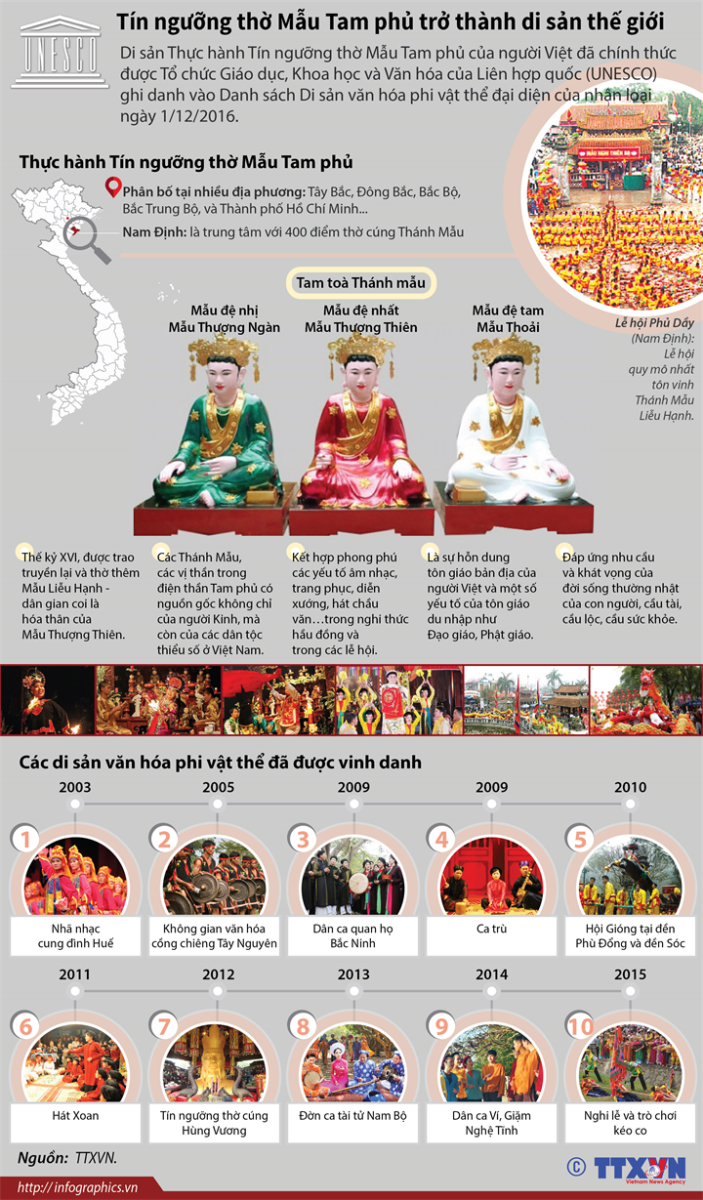
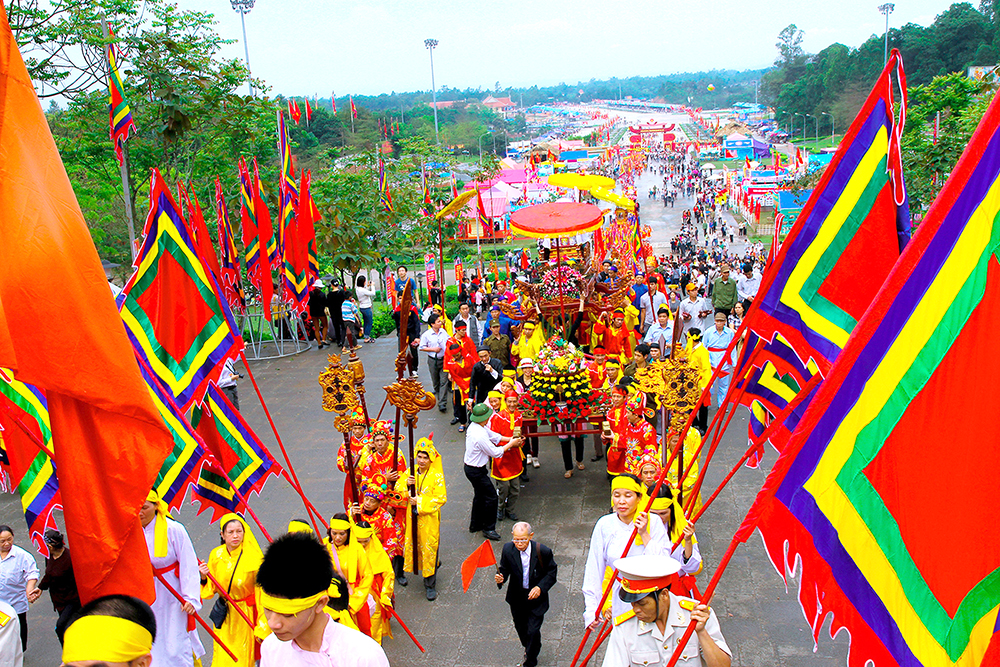
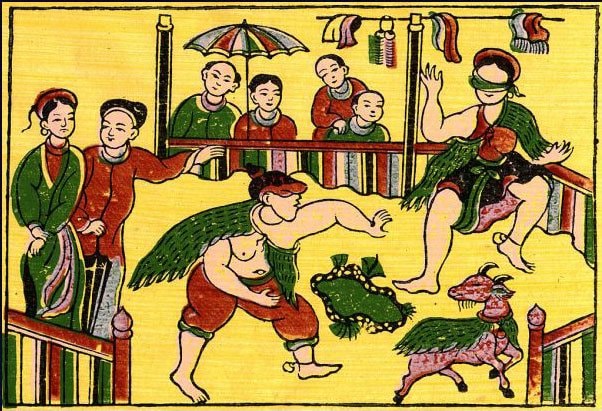
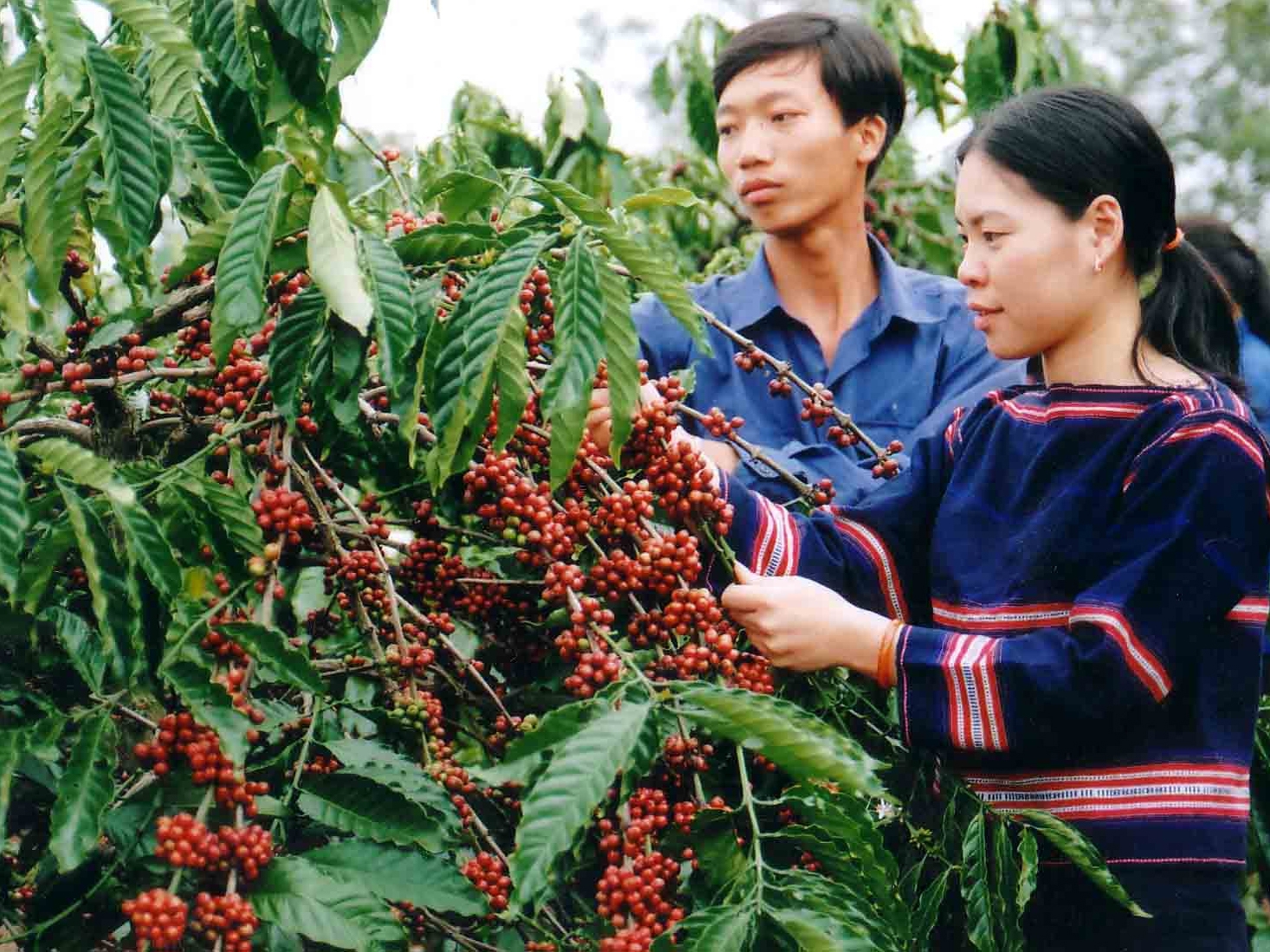

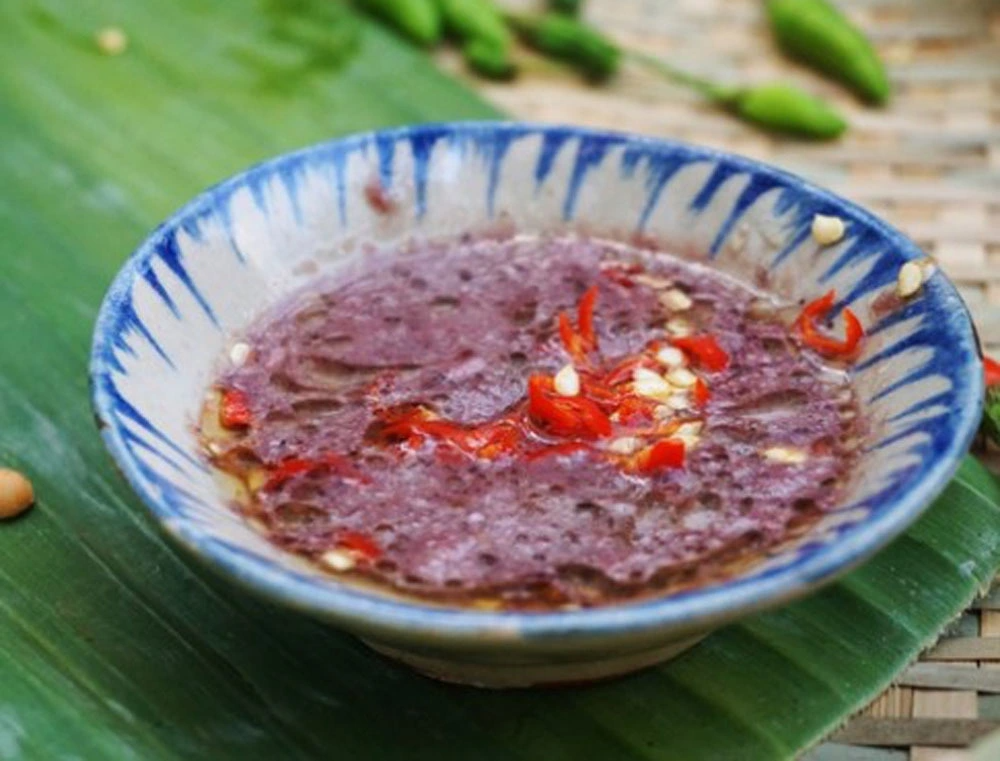
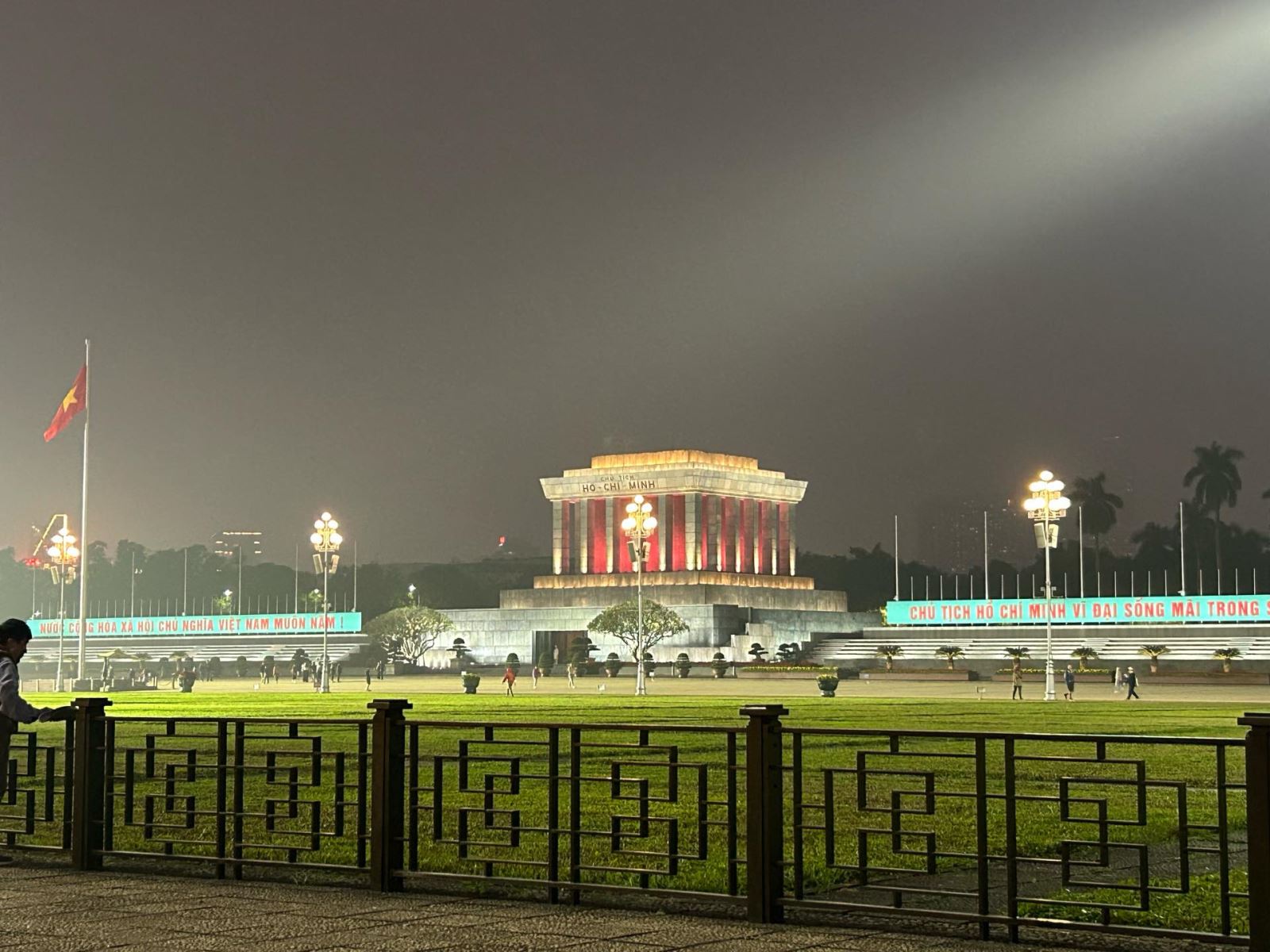
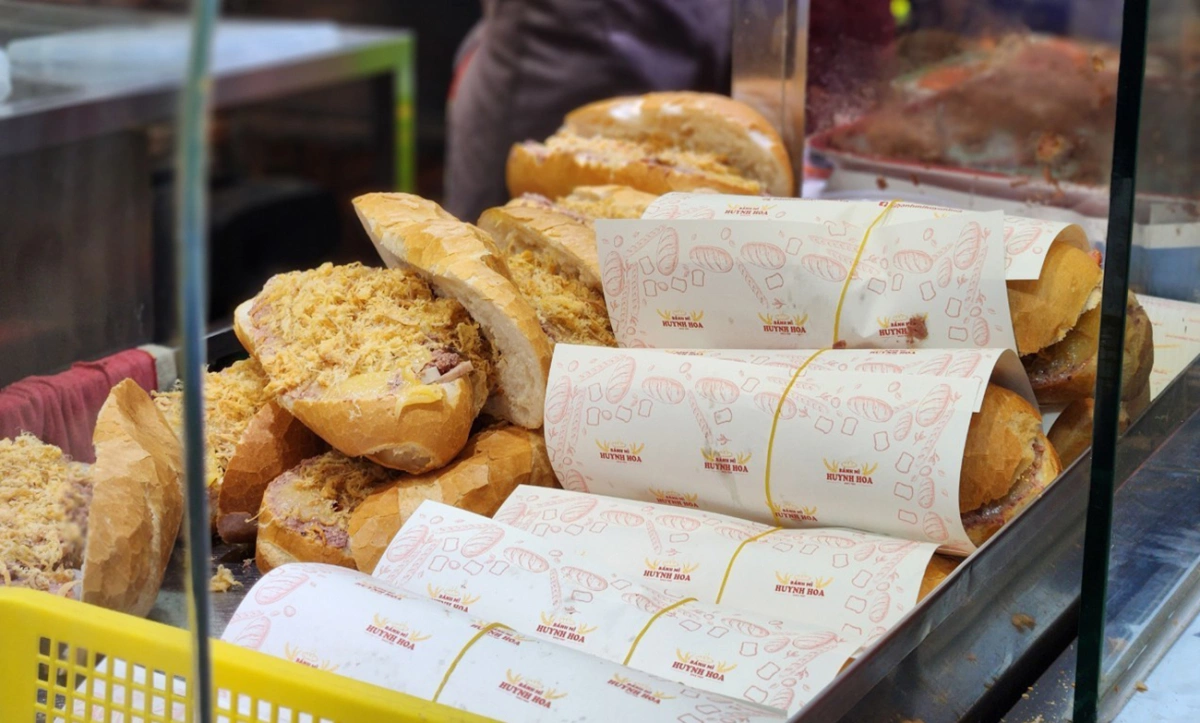
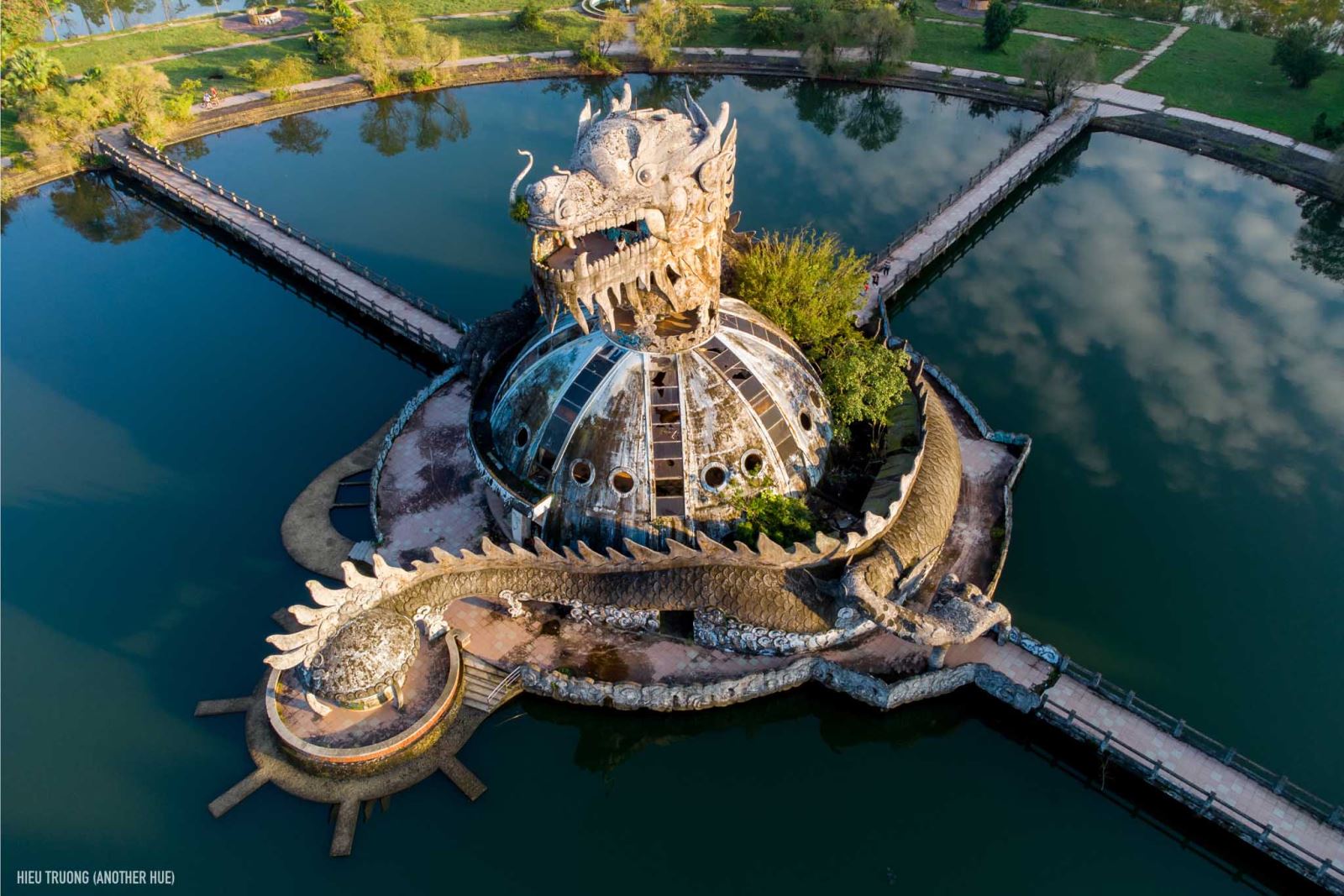
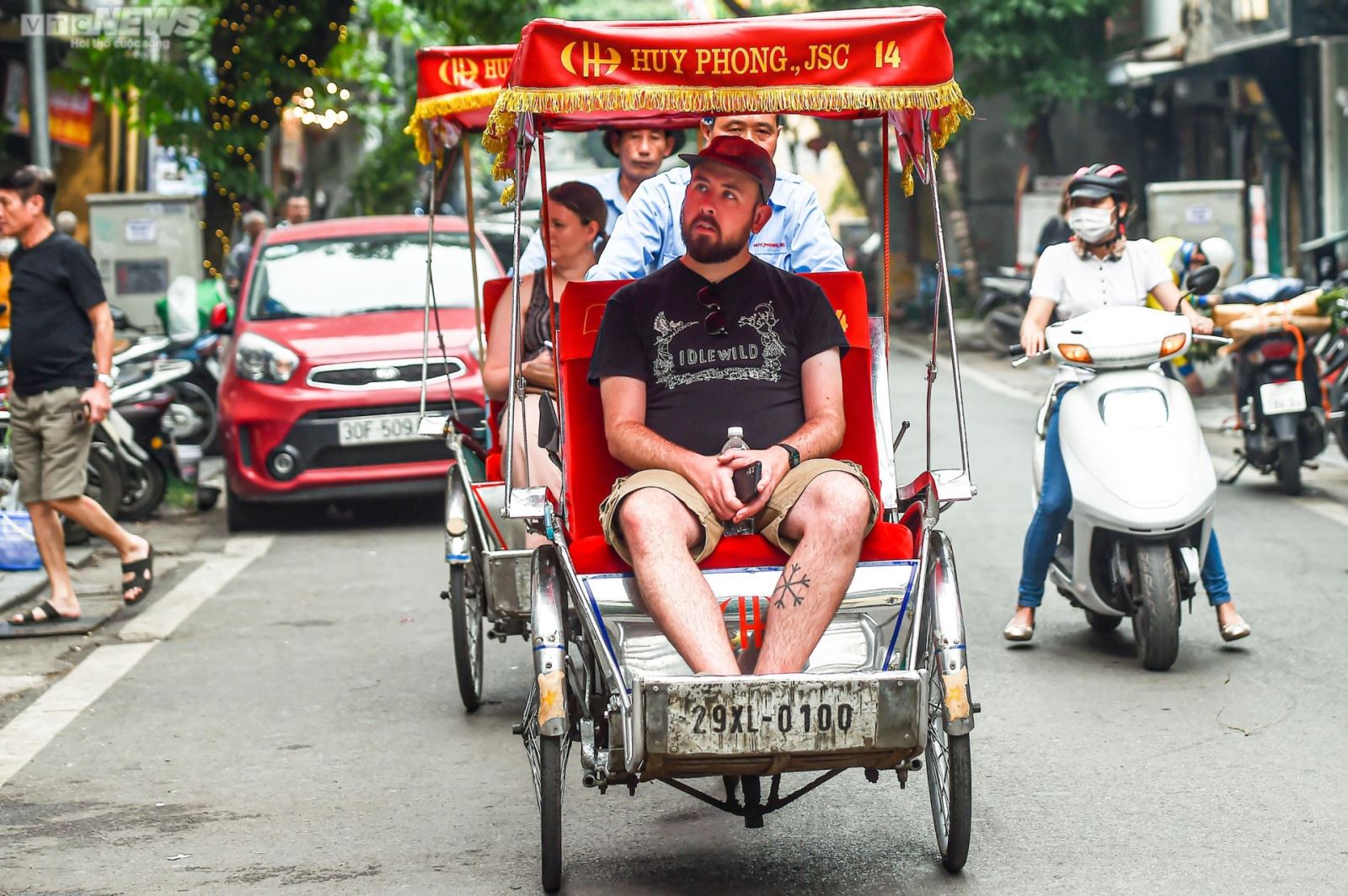
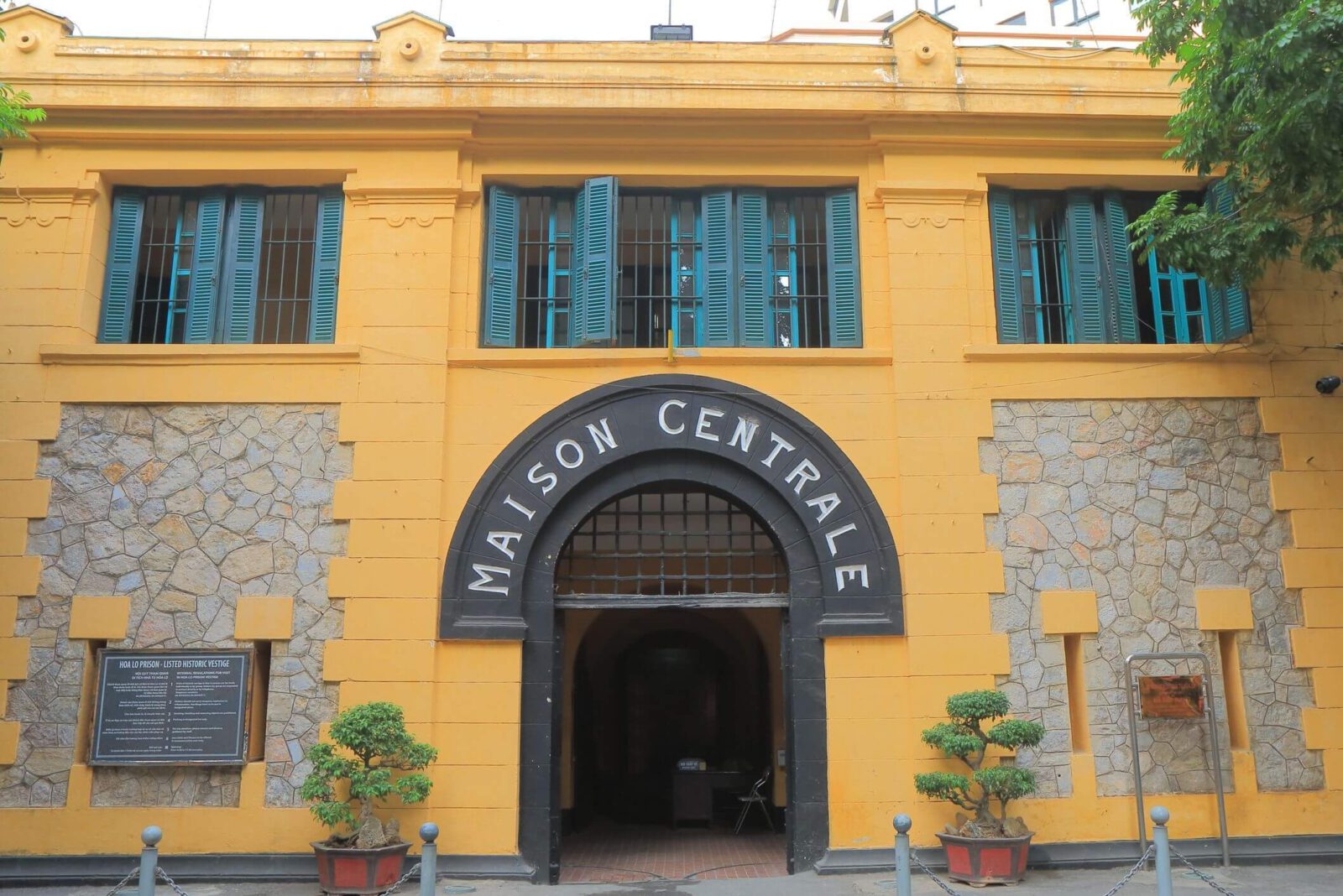
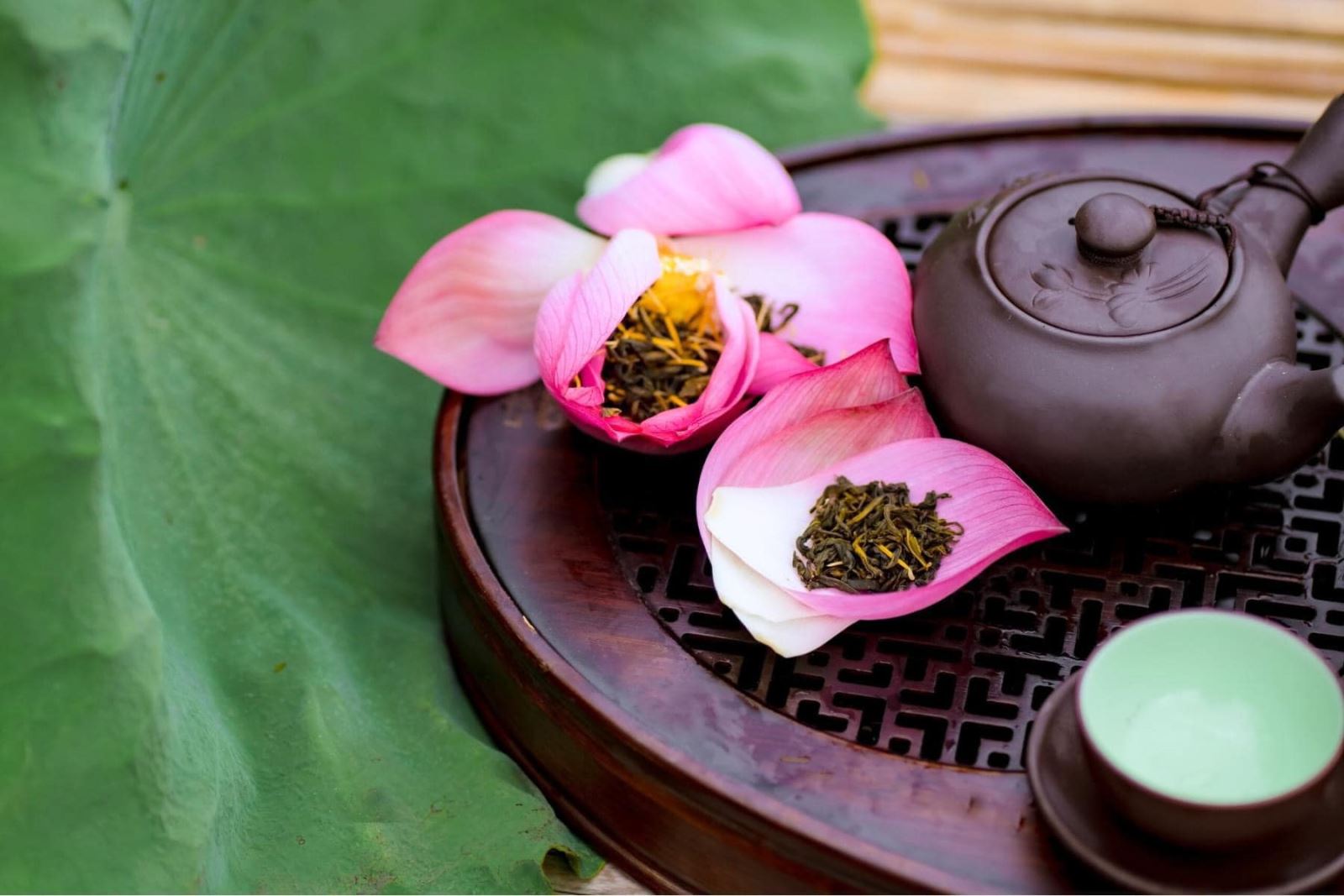
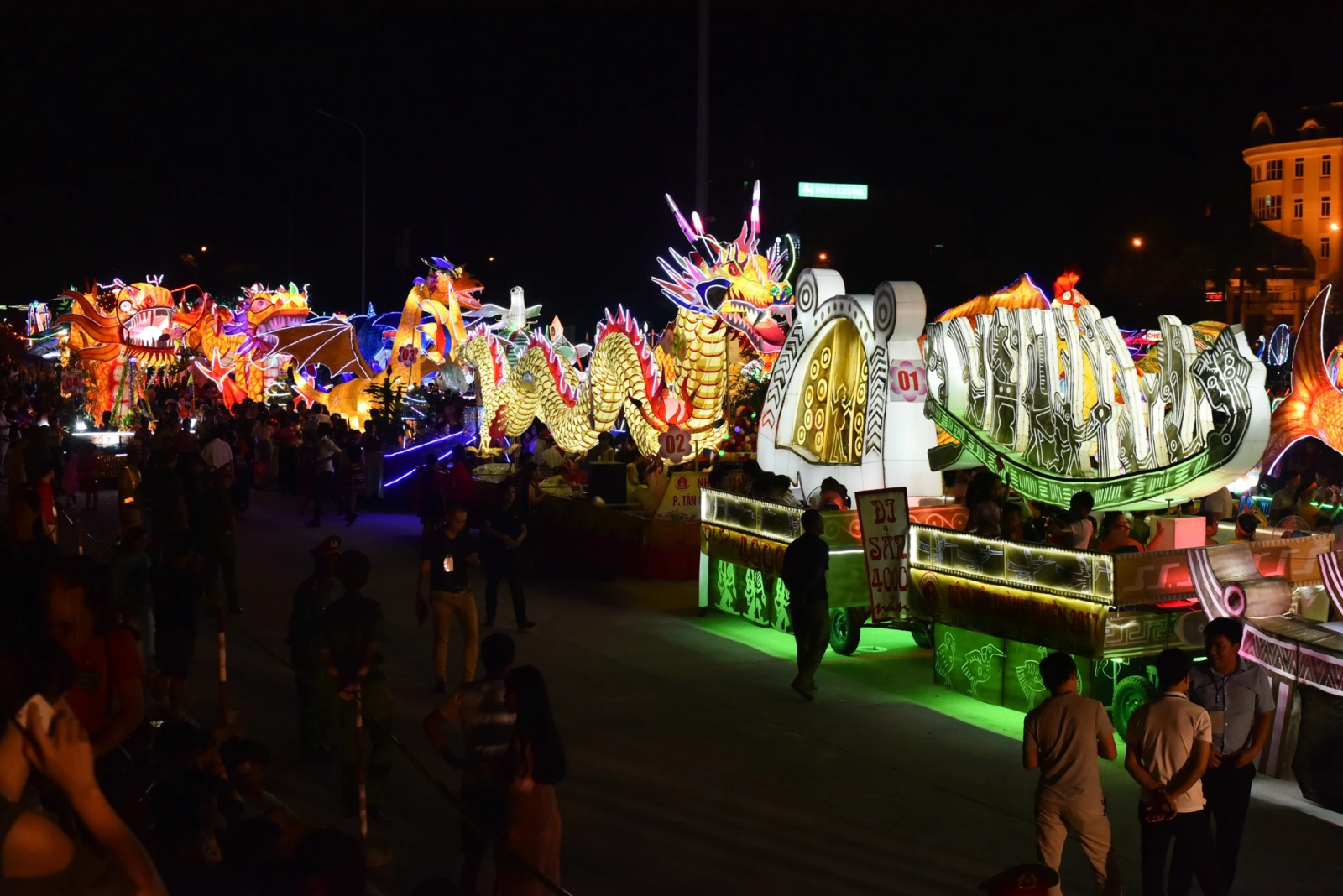
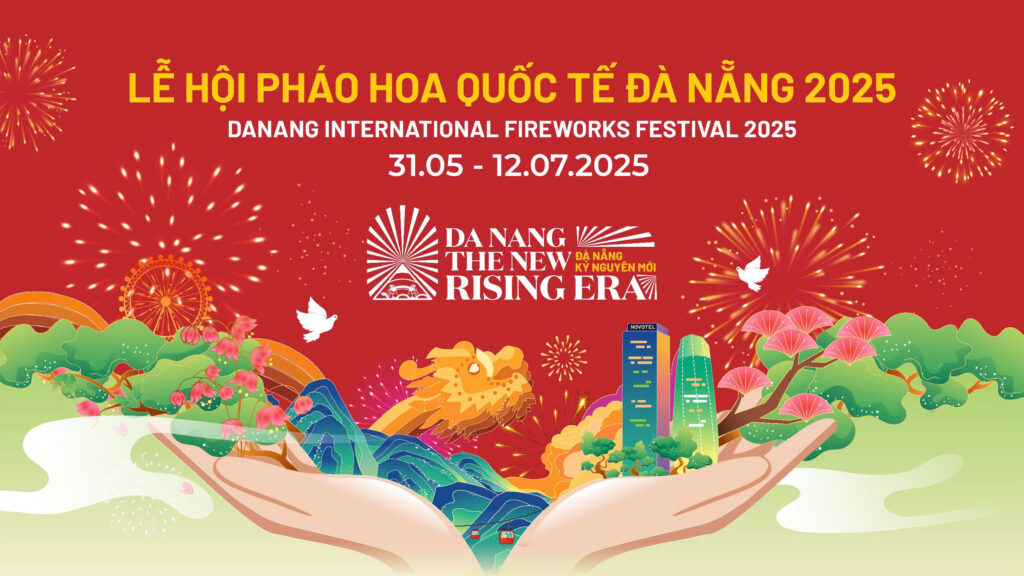
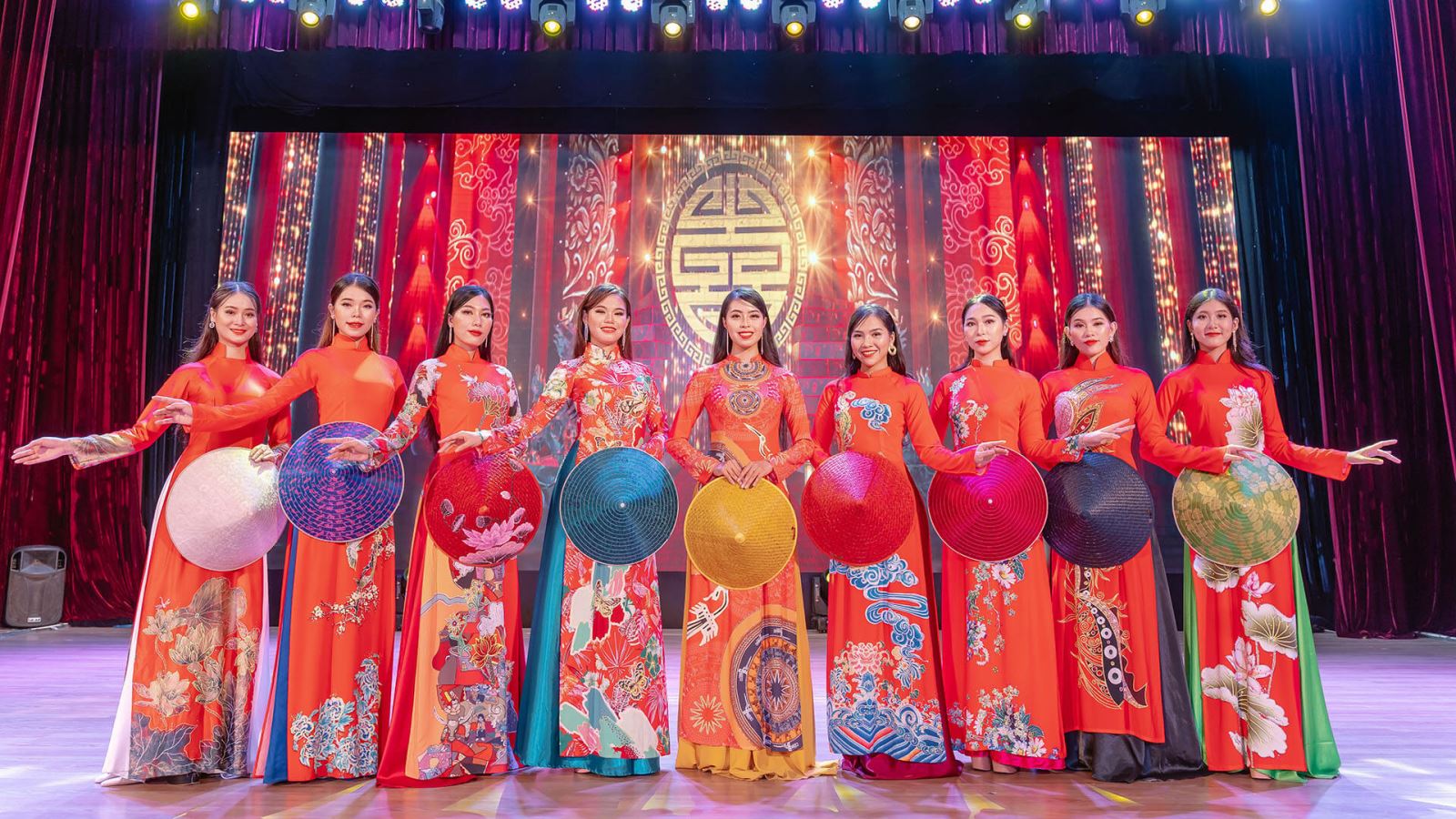
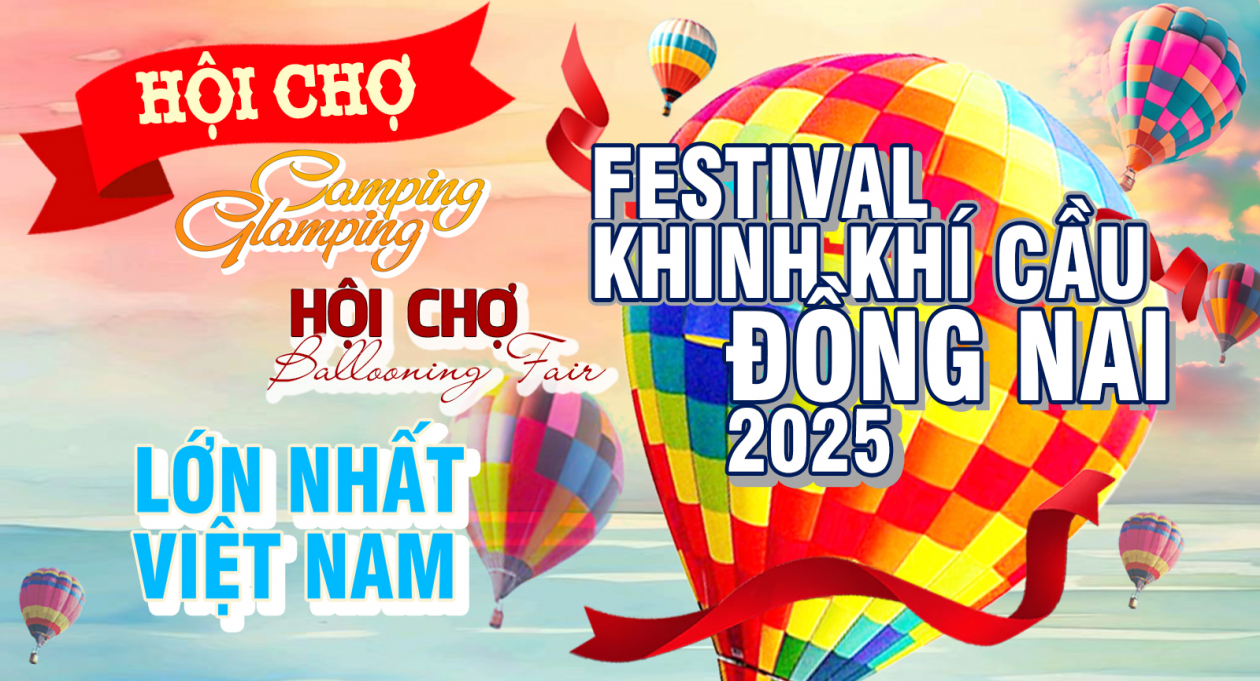
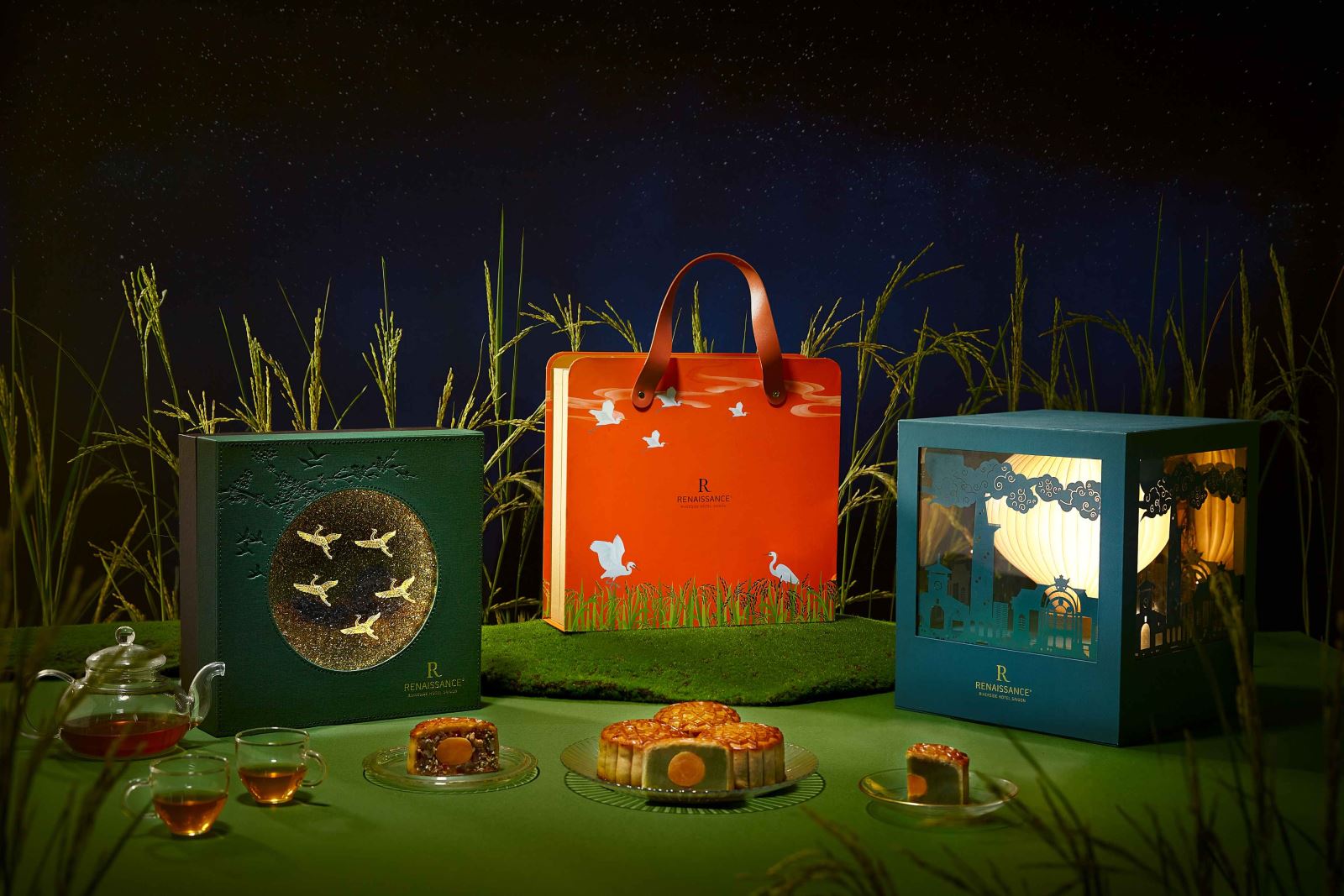
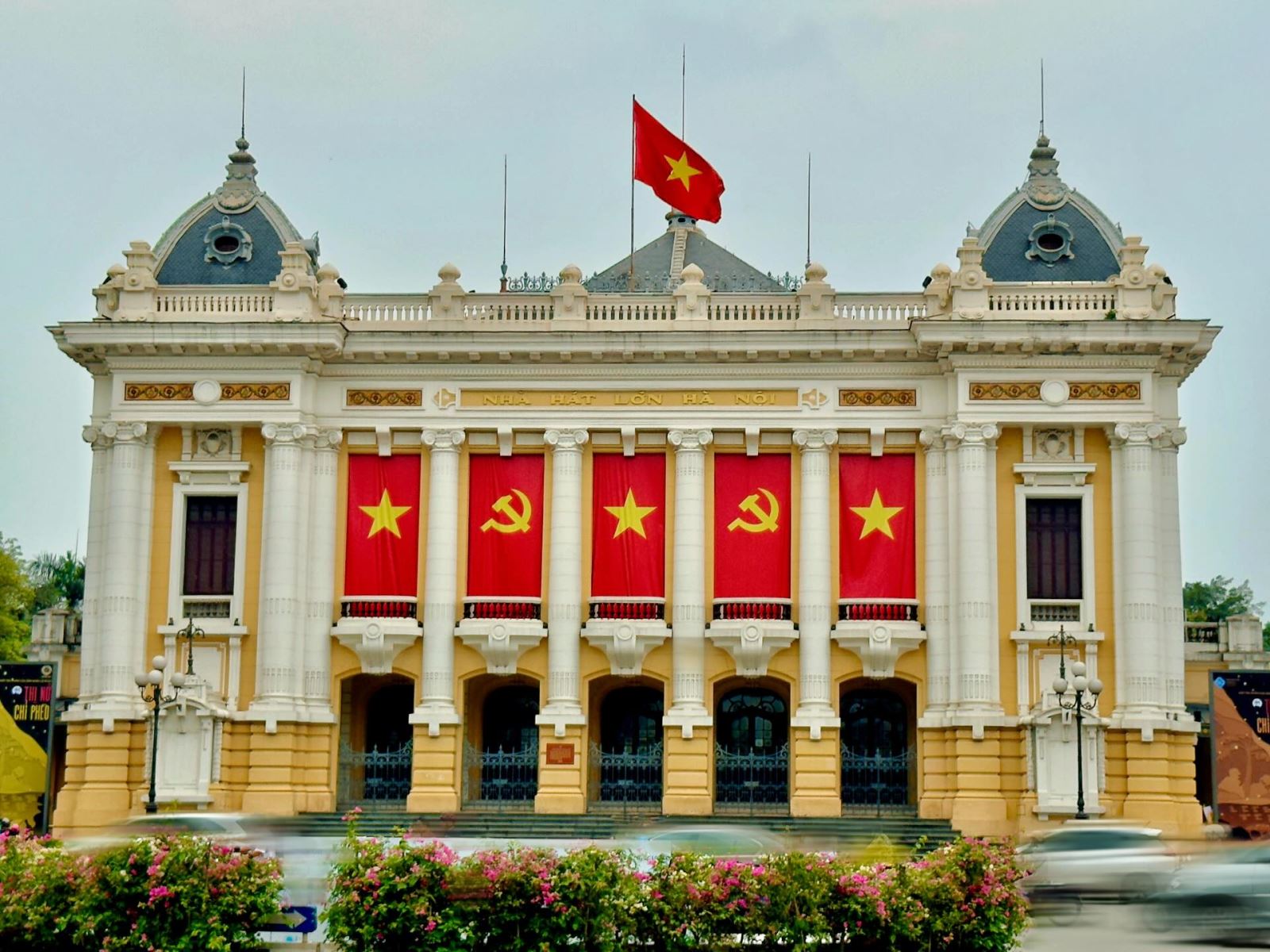
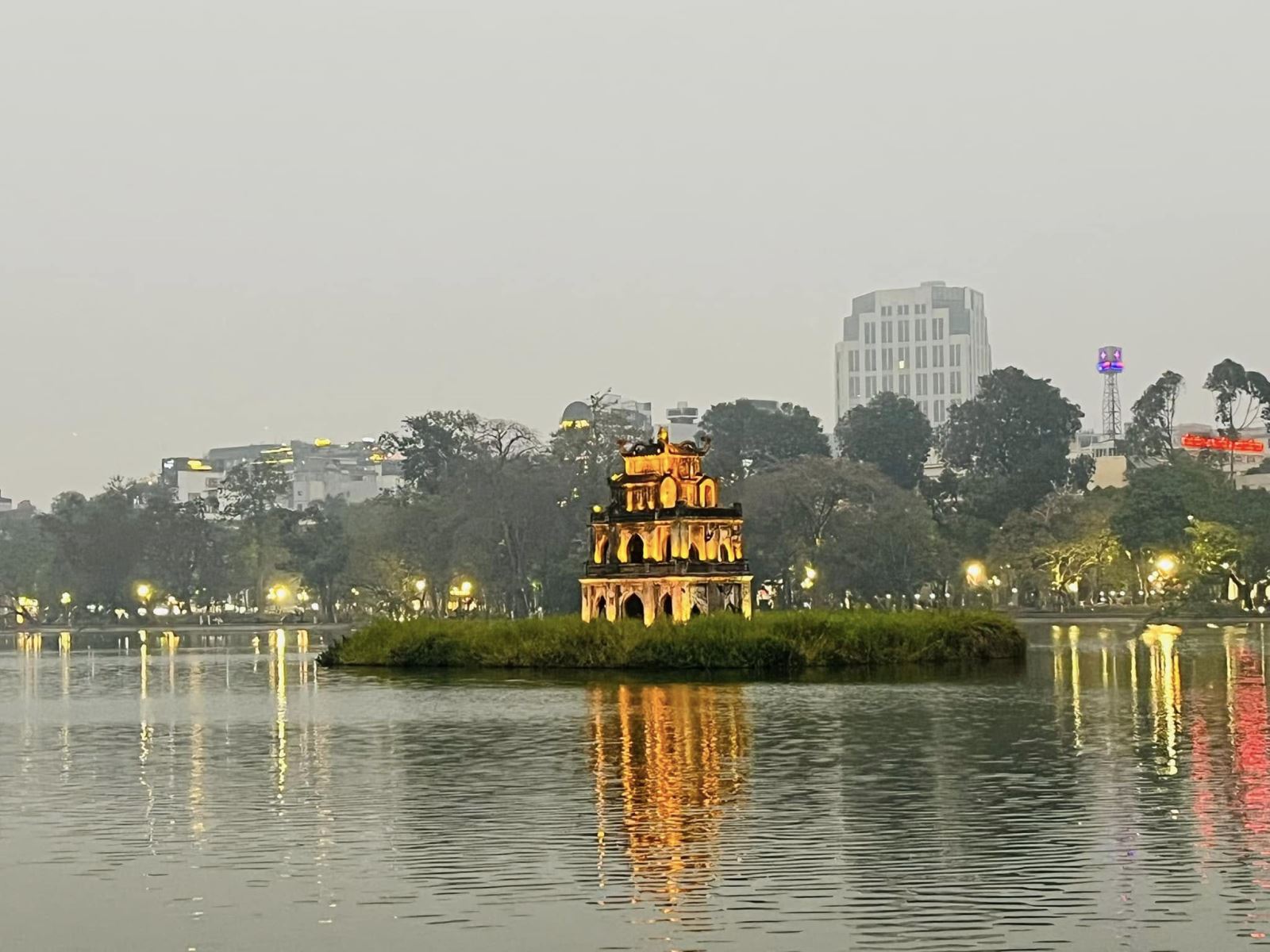
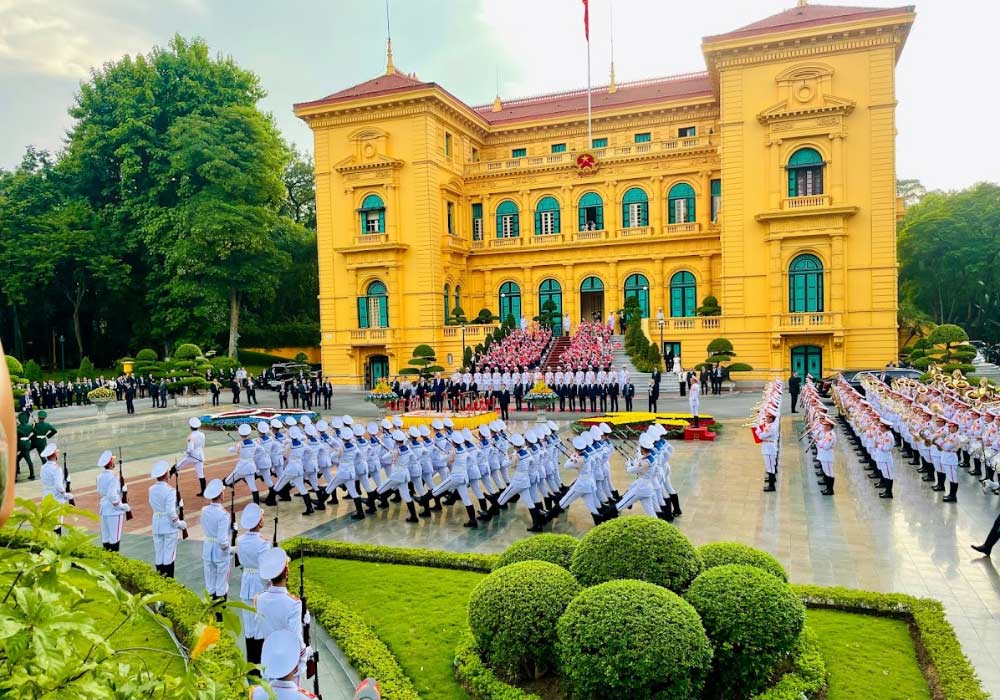
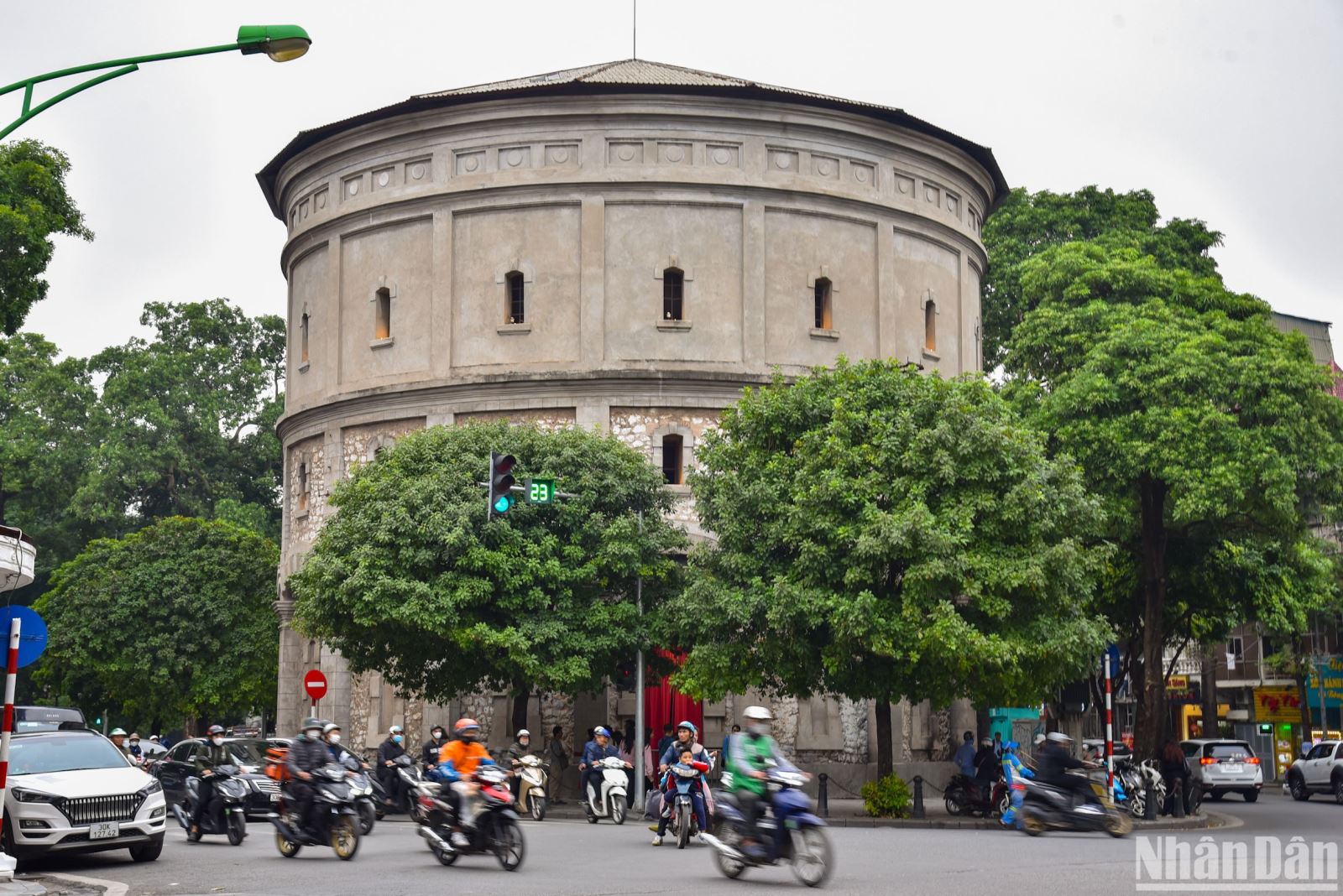
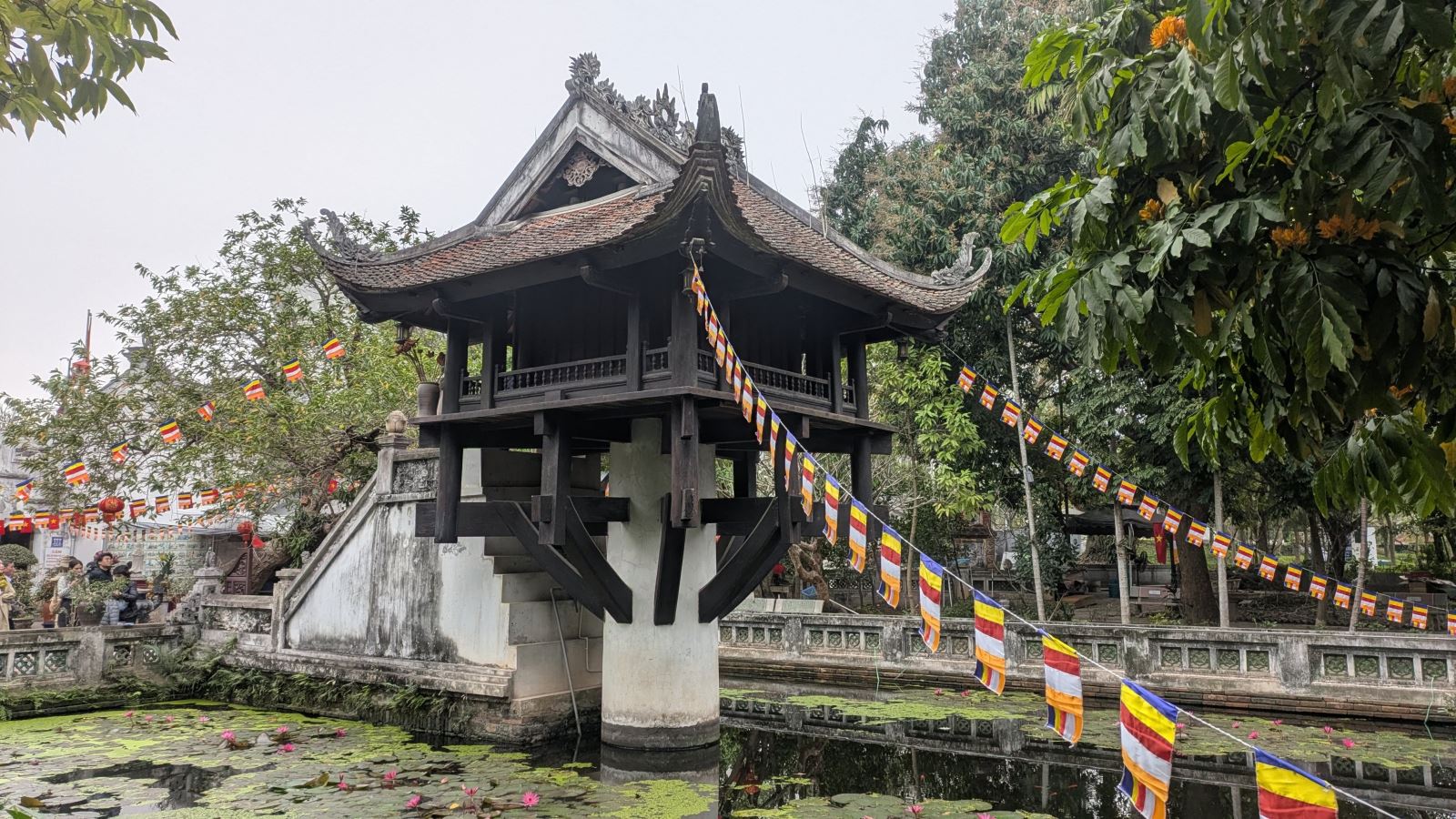
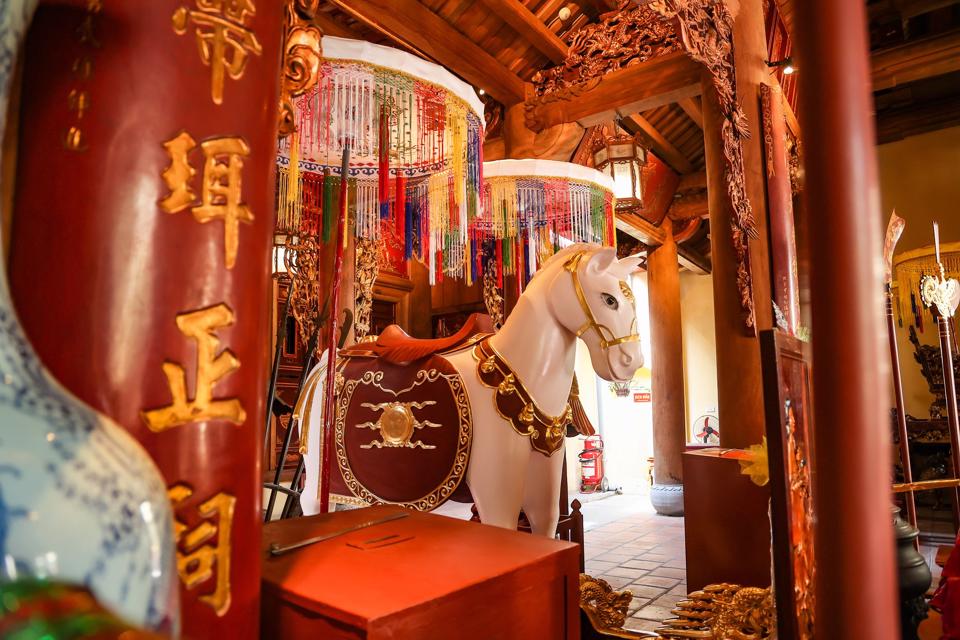
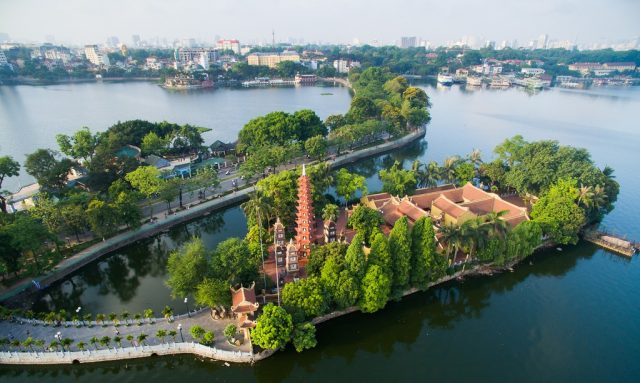
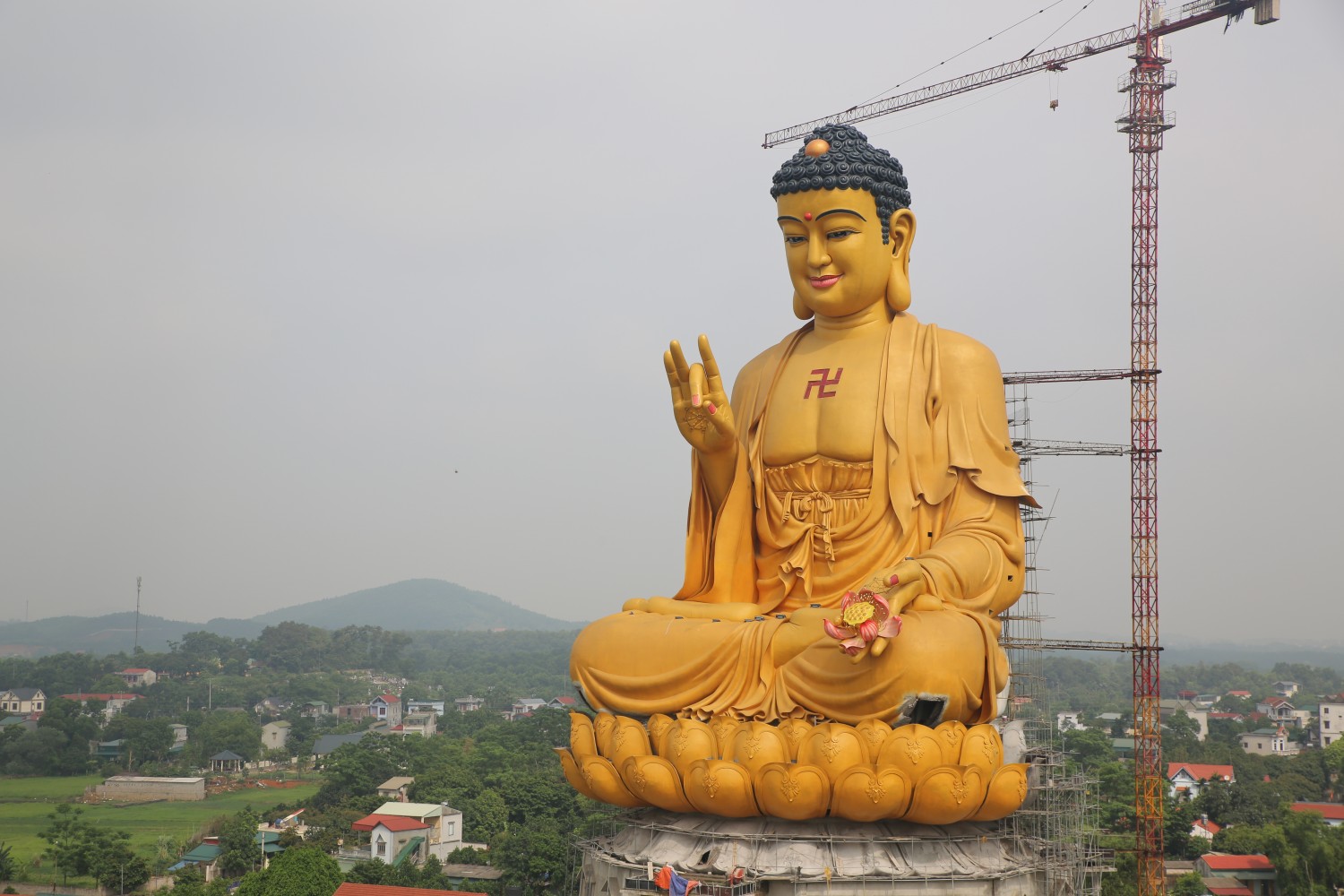
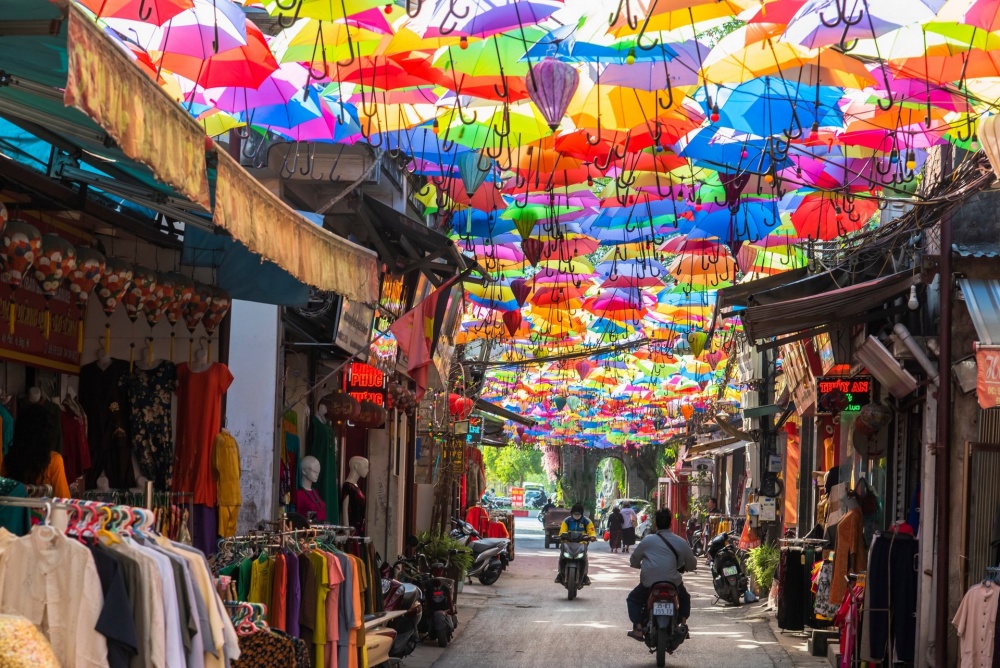
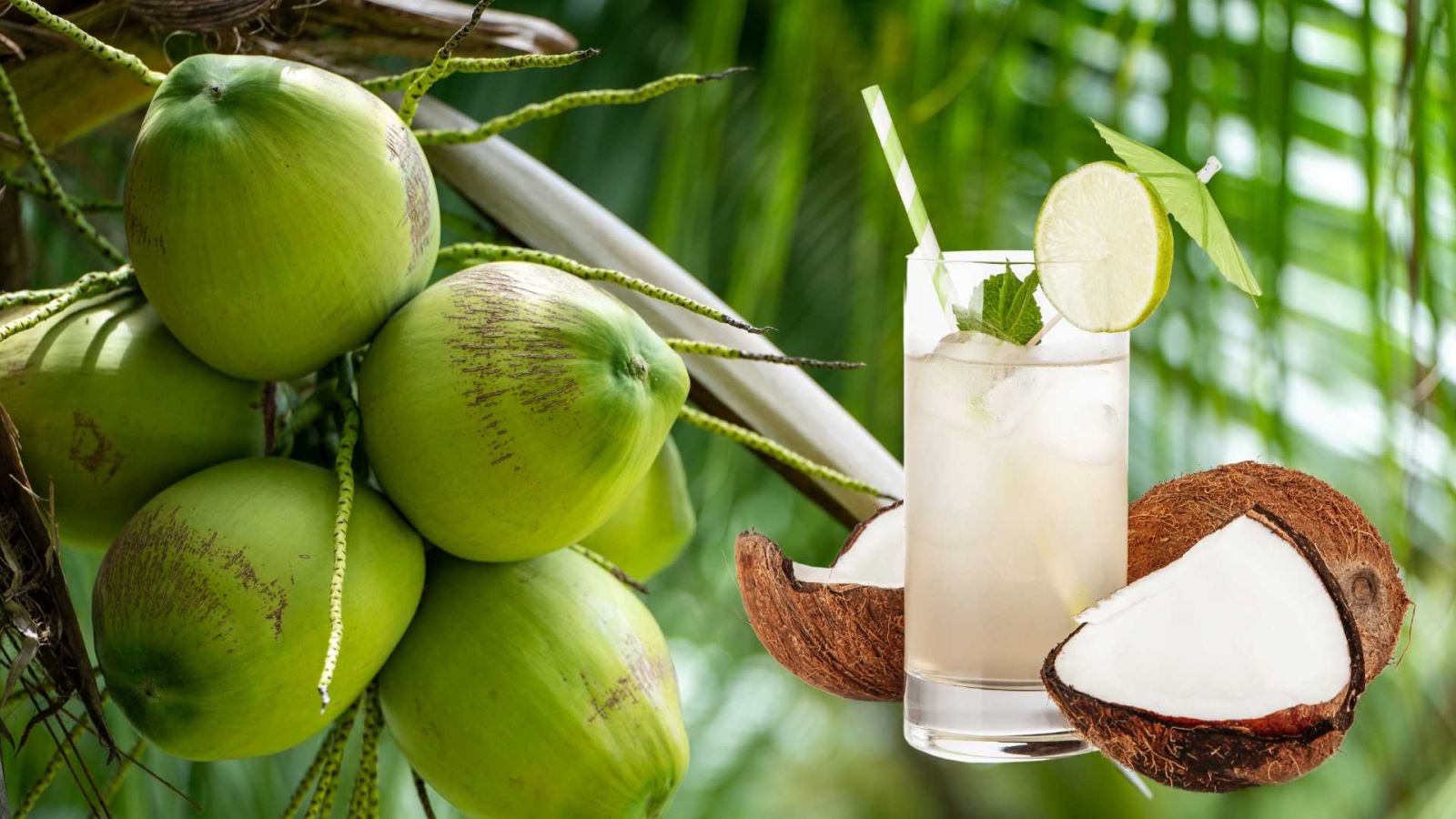
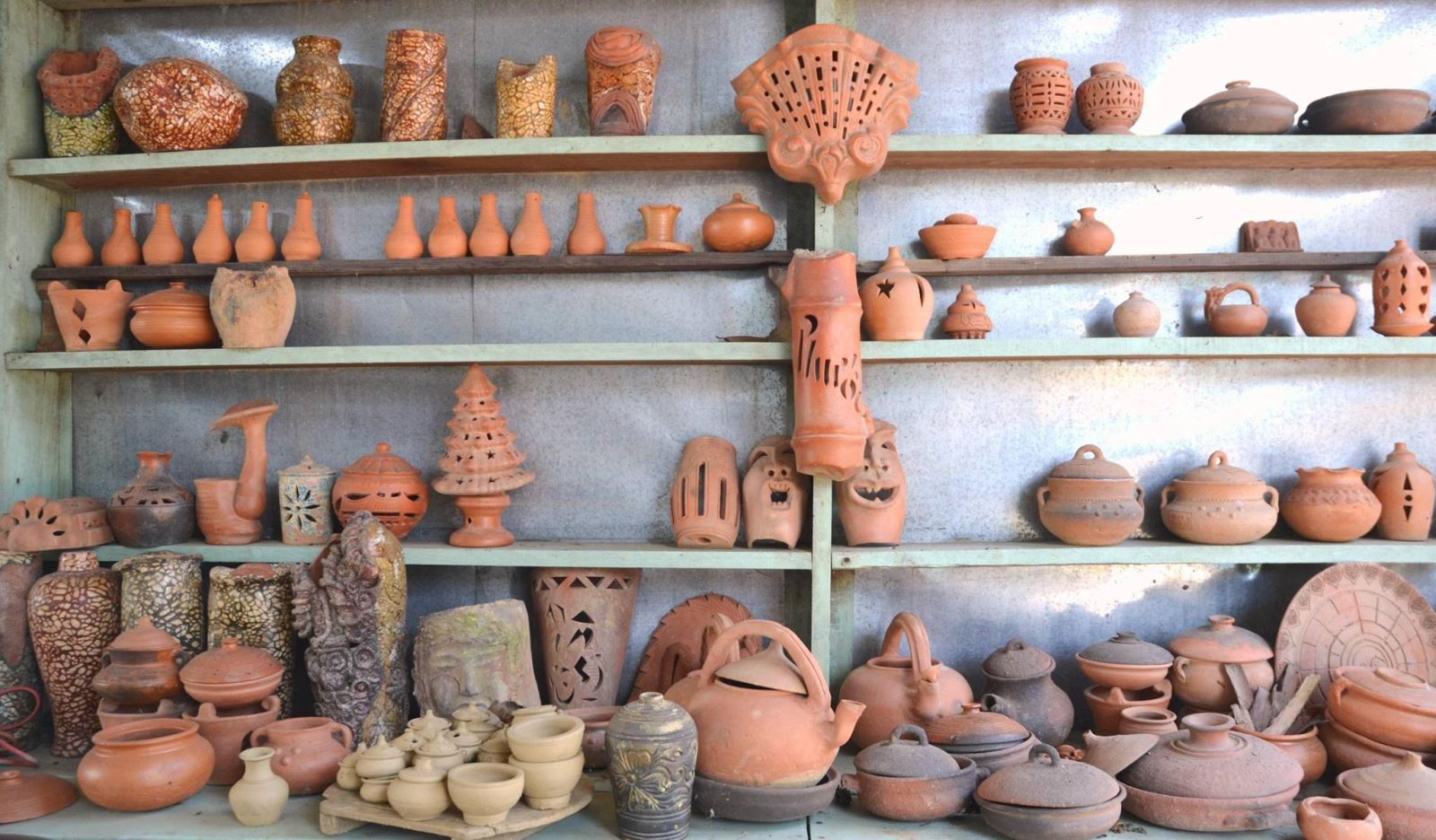
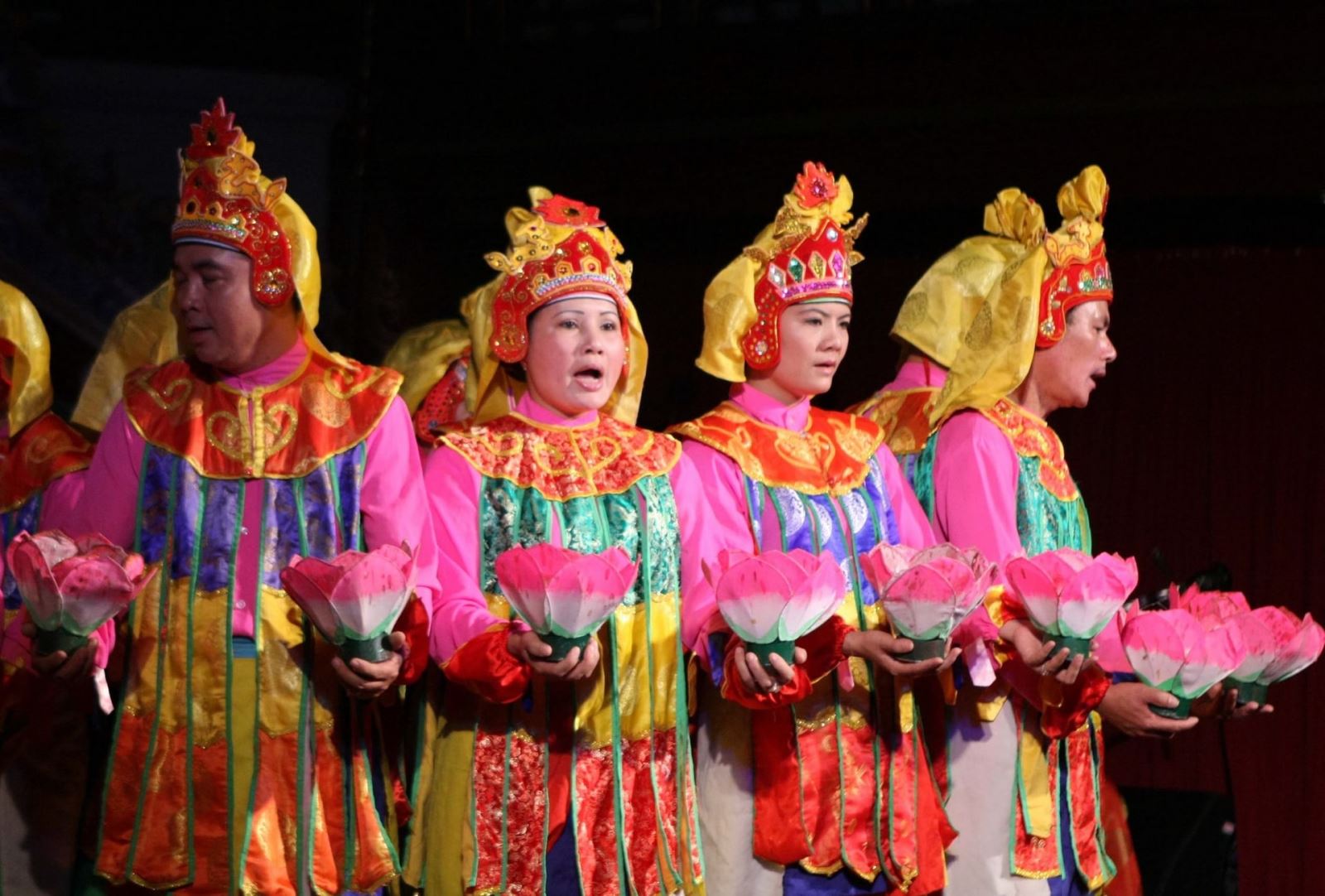
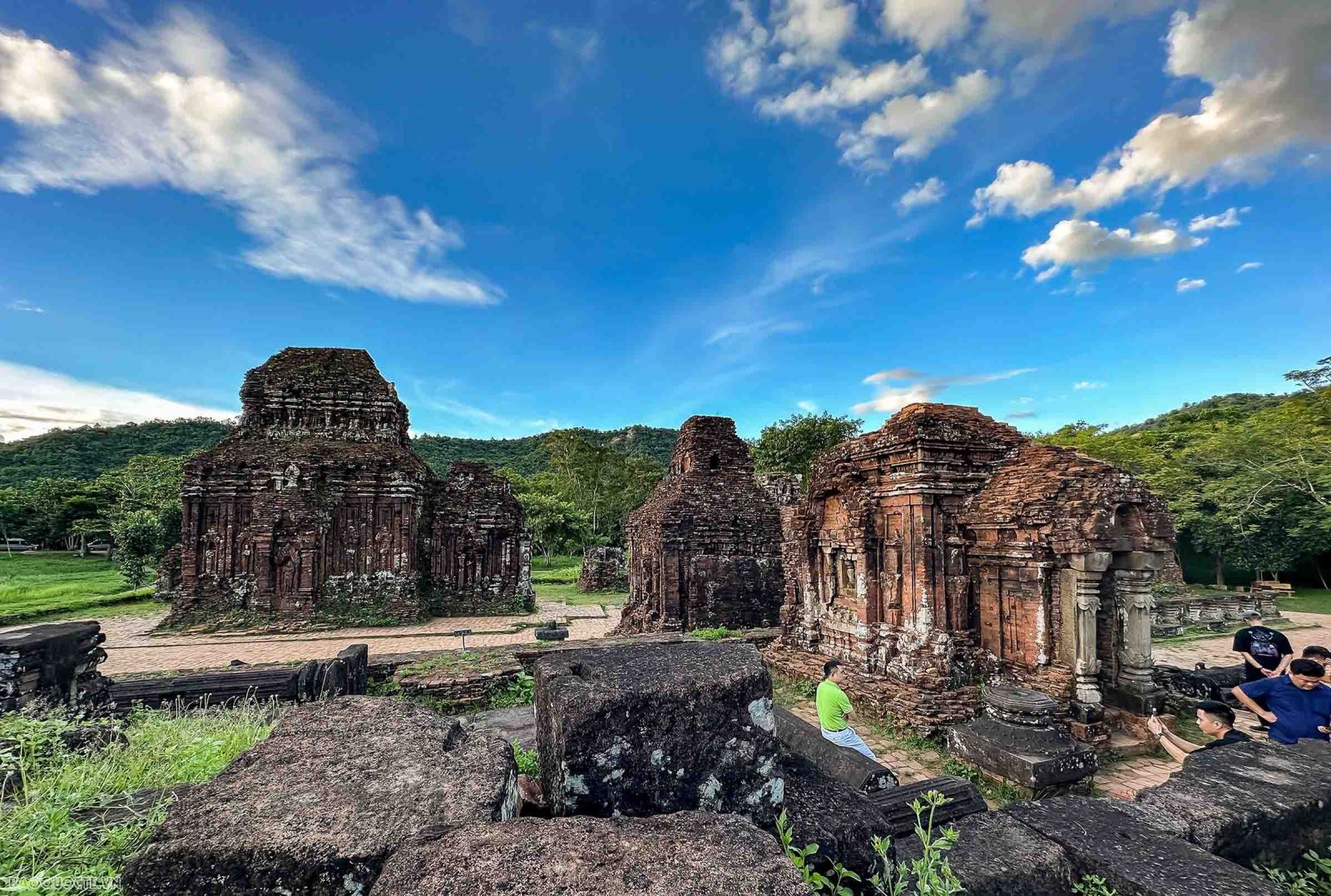
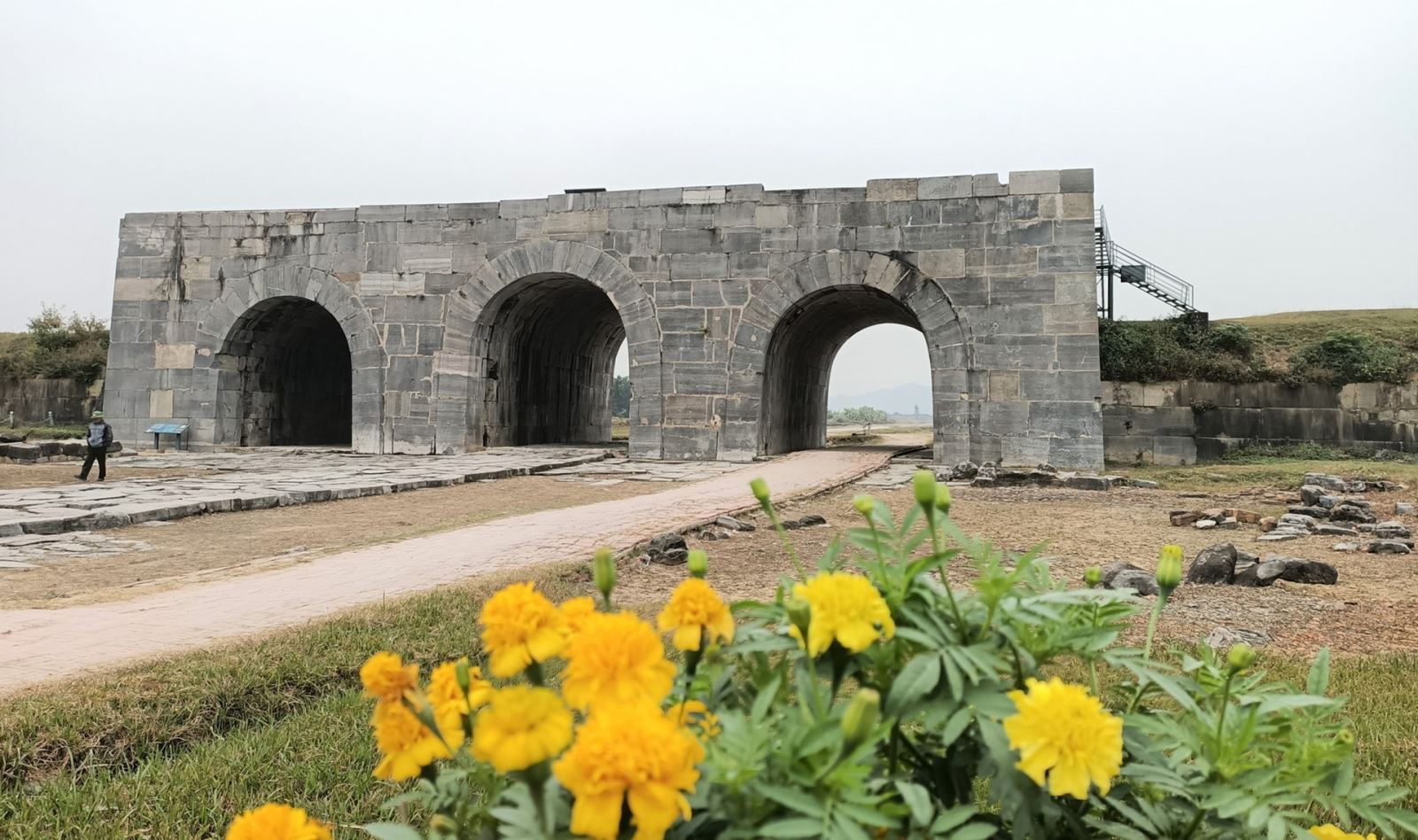
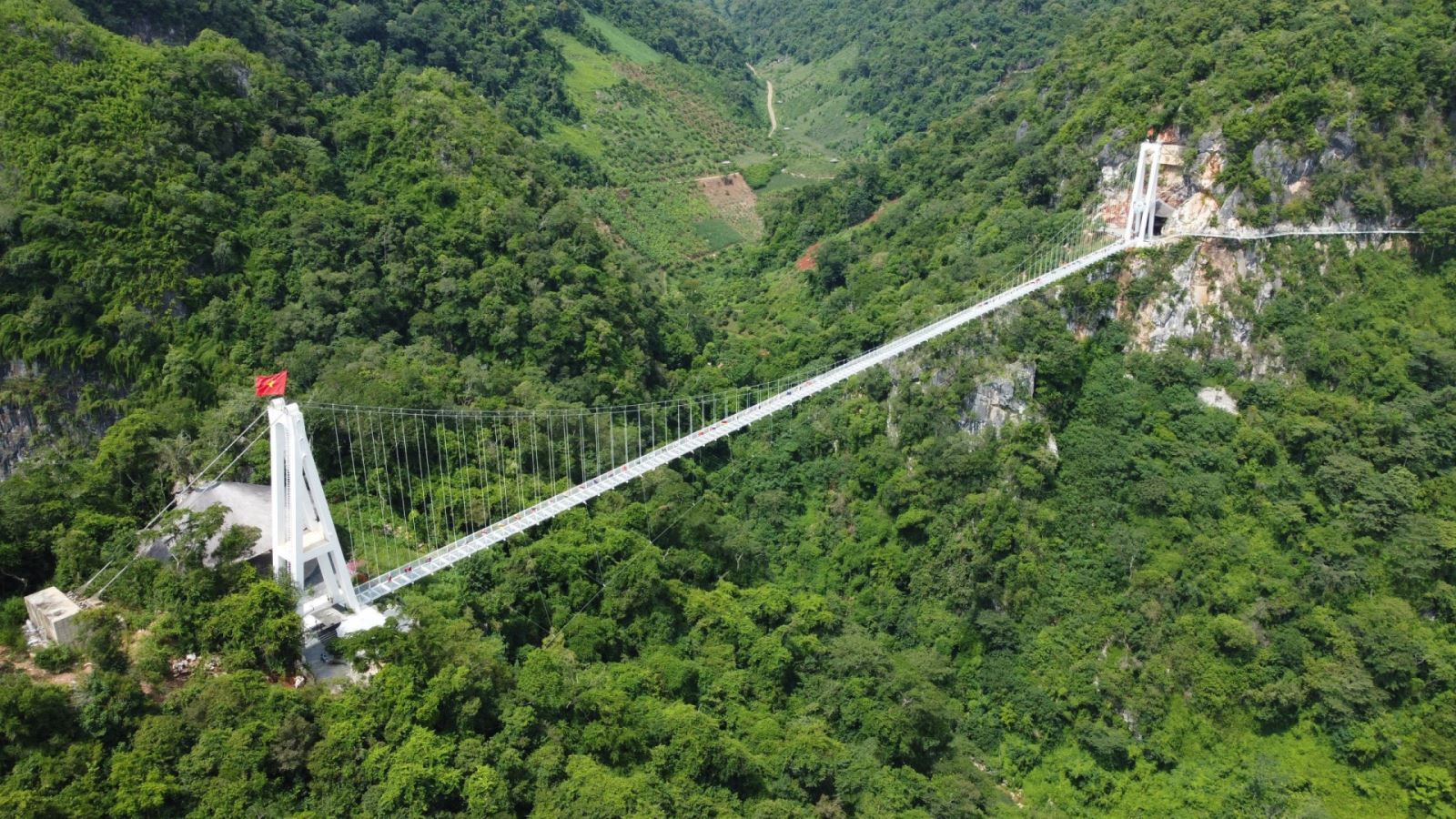
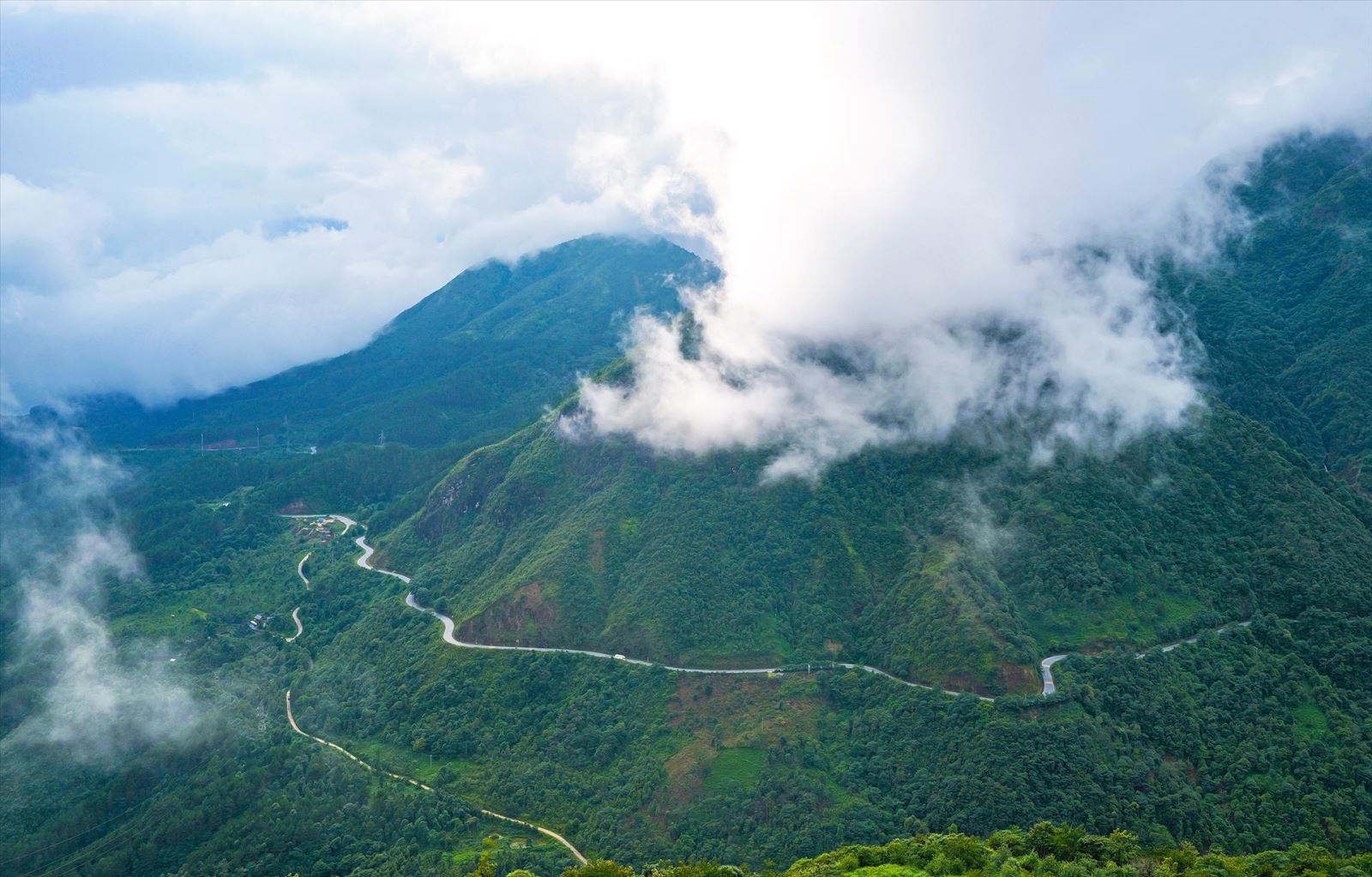
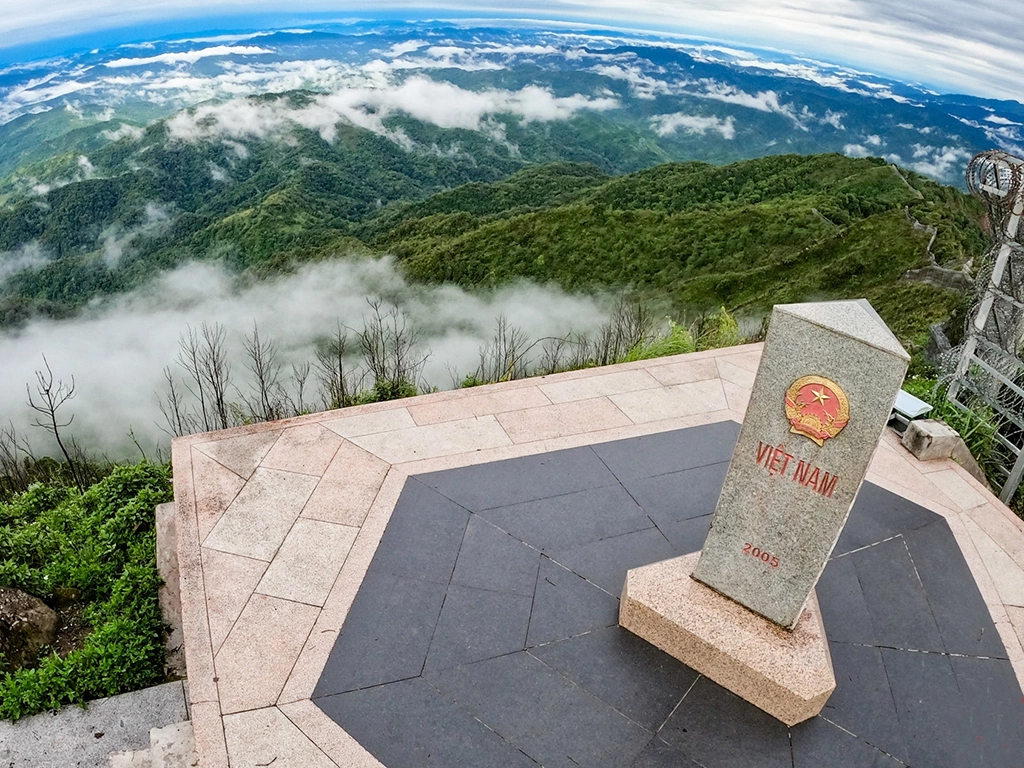

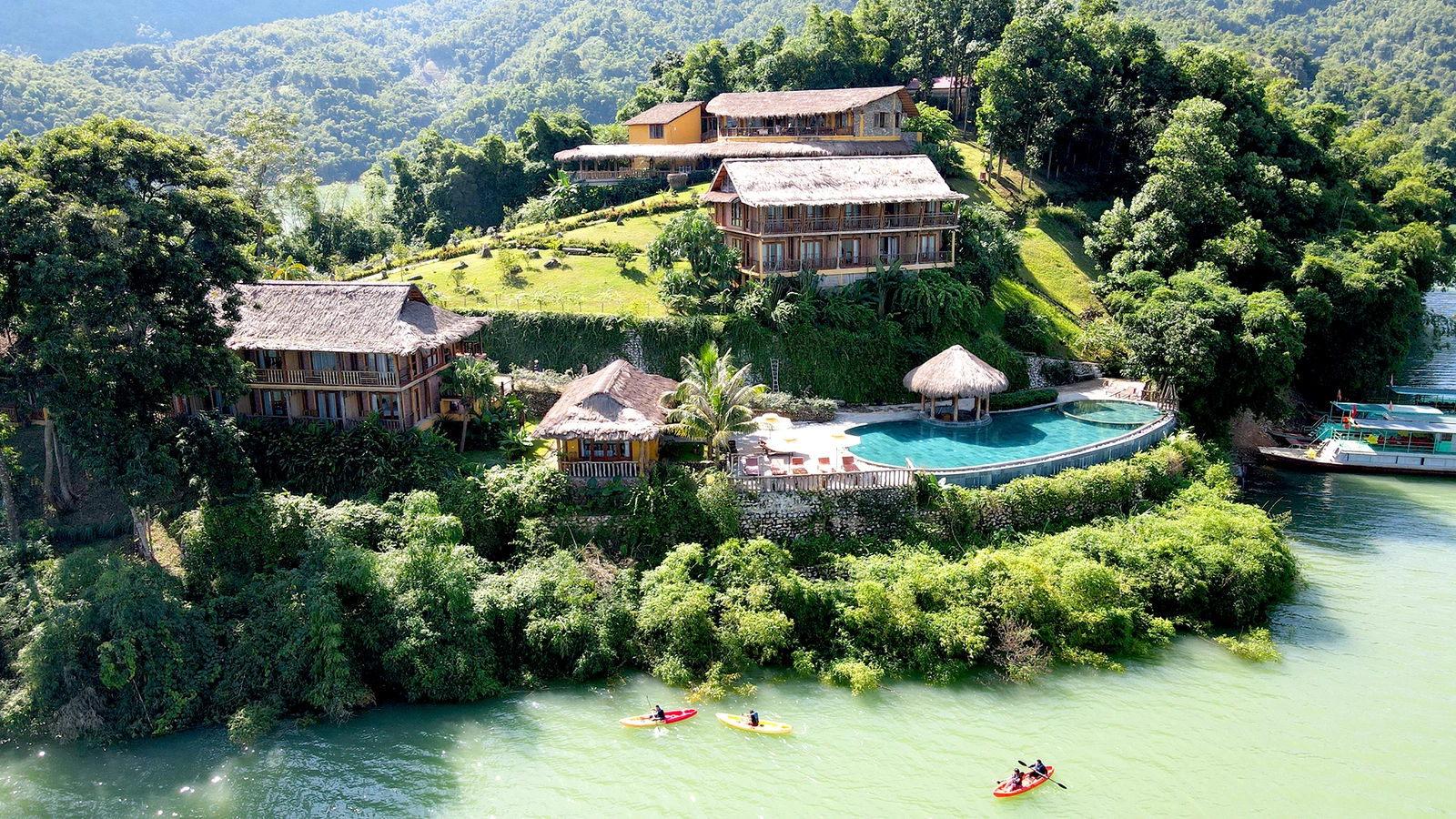
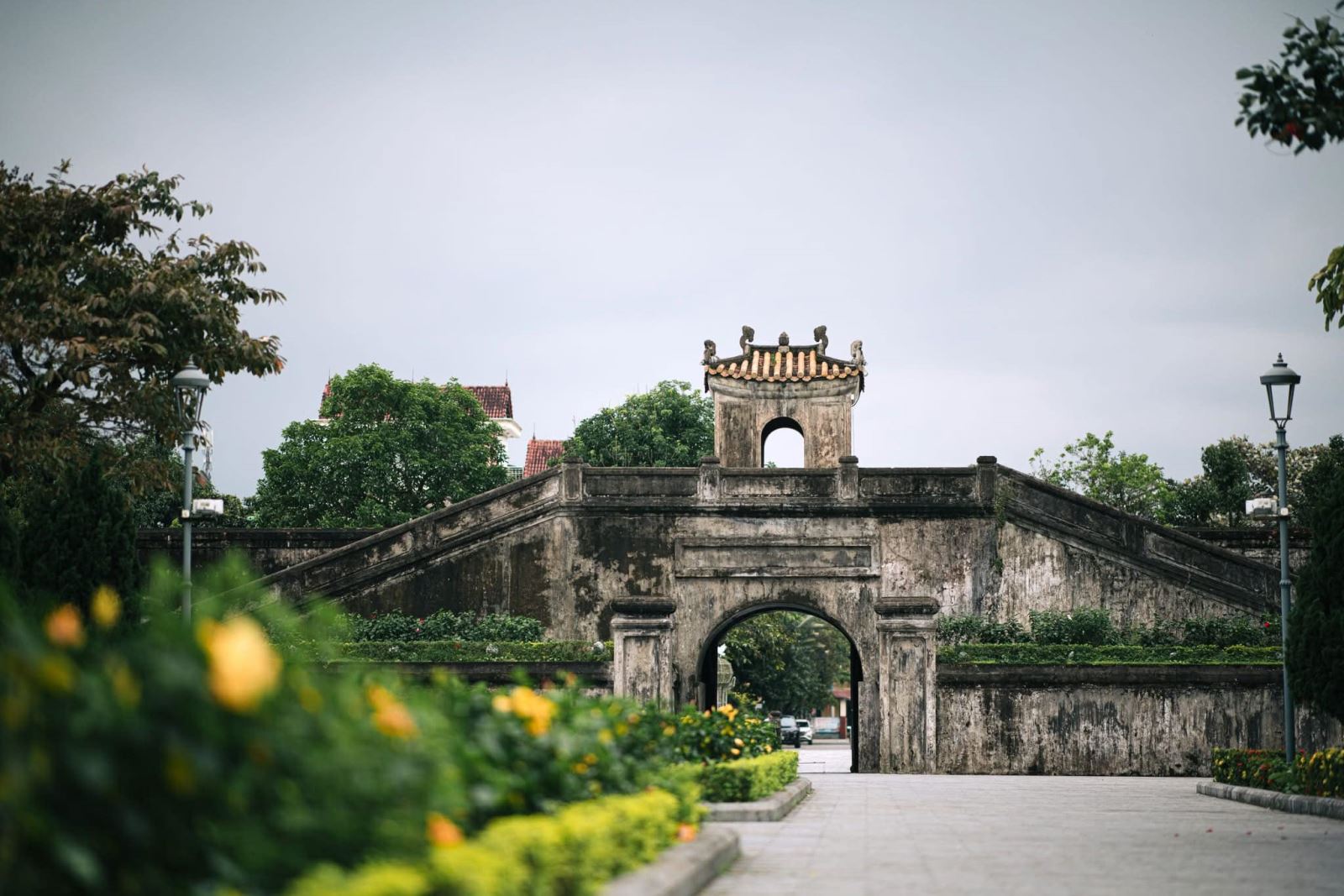
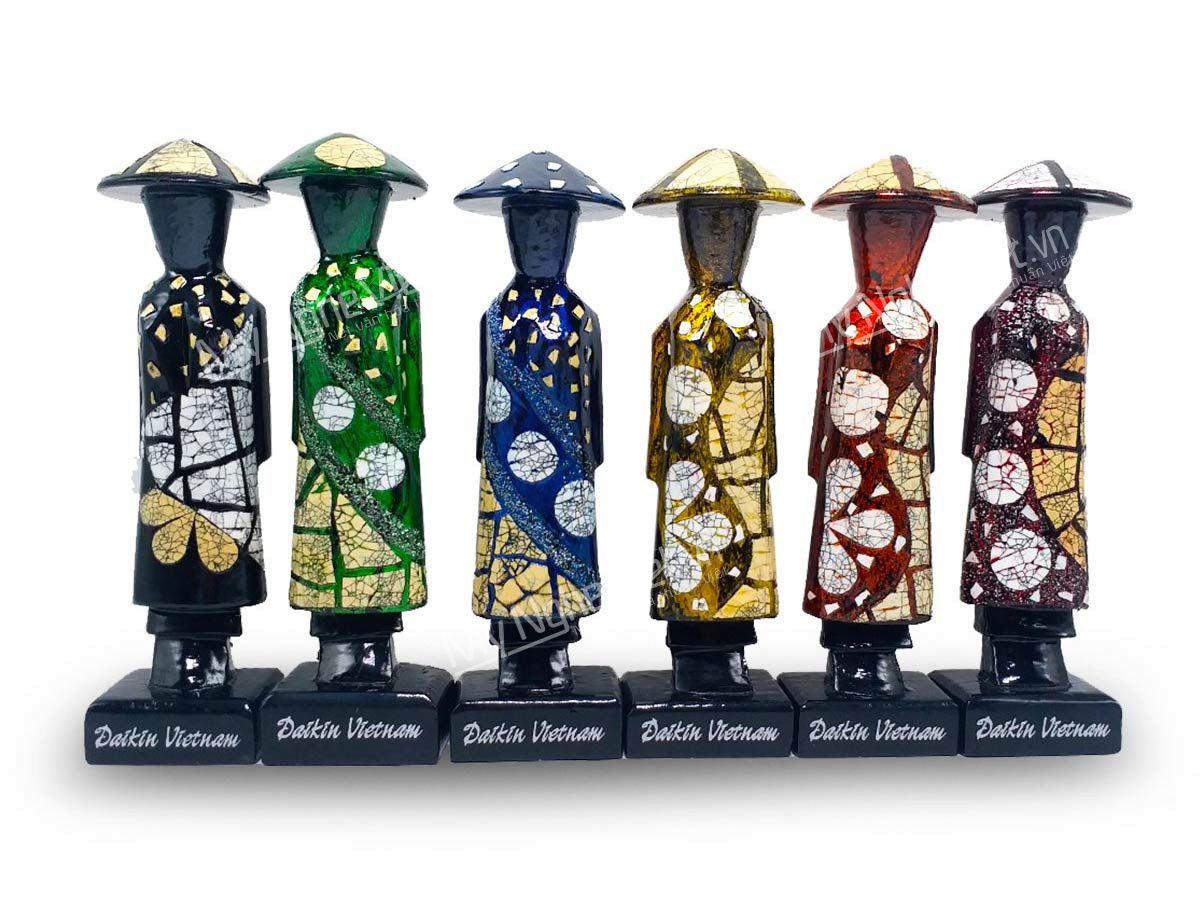
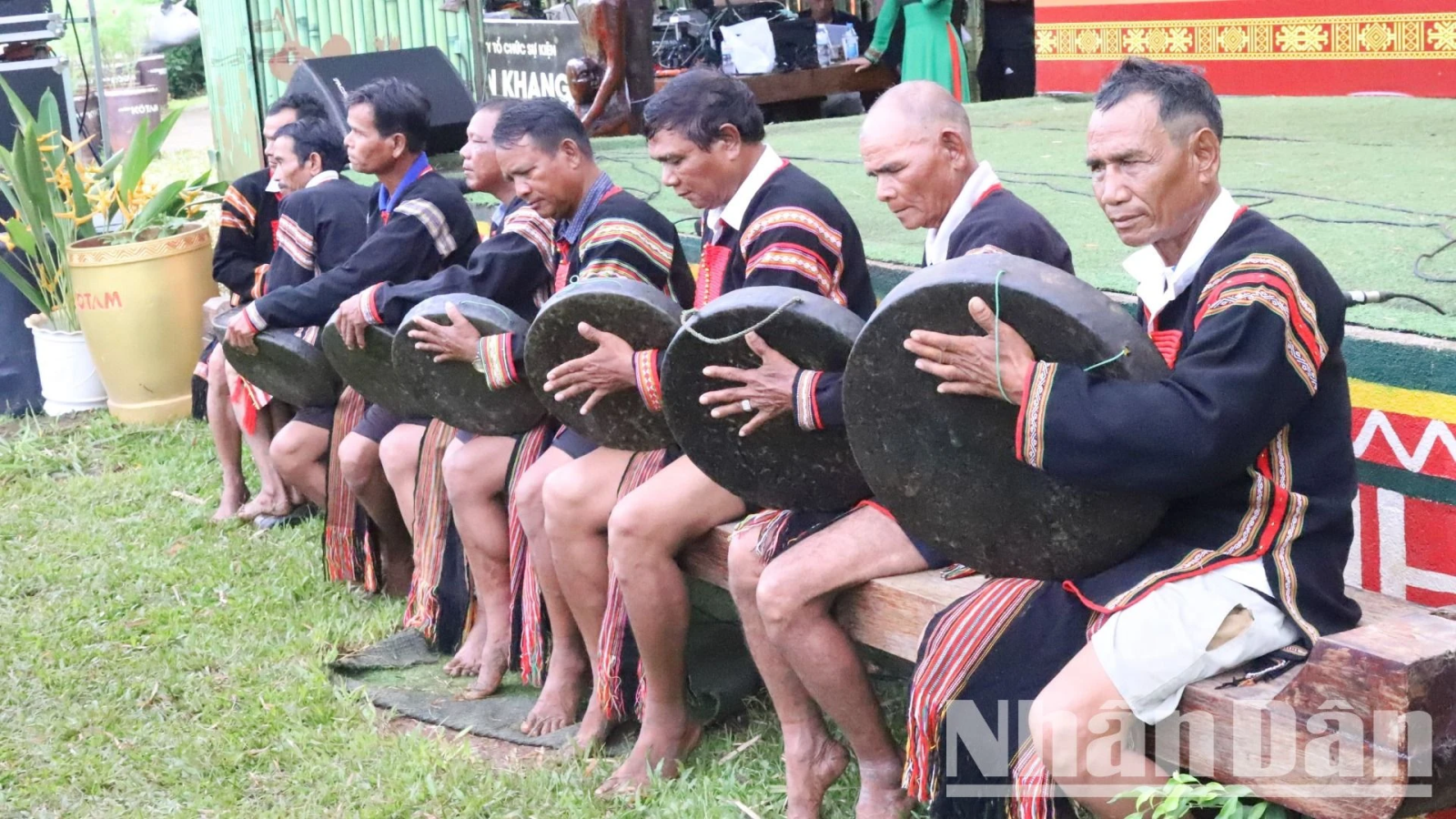


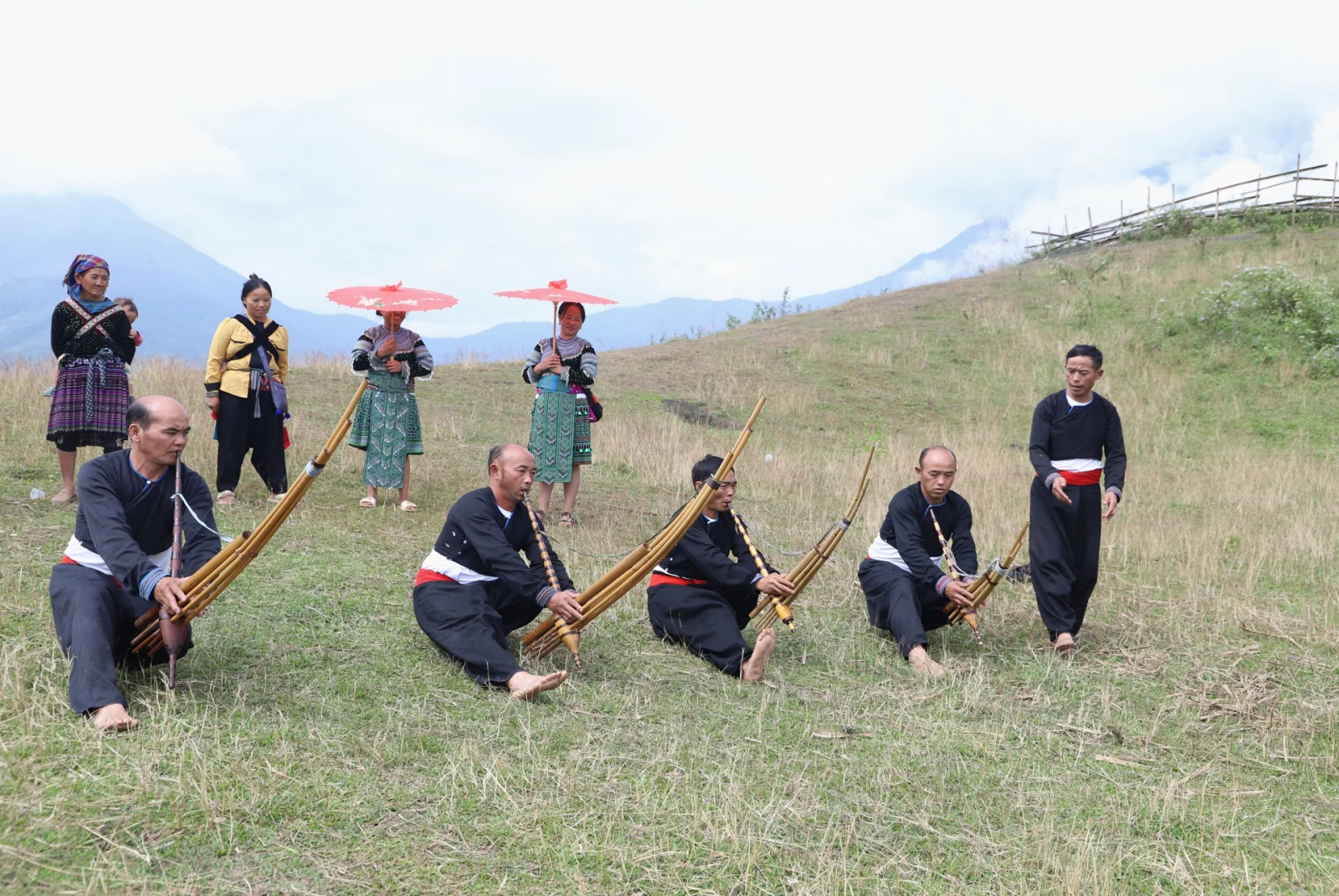

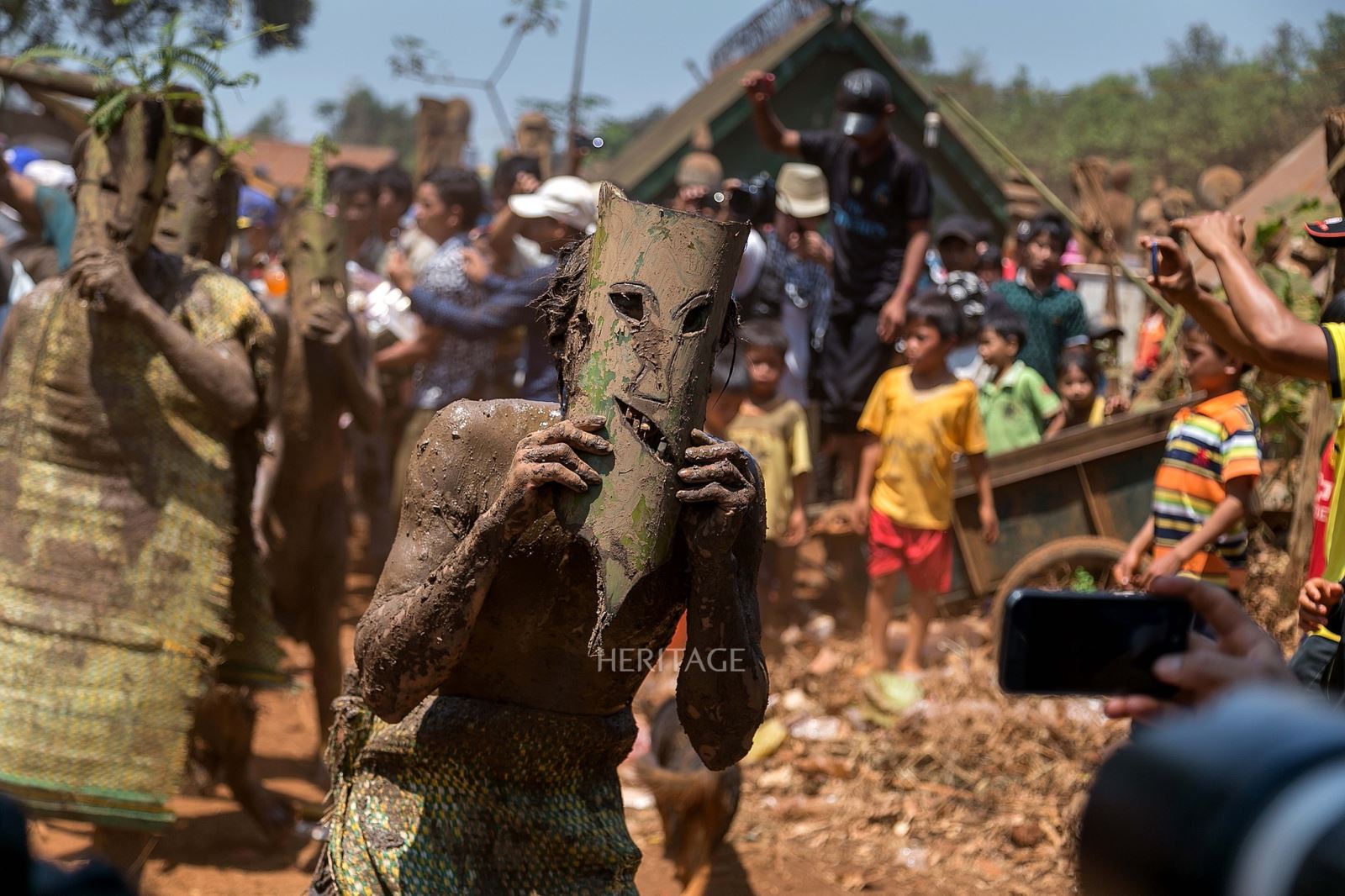
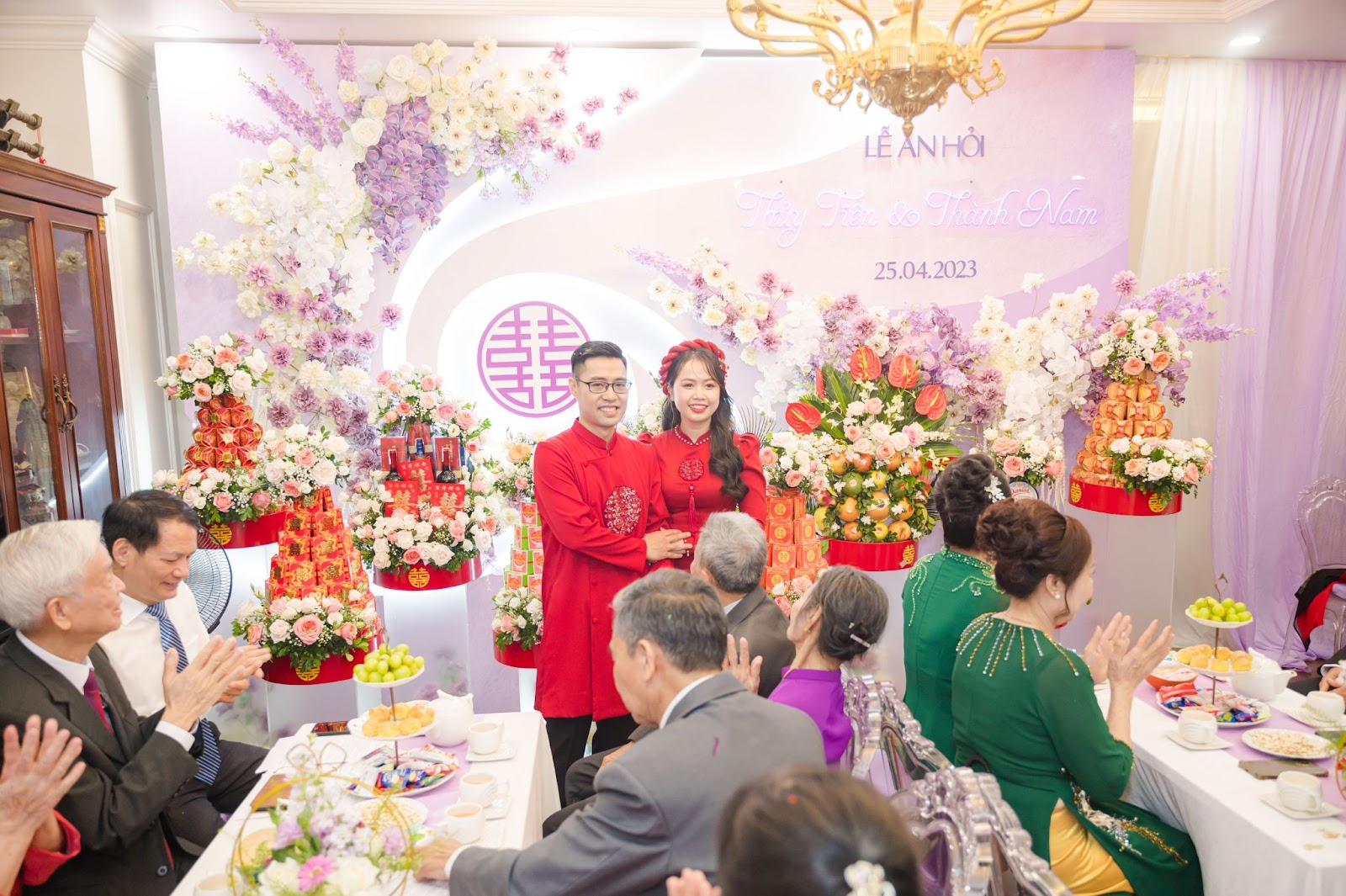
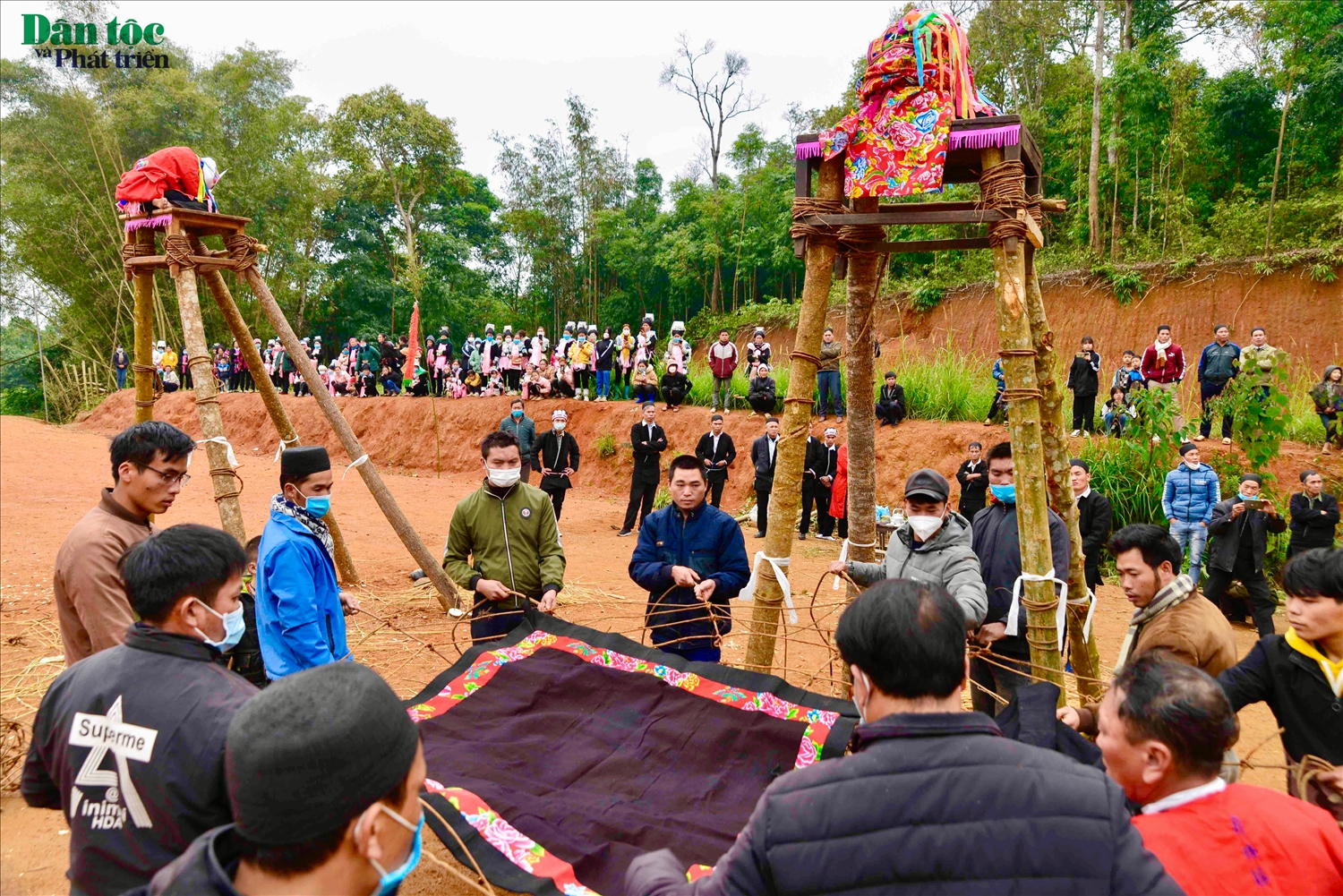
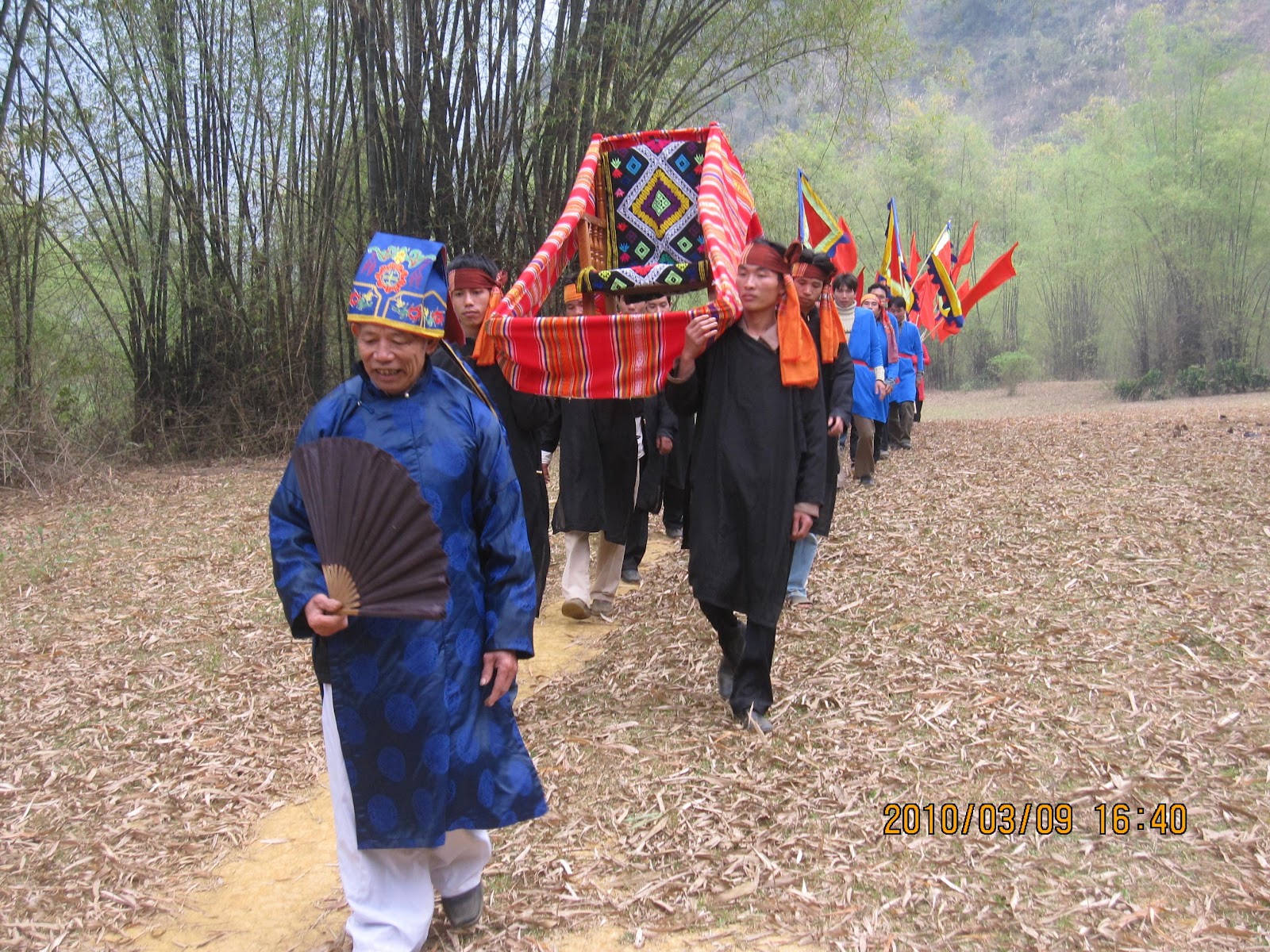
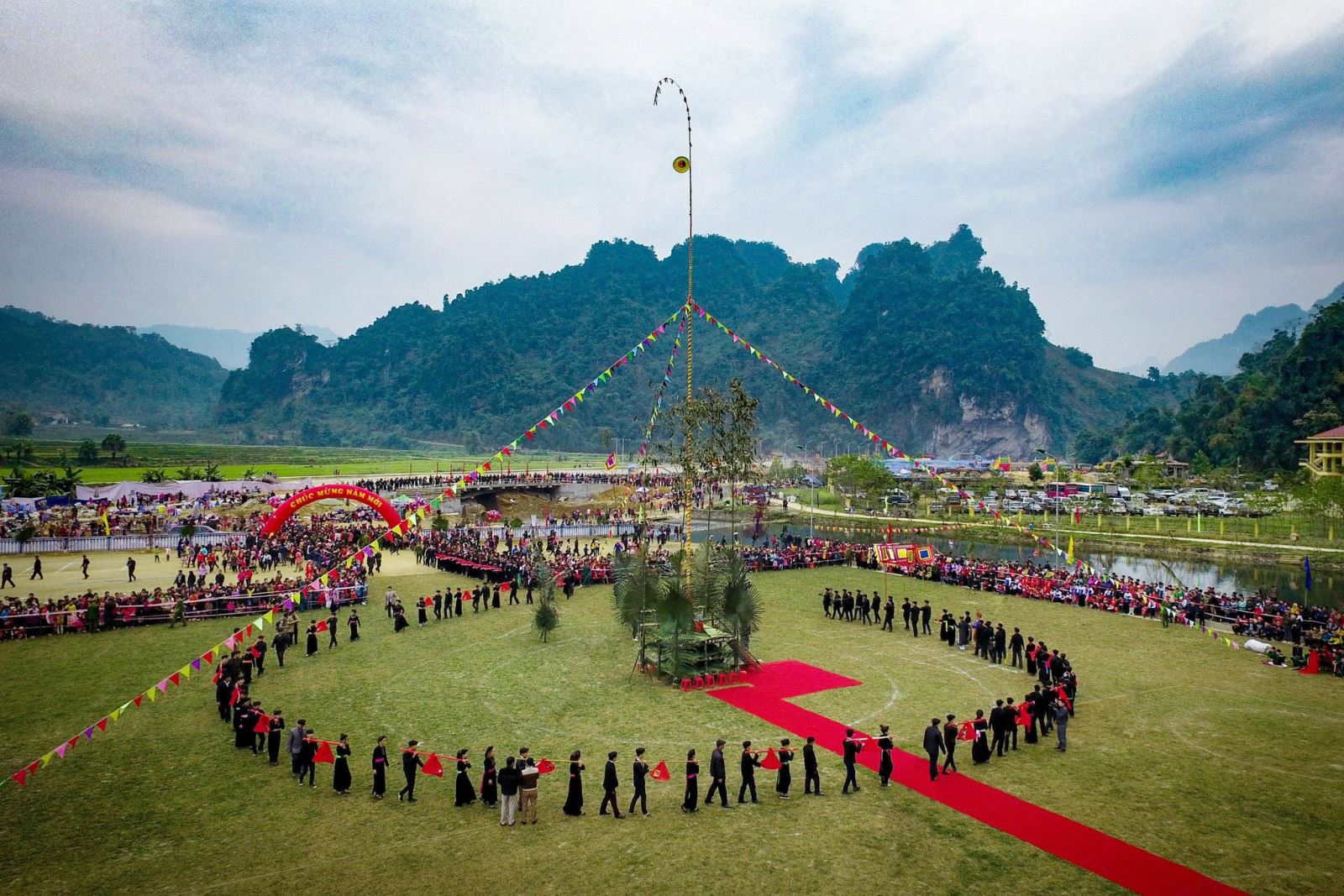
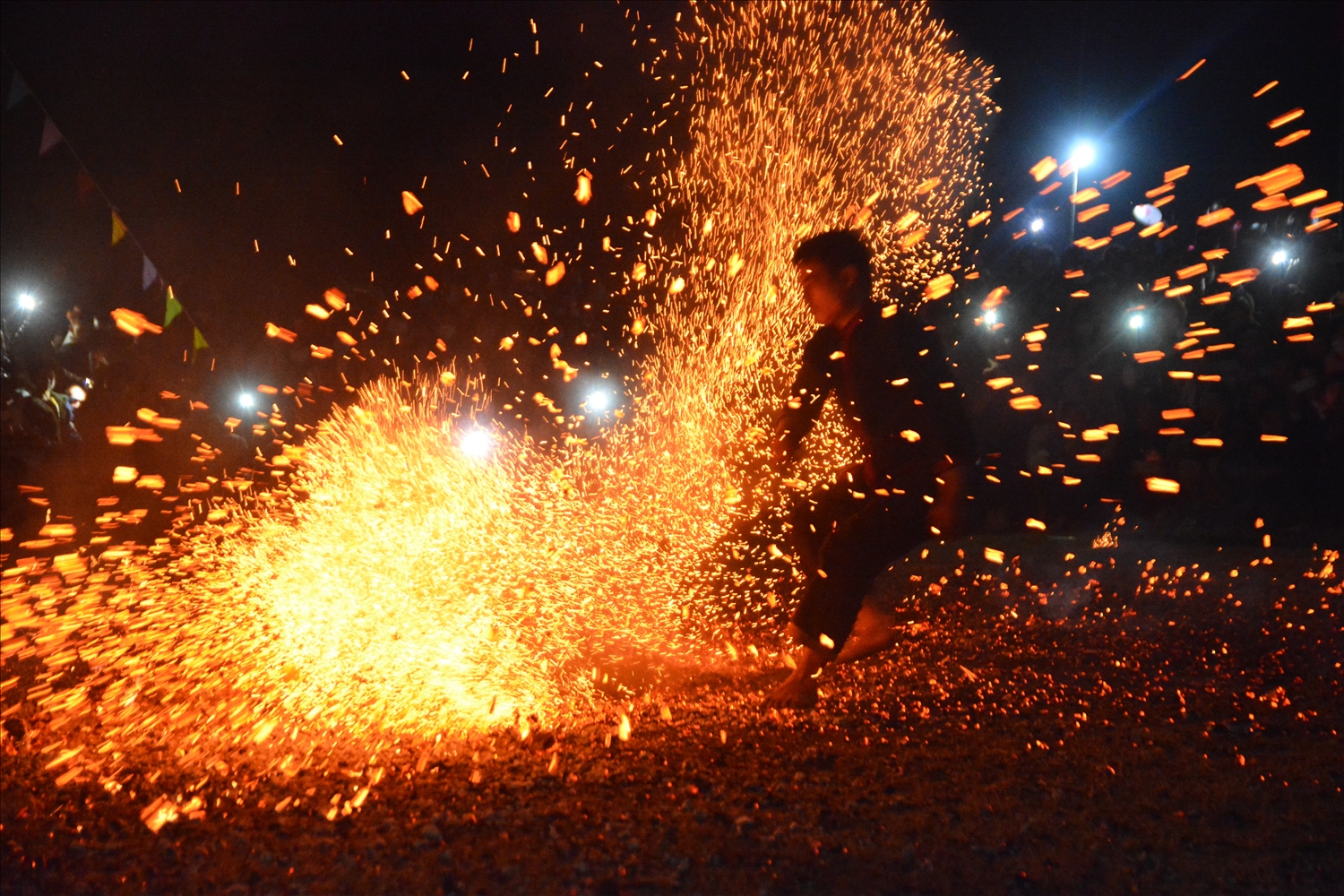
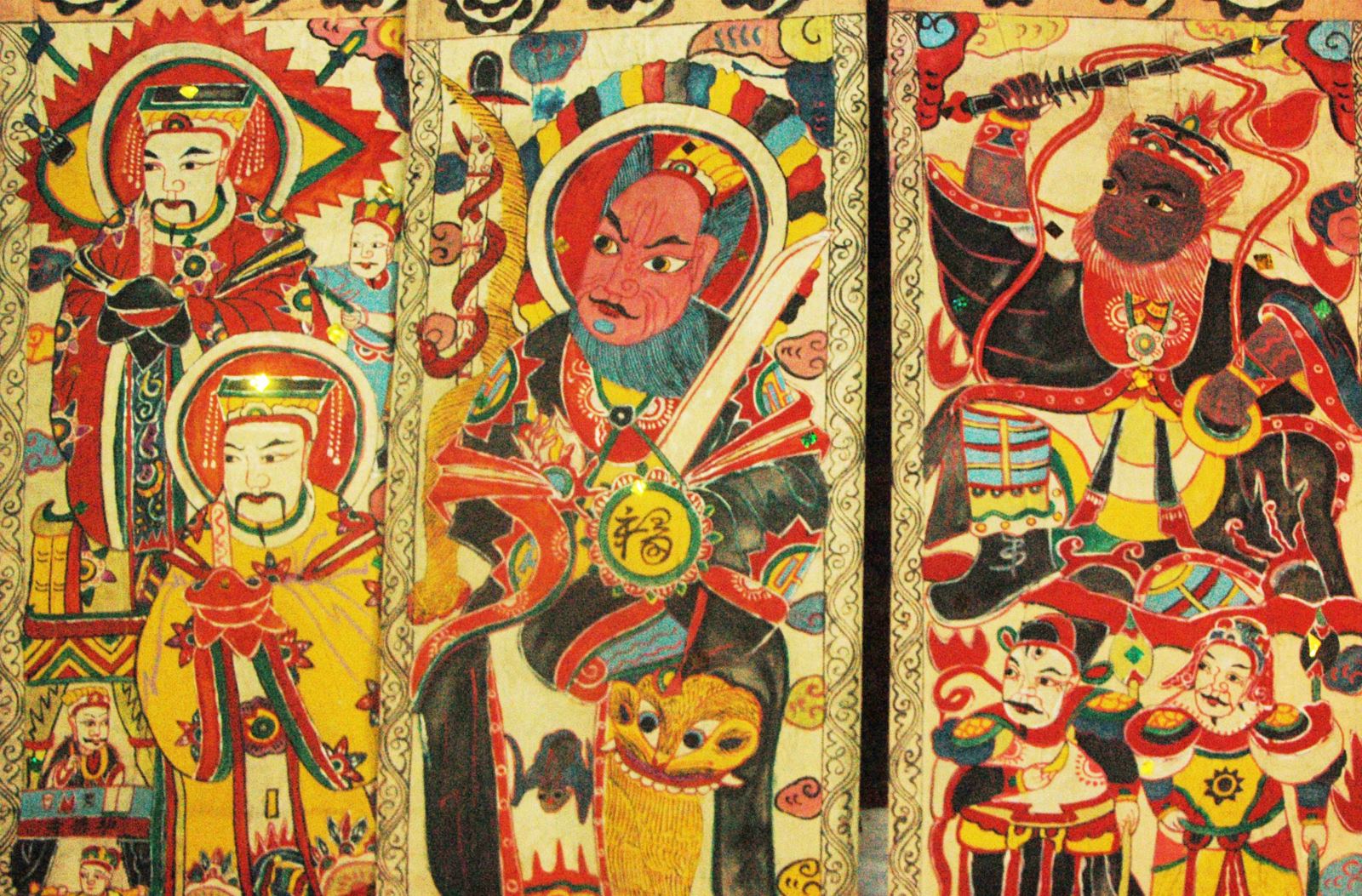
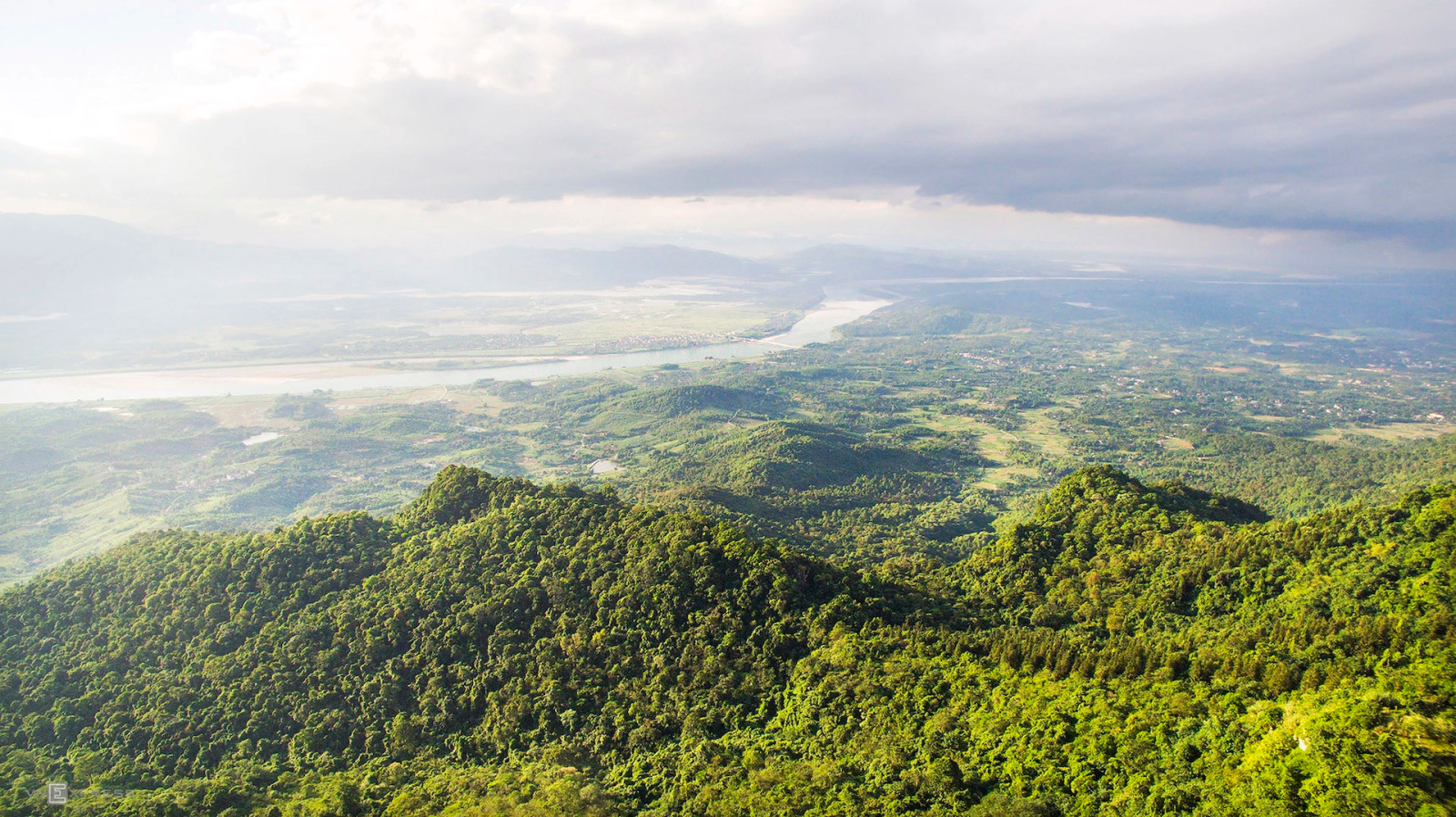
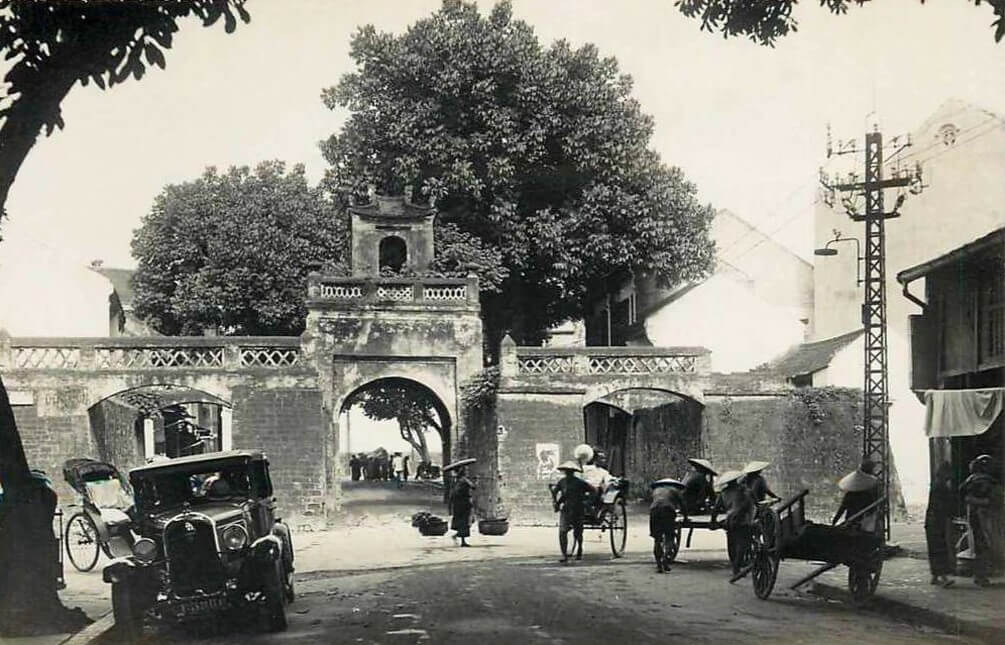
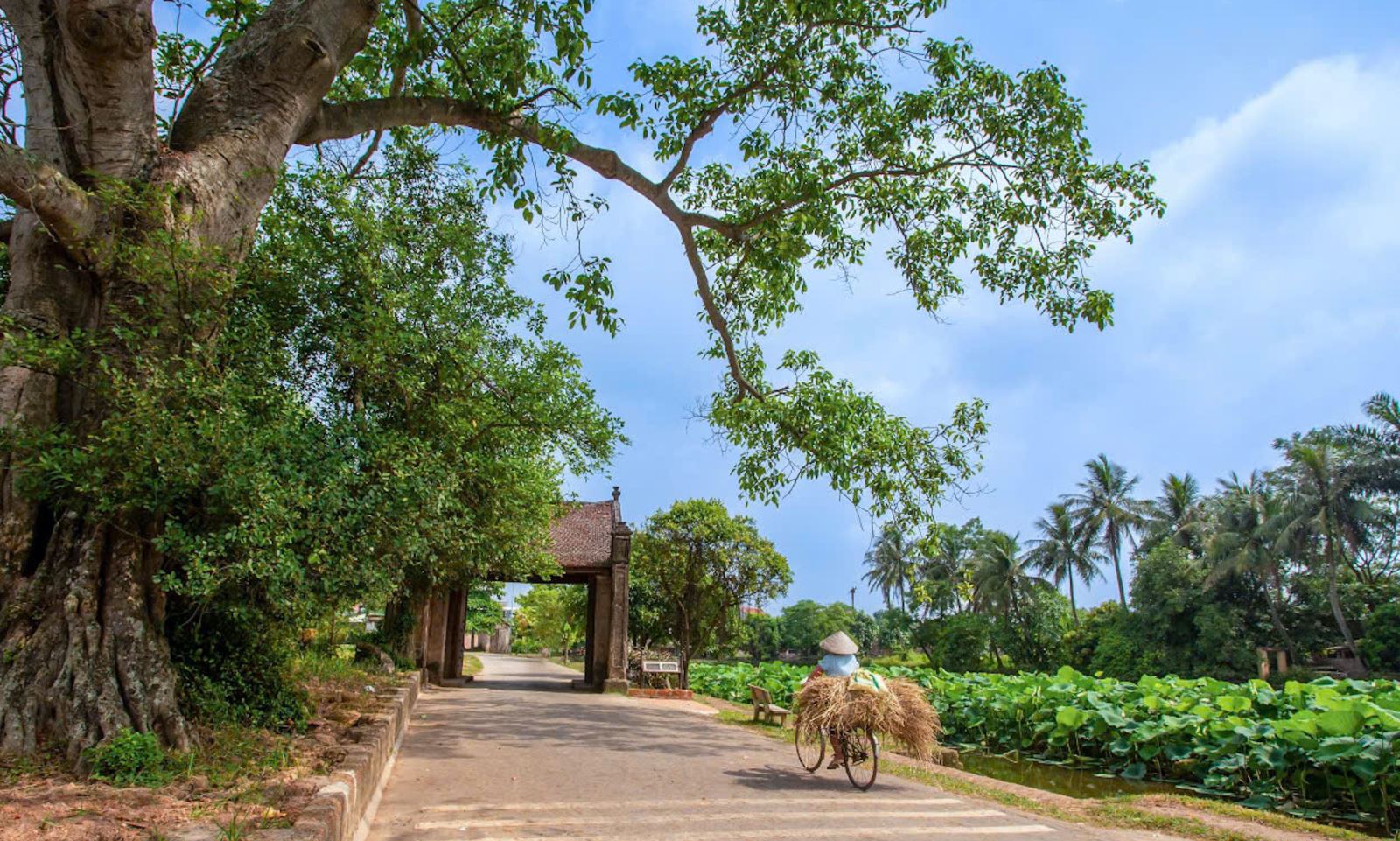
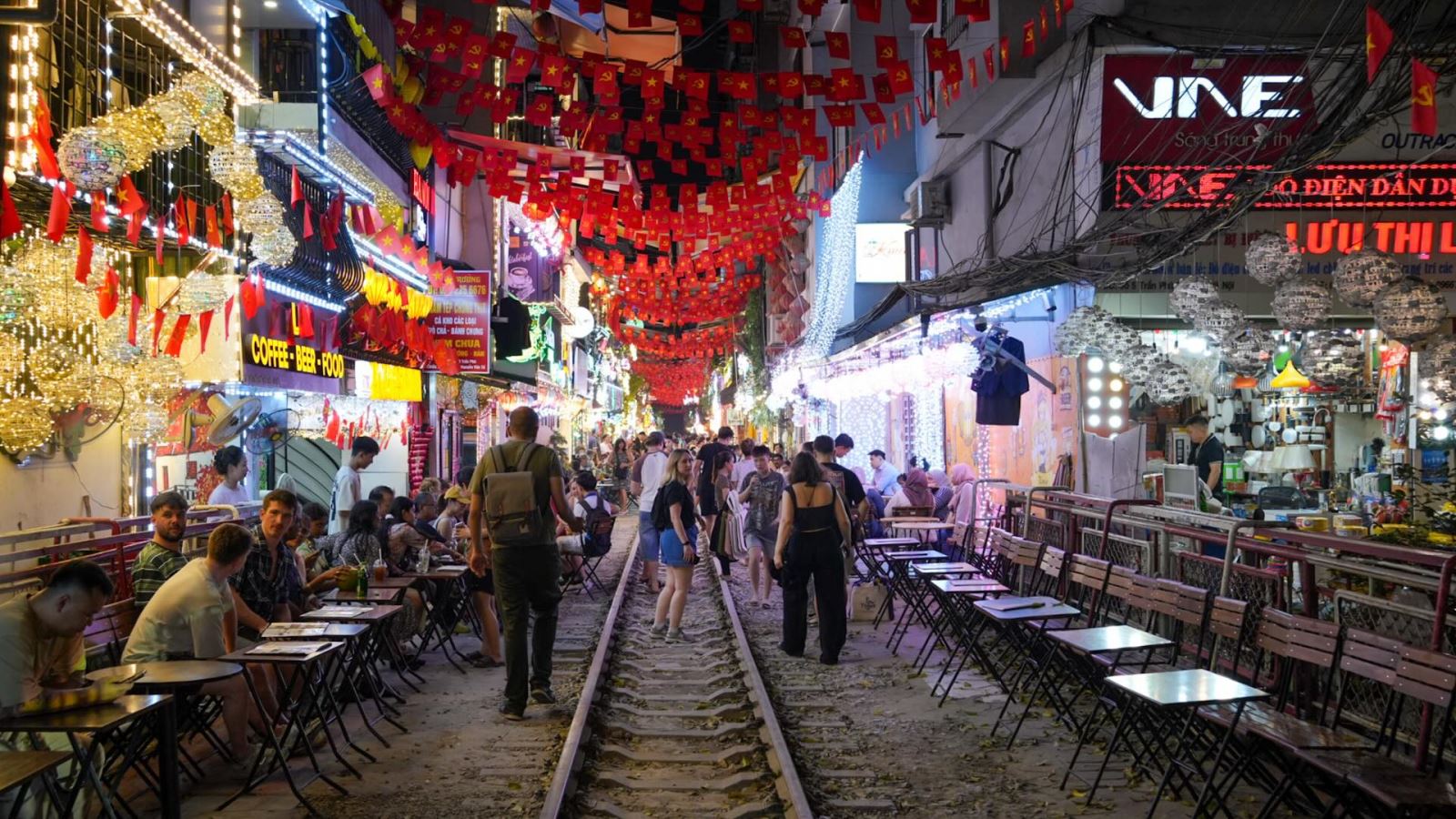
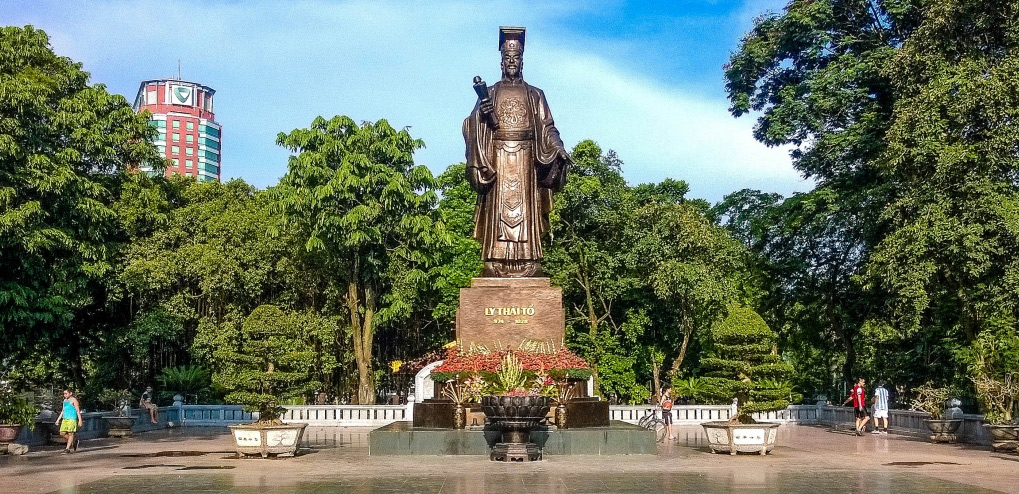
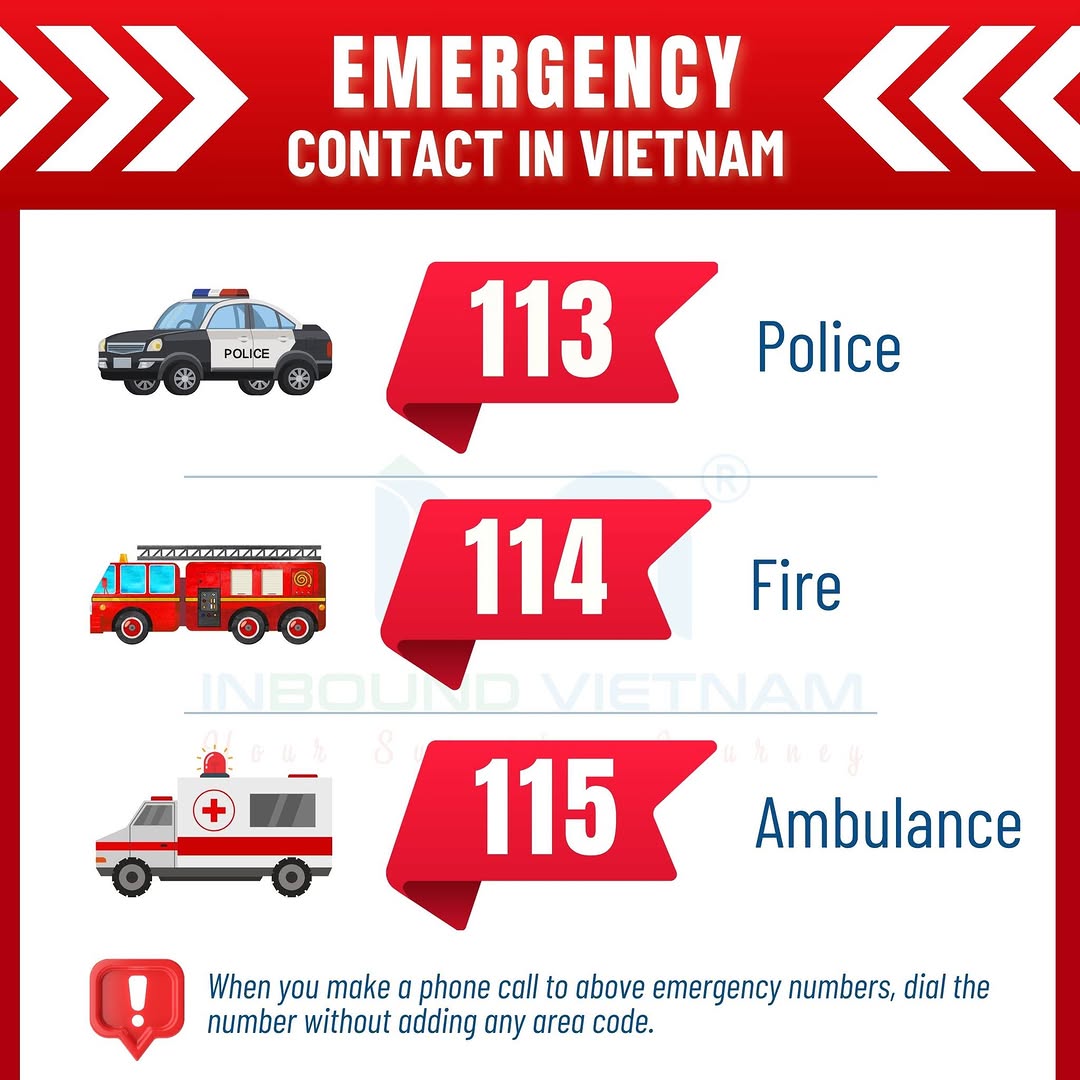
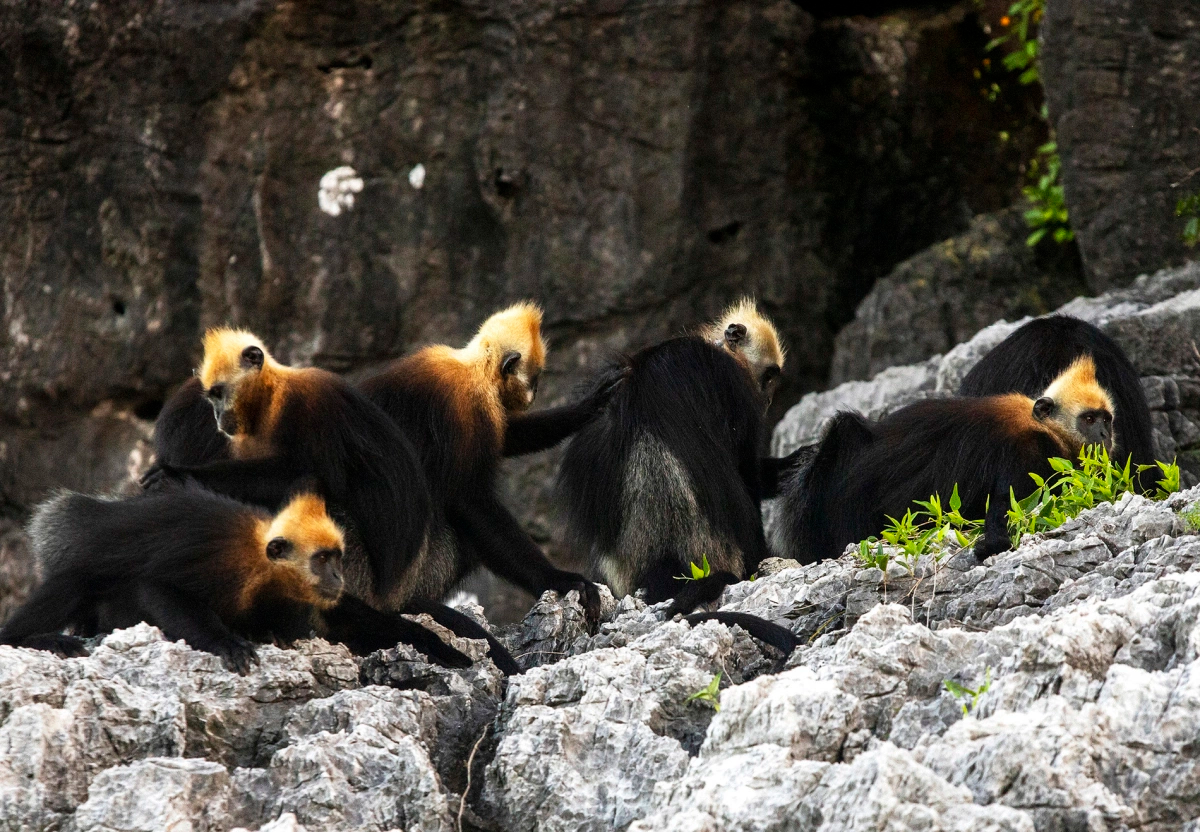
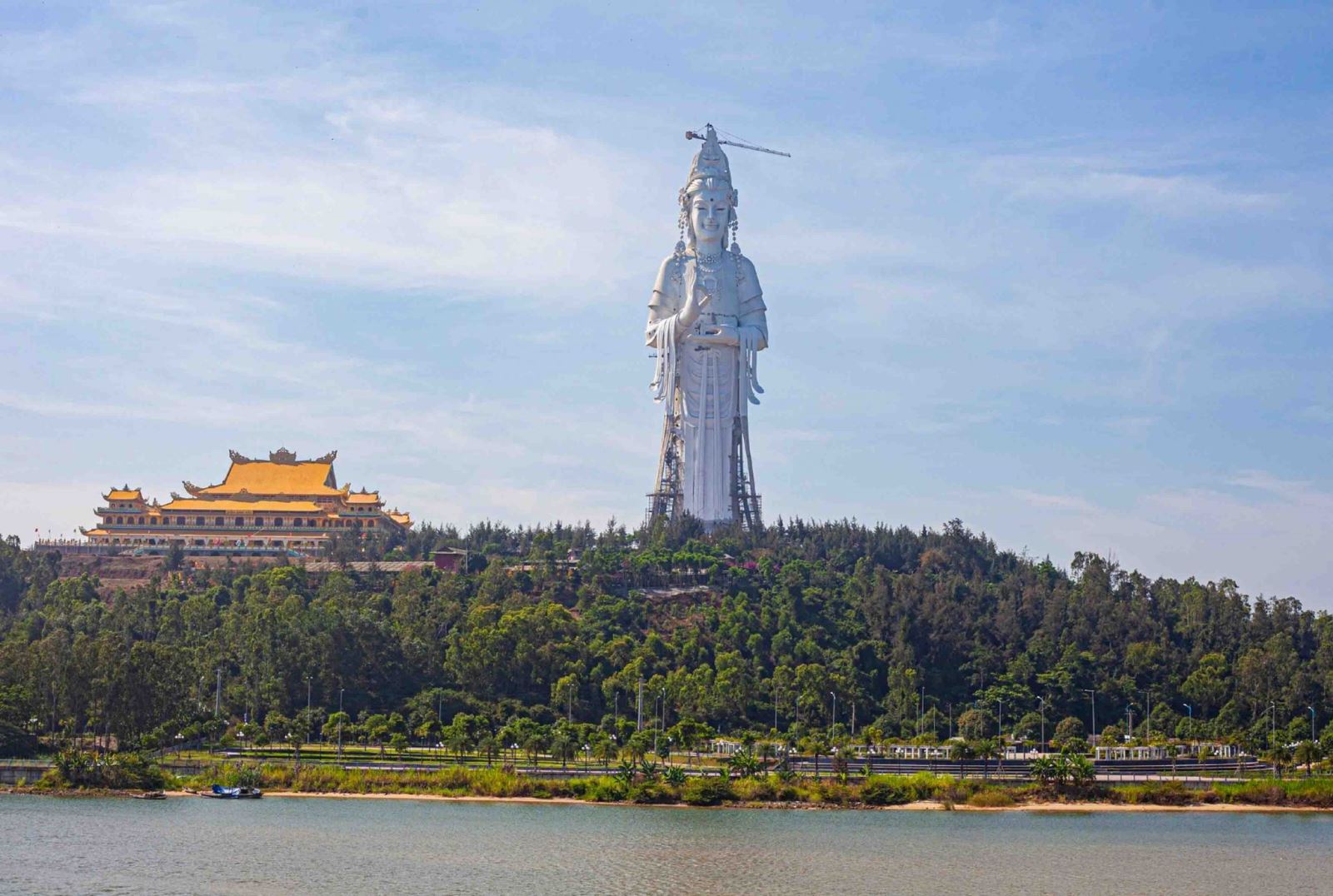
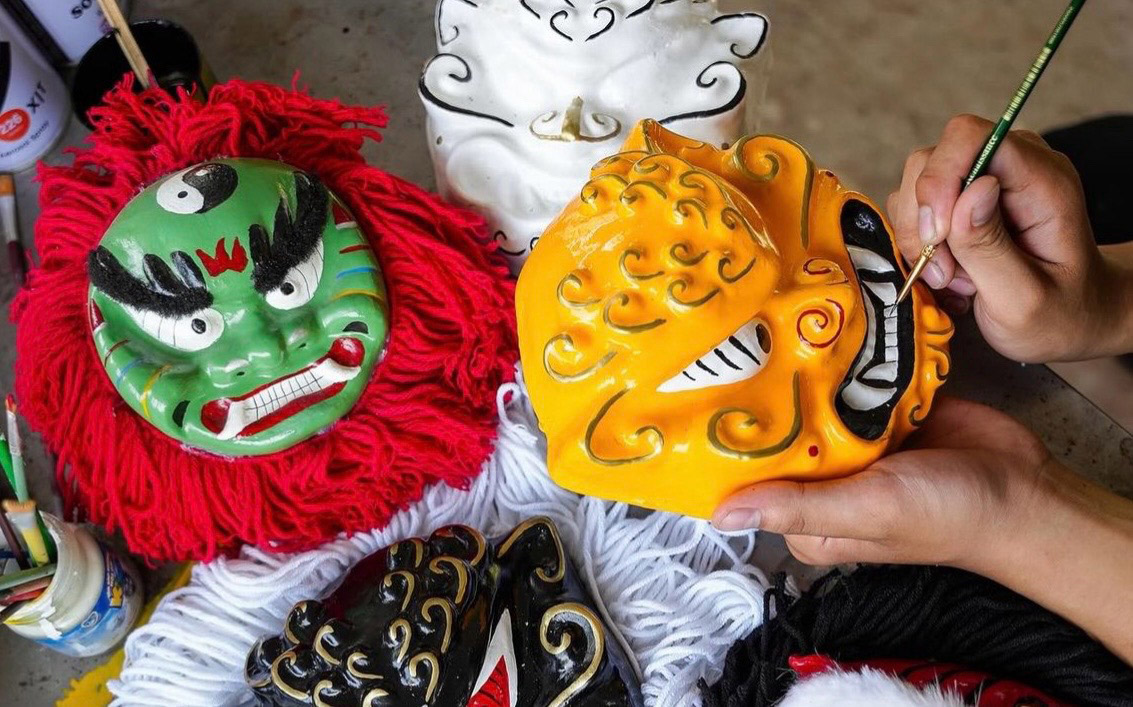
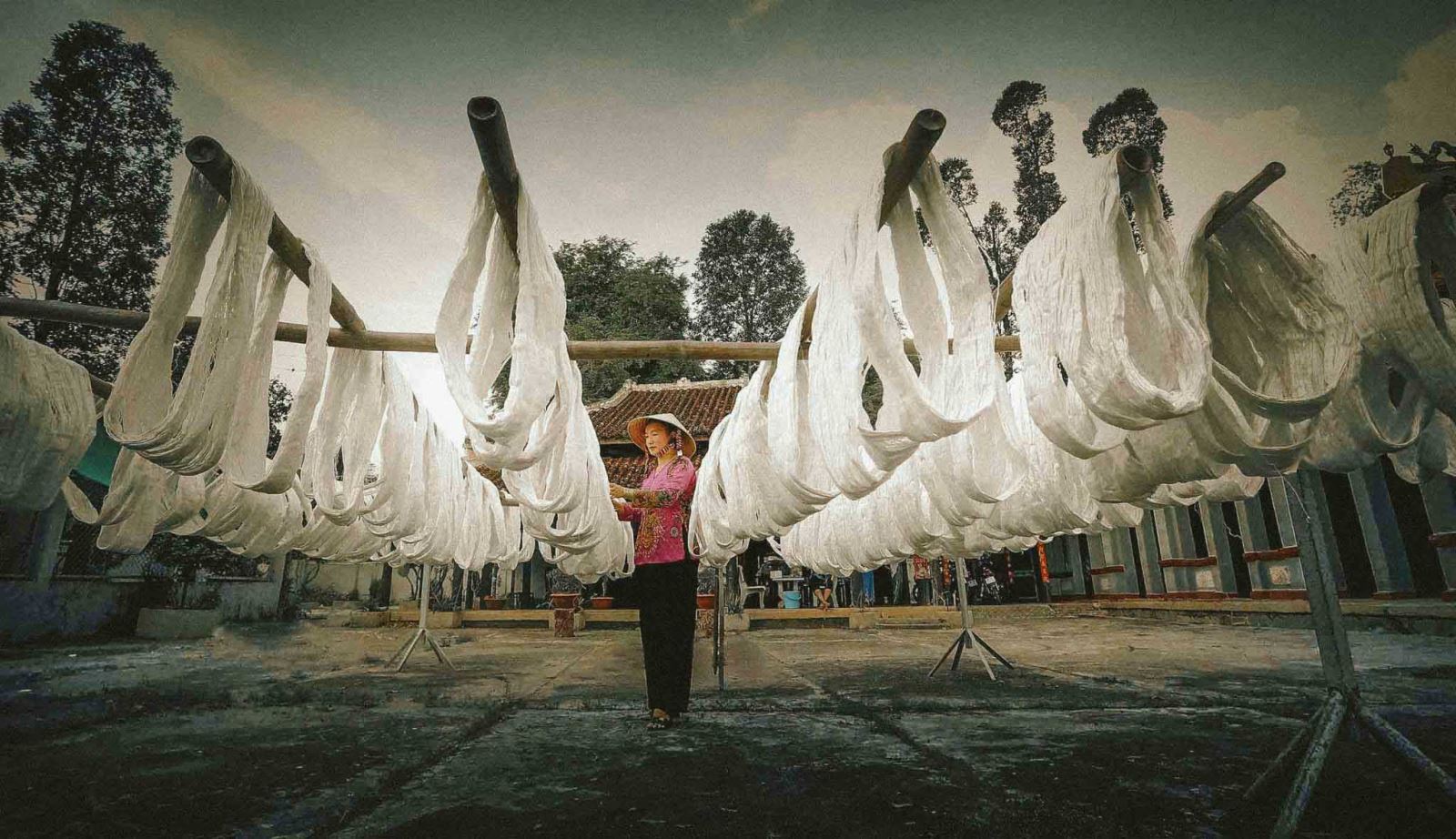
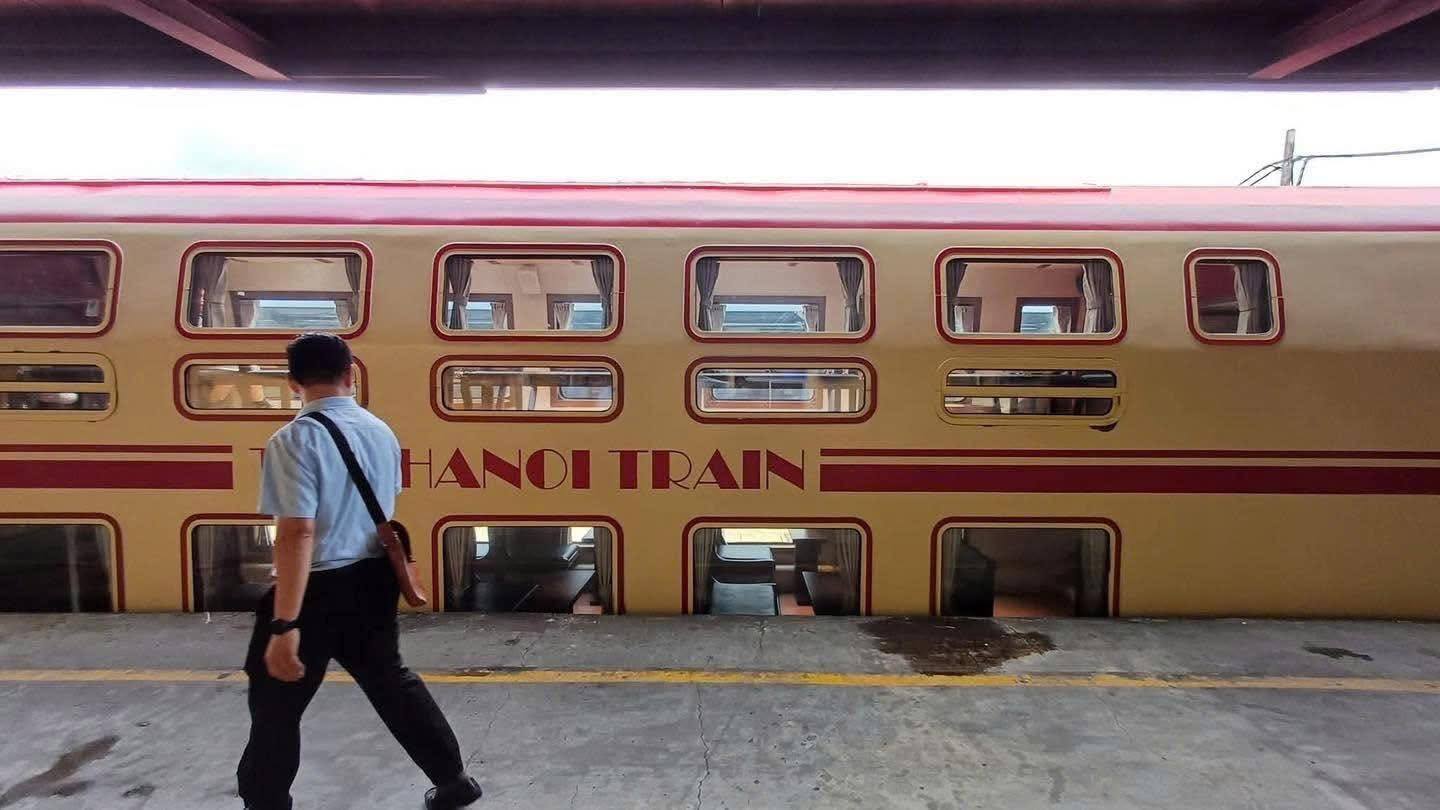
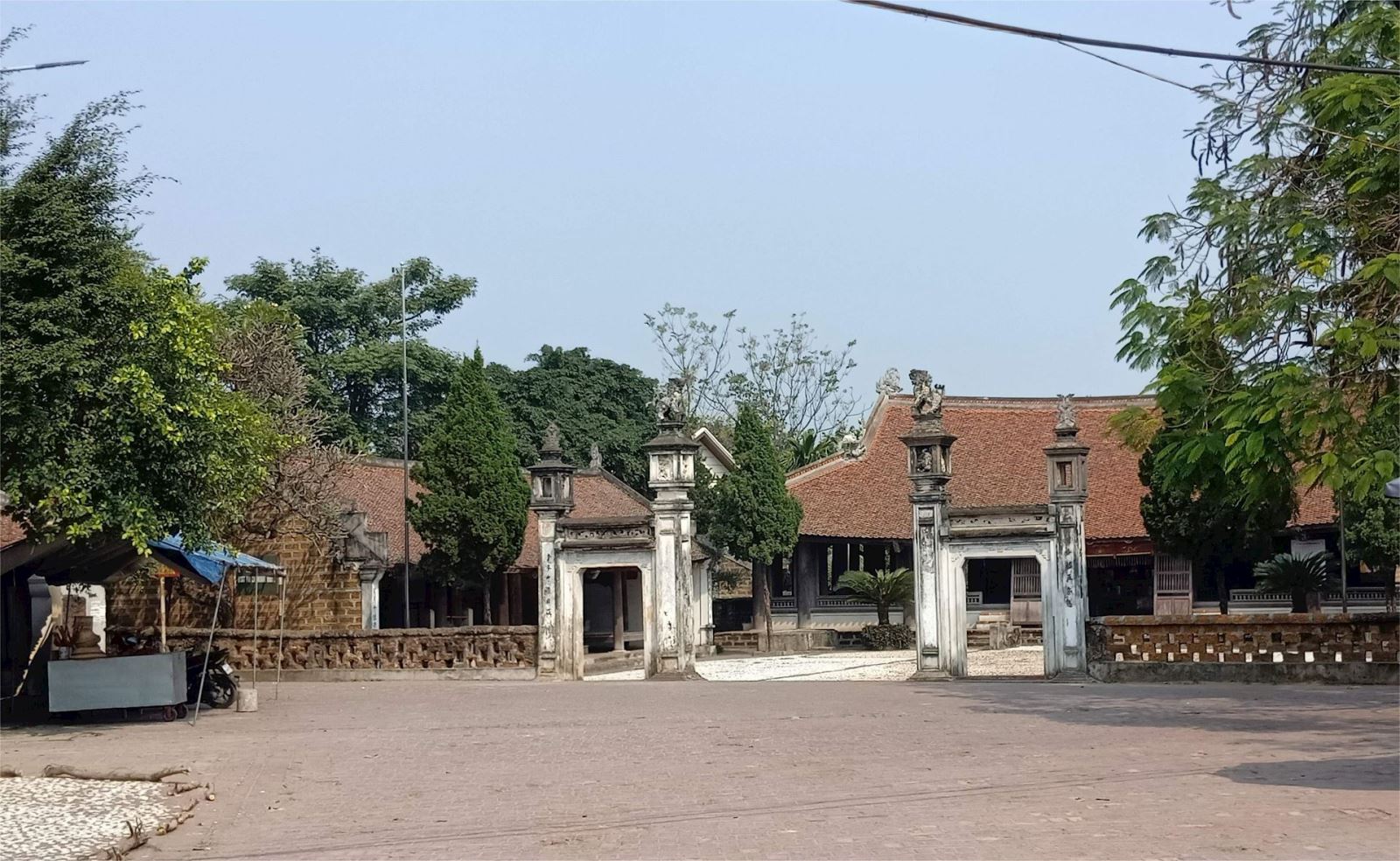
.png)